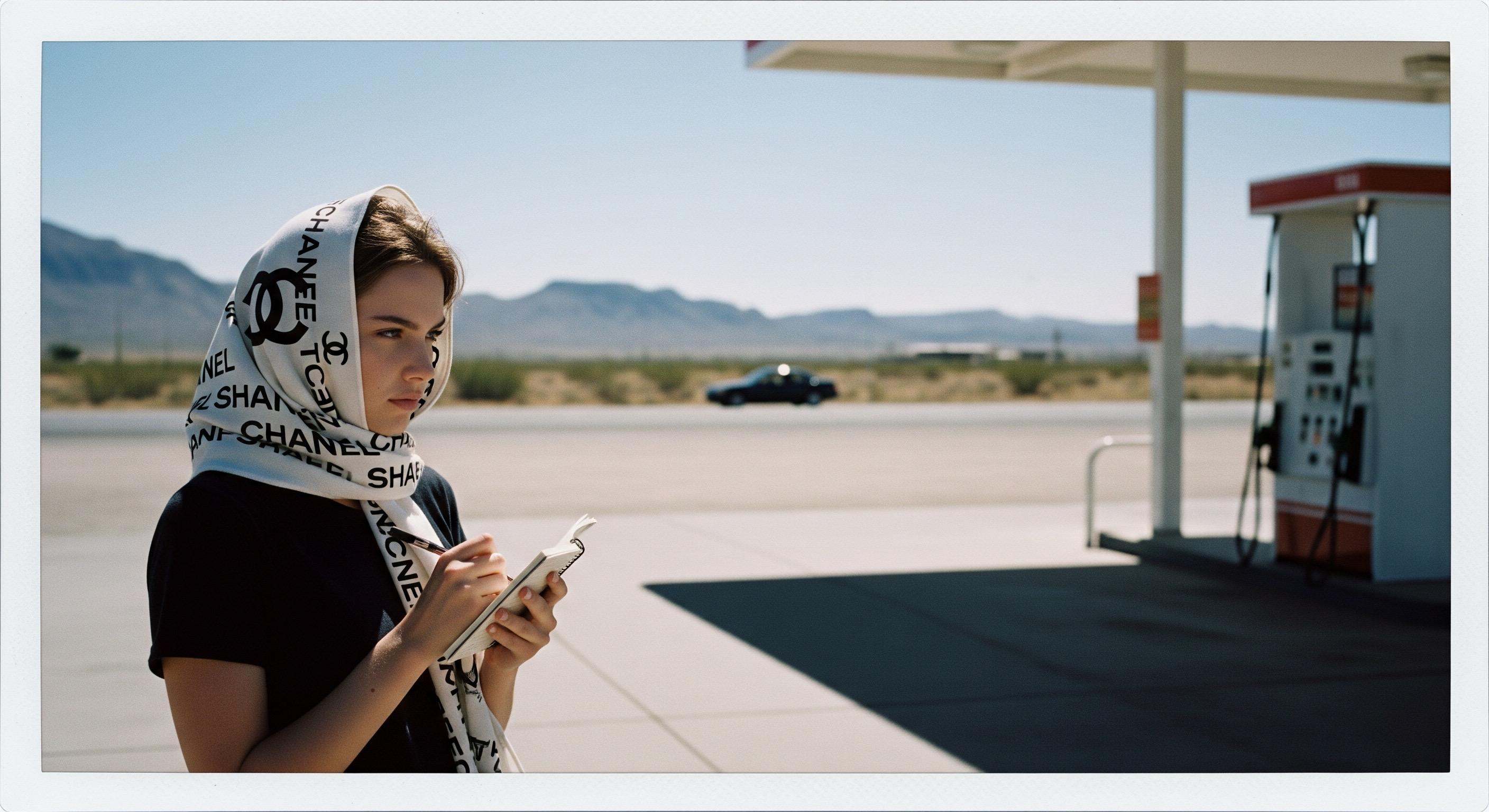I’ve already brewed my coffee, turned on Miles Davis, opened The Luxury Strategy, and started underlining the first sentence with a pencil. In the margins, I’ve already written:
“Oh, Jean-Noël… we are going to have a passionate relationship.”
“Forget about positioning. Luxury is not comparative.”(“Forget about positioning. Luxury is not comparative.” — Kapferer)

Luxury takes its time; it has time.
At noon, I stepped outside. I wore a dress of fine wool the color of caramel dust — draped at the shoulders, as if time itself were gathering into folds. Flat leather boots, nearly silent. Only a light sheen of cream on my face. I didn’t wear makeup on such days. Not for the sake of “naturalness.” But for the absence of intent. Milan breathed slowly. People walked unhurriedly, looking at each other. Someone carried a box from Loro Piana, someone pushed a stroller, inside of which lay not a dog — but a bouquet of peonies. The tram squeaked as if it were remembering its childhood. The wind carried up the scent of incense from the old church on the corner. I stepped into a café near Brera. A table by the window, wooden, with a slightly chipped edge — as if someone had once been nervous before confessing love. The waitress — a woman of about sixty, in a black turtleneck — smiled not for the tip, but because I reminded her of someone. I opened my book. Kapferer. The chapter marked with a silk ribbon. “Luxury takes its time; it has time.” And I paused at that phrase. Not as at a concept — but as at a mirror. How many times had I rushed, just to keep up. Wrote articles quickly, said “yes” before I even thought, bought dresses I hadn’t yet felt. And only now, at forty-something, have I begun to understand that everything truly mine — arrives later. Like a perfume that seems banal in the first minutes, and only then reveals a note that feels like that moment when you’re in no rush to leave. Like a man you didn’t notice at first — but then realize: his silence holds more trust than a hundred messages. Like a bag that doesn’t scream for attention, but eventually becomes an extension of your hand. Kapferer isn’t just right. He writes about the dignity of time. In a world where you’re forced to buy quickly, decide quickly, feel quickly — luxury says: “You can breathe slowly.” Not whisper “sorry for the pause,” but look someone in the eye while the silence does its work. When I finished the coffee (it had gone cold, but the taste stayed rich), I didn’t rush to get up. I just sat. Looked out the window. At the woman in a green coat with a stain from ice cream. At the boy pushing a cart of fruit, singing to himself. At the man holding a shoebox so carefully, as if inside it — a glass heart. And I thought: if luxury is the ability to be in the moment, then maybe — I have finally entered it. I read again: “For luxury, time is not pressure — it is creation.” And for the first time in a long while — I didn’t want to change a thing.

At a bar on Lafayette Street, at a window table, I pulled out “The Luxury Strategy.” Flipping pages. Underlining. There’s something ancient and ritualistic in this. As if, by underlining, I’m trying to prove to myself I’m still in the game. The pencil stops at the phrase: “Do not respond to rising demand.” In the margin I write: Jean-Noël, would you really turn down sex just because someone wanted you too much? At first I laugh. Then I remember. How two years ago, I used to call the Hermès boutique every Tuesday — exactly at 10:01, when the lines opened. And every time, I’d hear: “Thank you for your interest, but the waitlist is currently closed.” Interest. A word that essentially means: “You’re not significant enough to be let in.” One day, I finally made the list. Through someone Stephen knew, who “knew a girl at the store.” I got the bag. I got the tears too. The bag was beautiful. The leather — like a baby’s wrist. The color — etoupe, gray-beige, like something between “yes” and “no.” But inside, there was a void. And since then, I haven’t called again. Not the boutique. Not the ex. Because I realized: rising demand doesn’t mean real desire. It can be a cry of loneliness, not love.
A message from Mia pops up: “Are you going to Aline’s dinner?” — “Depends where I am on the waitlist,” I whisper to myself and smile. Then I look again at the phrase. “Do not respond to rising demand.” First — irritation. Then — sadness. And then — clarity. Jean-Noël isn’t talking about the client. He’s talking about the myth. A myth can’t be available to everyone. If the myth goes on sale — it turns into an ad banner, not a dream. But what if you’re not a brand? What if you’re a woman? What if you have become the object of rising demand? When they invite you to meetings because you’re “trendy.” When men want you because “others want you.” When they read you while you’re in the top. And then… don’t answer your emails. Because you’ve already been read. That’s the irony. You’re a brand too. Only alive. With morning skin. With girlfriends. With wool from your coat stuck to your lips. And if you respond to every “demand” — you disappear. Real luxury isn’t about being available, but about being alive when someone finally does come to you. I close the book. Dab my red lipstick with a napkin. Look in the mirror — and for the first time today, I feel I don’t want everyone to want me. I want one to understand. And wait. Even if the waitlist is forever. Jean-Noël, you’re right. You shouldn’t respond to demand. But you know… if I wanted you — you’d definitely know it.
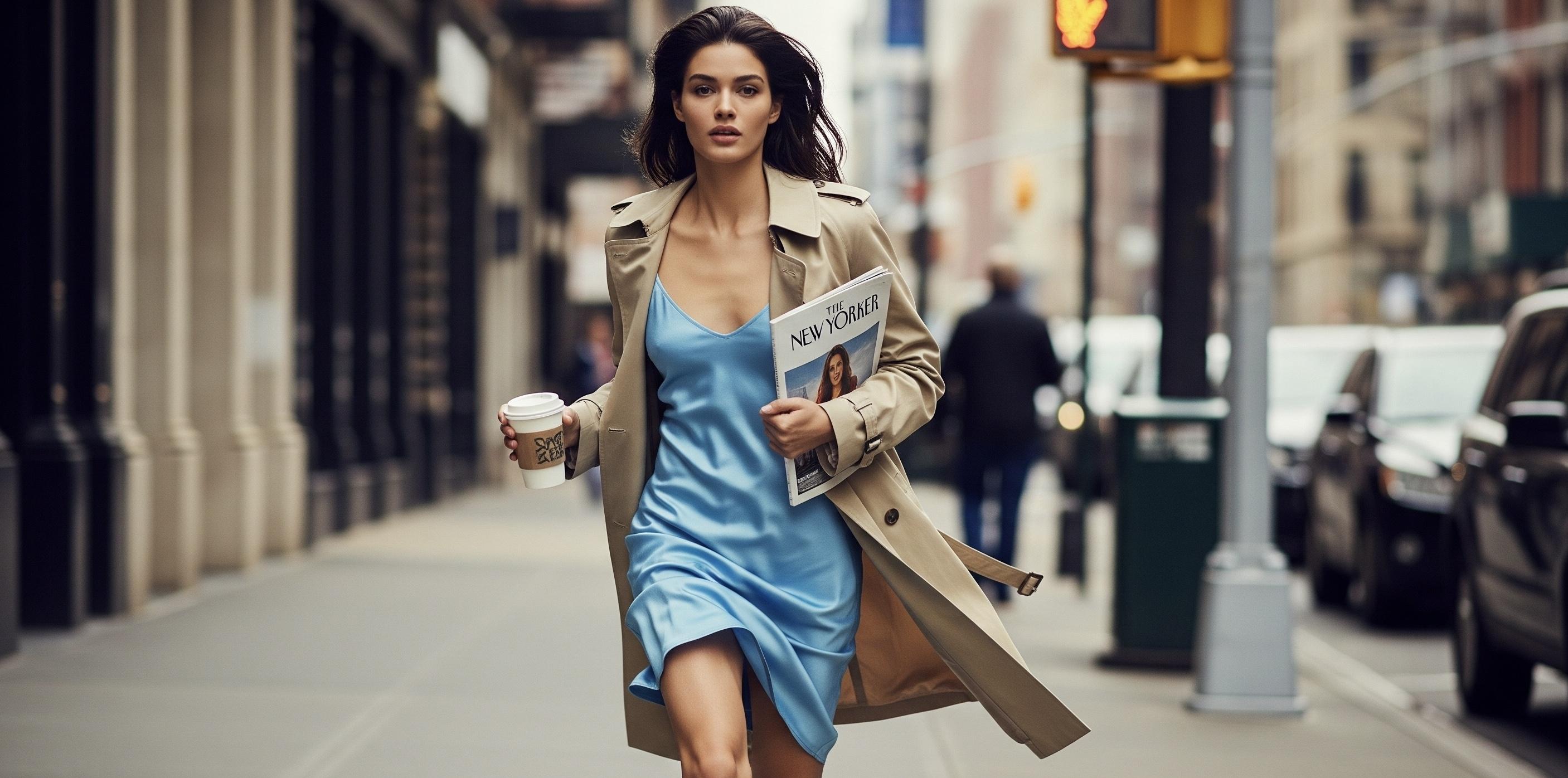
I was standing at the window, looking at the dress. It was strange. Almost awkward. With an asymmetric hem and a neckline that seemed to begin in a past life and end in the next. I sighed, remembering Barcelona — that summer when the wind tossed my hair, and my friend said, “You look like a woman who doesn’t explain herself.” That day I wore a simple dress made of thick linen, slightly sun-bleached. Cherry tint on the lips, a thin silk scarf on my neck like a trace of what was left unsaid. And just one earring. The second one was lost that morning, but I decided: let it be a story. Gil appeared behind me, peering at the dress like it was not a garment but a philosophical question. “Hmm, I don’t know,” she mumbled. “You should try it on. Or ask someone.” I pulled out my notebook from my bag, smiled and said, “Does Hermès ask anyone?” I went to the fitting room alone. Like a woman who doesn’t conduct surveys before falling in love. After the fitting room, we headed to a café. Talked about kids, apartments, investments in AI. I stayed quiet. Then pulled out my worn-out copy of The Luxury Strategy, found the right page, underlined with a pencil, and read aloud: “Do not test.” And added, “Because luxury is a prophecy. Not a referendum.” “But what about feedback?” asked Aline, tossing her hair back. “Feedback is for brands that don’t know who they are,” I answered, looking at my own reflection in the window glass. “And do you?” Aline leaned toward me, as if my eyes could be a screen for her answers. I paused for a second. And for the first time that day, I felt: yes. I do. I remembered a man. The one who, before every date, would ask: “Are you sure you want Japanese food?” “Will it be okay if I wear jeans?” “Tell me if anything’s wrong — I’ll adjust.” He was… perfect. And unbearable. There was no risk in him. No shape of his own. Only reaction. Like brands that use focus groups instead of creating the future. True luxury is not about being liked. It’s about offering — without asking for permission.
I remembered those sandals. The ones with the absurd bow, the unstable platform, and the price tag that made my card tremble. Aline had said: “Are you sure?” I said: “No. But I’m in.” And that night, when I walked down Broadway, people shouted: “Goddess!” “Where are those shoes from?” “You walk like you rule this city!” And that wasn’t the result of testing. It was the effect of belief. I reread: “Testing means that the decisions of the luxury brand are subject to the taste of the consumers.” And I thought: Jean-Noël, what if a woman is a brand? Then every time she asks, “Tell me what’s better,” — she loses her shape. I came home, took off the dress, hung it over the back of a chair. It was strange. And I knew — no one would’ve picked it in a vote. But tomorrow, I’ll wear it. Because true luxury isn’t consensus. It’s presence without apologies.
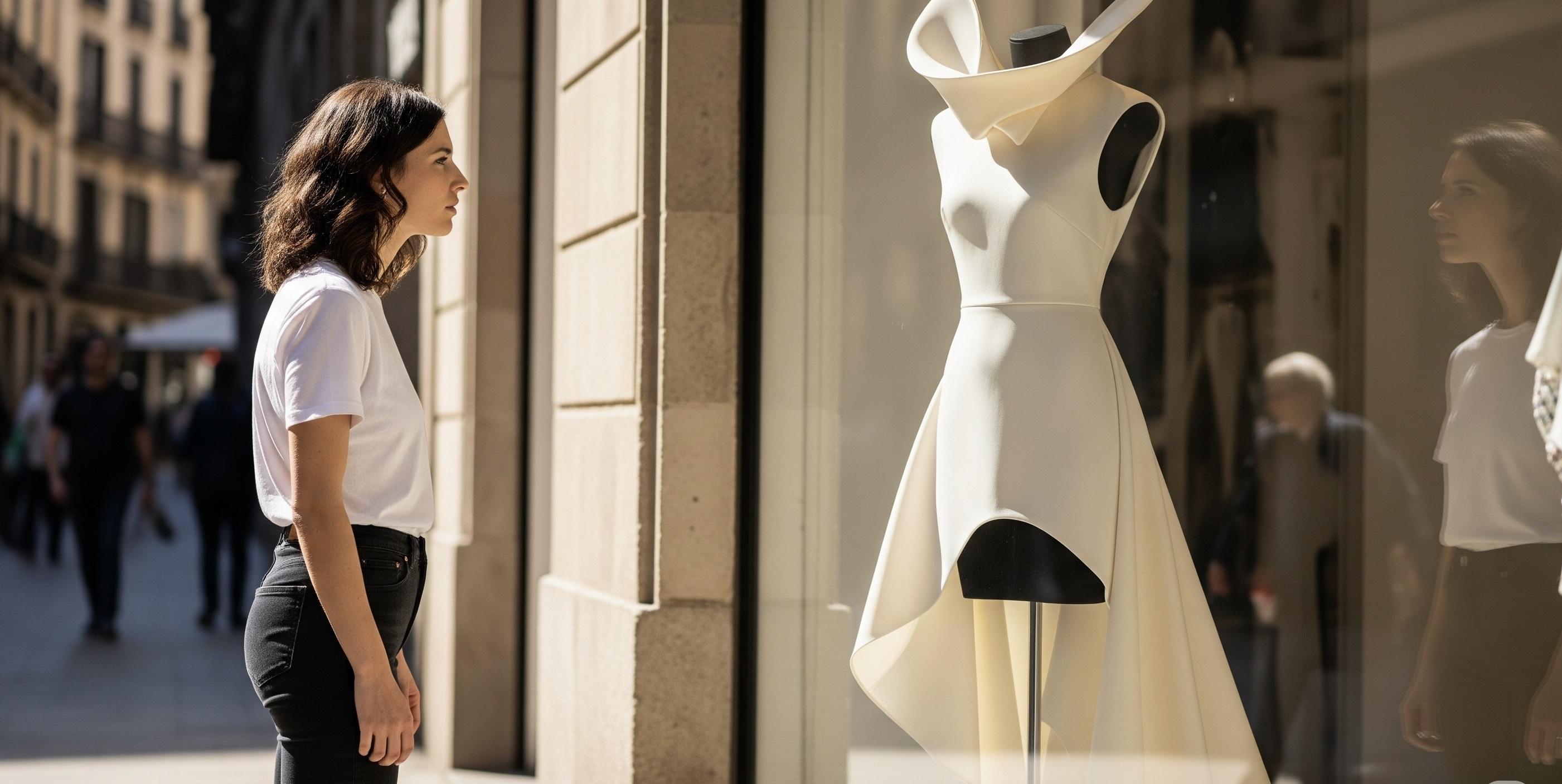
The class started at seven. I arrived without a partner, but with a book. Kapferer, in a worn leather sleeve, still lay at the bottom of my bag — somewhere between perfume, a lip pencil, and a useless Louvre ticket. I pulled it out, opened to a random page — and as if by chance, I heard: “Luxury brands are built on a long-term time frame… managing short-term profitability while preserving long-term desirability.” I circled the phrase with an old pencil that barely writes anymore, but I keep using it to underline things. And I thought: isn’t that exactly how we women live? We build ourselves for years ahead. But we must be desirable — every single day. Even when our stomach aches, even when we don’t feel like talking. Even after we’ve just cried. Or the opposite — when we’re so happy we don’t fit inside the frame. Still: be desirable. And at the same time — profitable. My partner turned out to be surprisingly young. There was something soft and steely in him at once. He held my back like he already knew how it needed to align, and his touch wasn’t a touch — it was an offer. I felt ashamed. Not because of the closeness — but because of how long it had been since I’d felt in sync with someone’s rhythm. Tango is about listening. Not to the music. To the other. His spine. His pauses. His softness. And everything he won’t say, but that still speaks. I could hear his palm tremble. How he lightly squeezed my fingers when stepping forward. How his breath shifted when I guessed the move. And at some point — I realized that the body, too, is rhetoric. Not a body for the sake of body. A body as a statement. As a letter. As a brand built over years but sold in three seconds. The first glance. The first step. The first dance. I remembered my first Dior bag. Not because it was expensive — but because I didn’t know how to carry it. I slouched, I held it tight, I was embarrassed. I didn’t feel worthy. And one day, my then-lover said: “You have to carry it like it’s an extension of you. Not something you’re hiding.” Tango is the same. If you carry yourself like a mistake, you won’t land. But if you dance yourself — you’ll be remembered. I stepped back. Then forward. Then sideways. And suddenly — I wasn’t thinking. I was just being. And my partner — was no longer a stranger. We didn’t ask each other anything. But we said everything. Through pauses. Through the weight of a hip. Through a gaze that demanded no reply. That was luxury. Not the dress. Not the lesson’s price. But the fact that I was seen — and I was seeing. Without voice. Without a post. Without validation. And I thought: Kapferer, what if brands aren’t objects? What if they’re relationships? Maybe a luxury brand preserves its desirability not because it’s rare — but because it’s recognizable. Like a touch. Like an intonation. Like a dance. We danced for twenty minutes. I don’t remember a single step. But I remember how he held my hand at the very end. And how long we stood there before letting go. After class, I stepped outside. It was warm, but not hot. The wind touched my cheeks like wine touches the tongue. The streets felt washed, fresh — like after tears. On the corner, someone was selling roses. Red, like lips in a bad film. I bought one — just because. Not for anyone. For myself. I walked slowly. Didn’t feel like talking. Didn’t even feel like thinking. Just walking, as if my body was still dancing and my thoughts were lagging behind. Kapferer’s book was in my hands again. I opened it to the same page. Still about desirability. About time. About profit. And suddenly, I felt a sting: what if I am a brand too? My style. My voice. My fears. My desires. And the way I come back — after defeats, after broken heels, after betrayals. What if my soul is a long-term strategy too? We earn short-term profits sometimes, don’t we? Relationships we don’t want to be in. Roles that exhaust us. Masks we’ve long wanted to take off. We play the “good girl” for approval. We settle for less — just so we’re not alone. But inside, the same question keeps burning: what will be left when all this has been consumed?I remembered a friend who once told me how she left her husband. She didn’t cry. She was ironing his shirt when it hit her: “I don’t want to be this woman. Even if it’s comfortable.” She didn’t scream. She didn’t make a scene. She just packed a suitcase. And later she told me: “I thought I was dying. But it turned out — it was a renaissance.” And brands — they die too. And are born again. Like women. Like desires.
I sat on a bench by the square. My overnight bag at my feet. The rose — on my knees. People passed by. Couples. Students. Someone carrying a cake. Someone — a parrot in a cage. And I suddenly realized that in that moment — I needed nothing. Not love. Not an object. Not a text. Just to be. And maybe that’s how true luxury is measured: in the ability not to strive. Just to stand. To listen. To be — and to know that you are worthy. Not because you have something. But because you are. I pulled out my old pencil. Underlined the word “desirability” in Kapferer’s book. And wrote in the margin: “I am desirable not because I perform, but because I remain.” And maybe — that is my most honest brand.

It smells of salt and wine. A man cleans fish; a woman cleans her nails. And there’s more aesthetic in this than in any boutique.
I move on. Marseille is not about comfort. Marseille is not a bag with a guarantee. It’s rough, complex, sometimes dangerous. But at least it’s real. And suddenly I understand why brands are afraid of the truth: because truth is not for everyone. Truth is verticality. It’s when you don’t sell, but wait until you’re recognized. You don’t explain — you give a chance to guess. And you don’t say “you suit me” — you just open the door. Or not. I read Kapferer again and smile. At this moment, I am not a brand’s customer. I am a conversationalist. A woman who holds a book like others hold an oyster: not to prove anything, but to feel — and dissolve in taste. I didn’t want breakfast, but the oysters jumped into my eyes themselves. They lay on crushed ice like jewels without settings. Behind them — an old man in a jacket stained with salt and, probably, lives. He looked at me and didn’t ask what I wanted. He just opened the shell. As if he knew. I ran my finger along the inside of the shell. It was smooth, cold, like touching someone’s shoulder blade under a shirt. In that moment, everything disappeared: the market noise, the stomping of boatmen, even Kapferer in the bag went quiet. “Luxury is not a product. It is the suspension of time,” I thought. I brought the oyster to my lips and paused. For the first time in a long while I felt how the body becomes a stage. How desire is not explained — it happens. The taste was metallic, marine, a little like a tear, a little like semen. And I thought: maybe that’s why oysters are an aphrodisiac? Not because of chemistry, but because of the intimacy with which you take them inside. The old man handed me a second one. I nodded. Then a third. I didn’t say a word. In that, there was power. And taste. I wiped my lips with a Dries Van Noten handkerchief — linen, embroidered. The corner was slightly in lipstick. It reminded me of a man I didn’t invite, but who stayed in my bed for two mornings too many. Marseille knows how to hold. But it never promises to stay. I opened the bag. Kapferer — with a folded corner. The page smelled of tobacco, damp wood, and my perfume — L’Ombre dans l’Eau. I read again: “It’s not about pleasing everyone—it’s about seducing those who recognize its codes.” Yes, baby. But I’m a brand too. Only my code isn’t promoted on Instagram. It is recognized — by the body. By the gaze. Through salt. Through how I refuse to smile if I don’t want to. I write in the margin: “Seduction is not when you’re liked. It’s when someone is willing to stay, even if you don’t invite them.” In a nearby café — a woman with a tattoo on her collarbone. A light dress, as if sewn from a curtain. She drinks red wine, eats sea urchin, and holds the fork like a stylus. I can’t look away. She’s not ‘chic’. She’s real. And I envy that truth. As I was leaving, one of the fishermen threw a basket with an octopus into the water. I heard the splash. And there was a strange, tender sound in it: not of falling, but of release. I walked along the promenade, where seagulls screamed as if tearing into confession. On a wet stone lay a broken comb and a yellow button. Everything here was slightly out of place, slightly discarded — but nothing lost its form. Even the trash looked like props for a still life. I paused for a second to put on my glasses. In the reflection of a shop window, I saw myself. Eyes slightly tired, hair smelled of smoke from the oven where they baked fish. And for the first time, I didn’t want to change anything. I’m not beautiful, I thought. I’m valuable. And let Kapferer write that luxury is a code for the chosen. But I think: Luxury is when you allow yourself to be unchosen. Let the Dior boutique open over there, in the center. And I will stay here, on the edge. With salt on my fingers, an oyster inside, and a pencil-written note in the leather case. Because everything I feel now — is not a strategy. It is eternity.
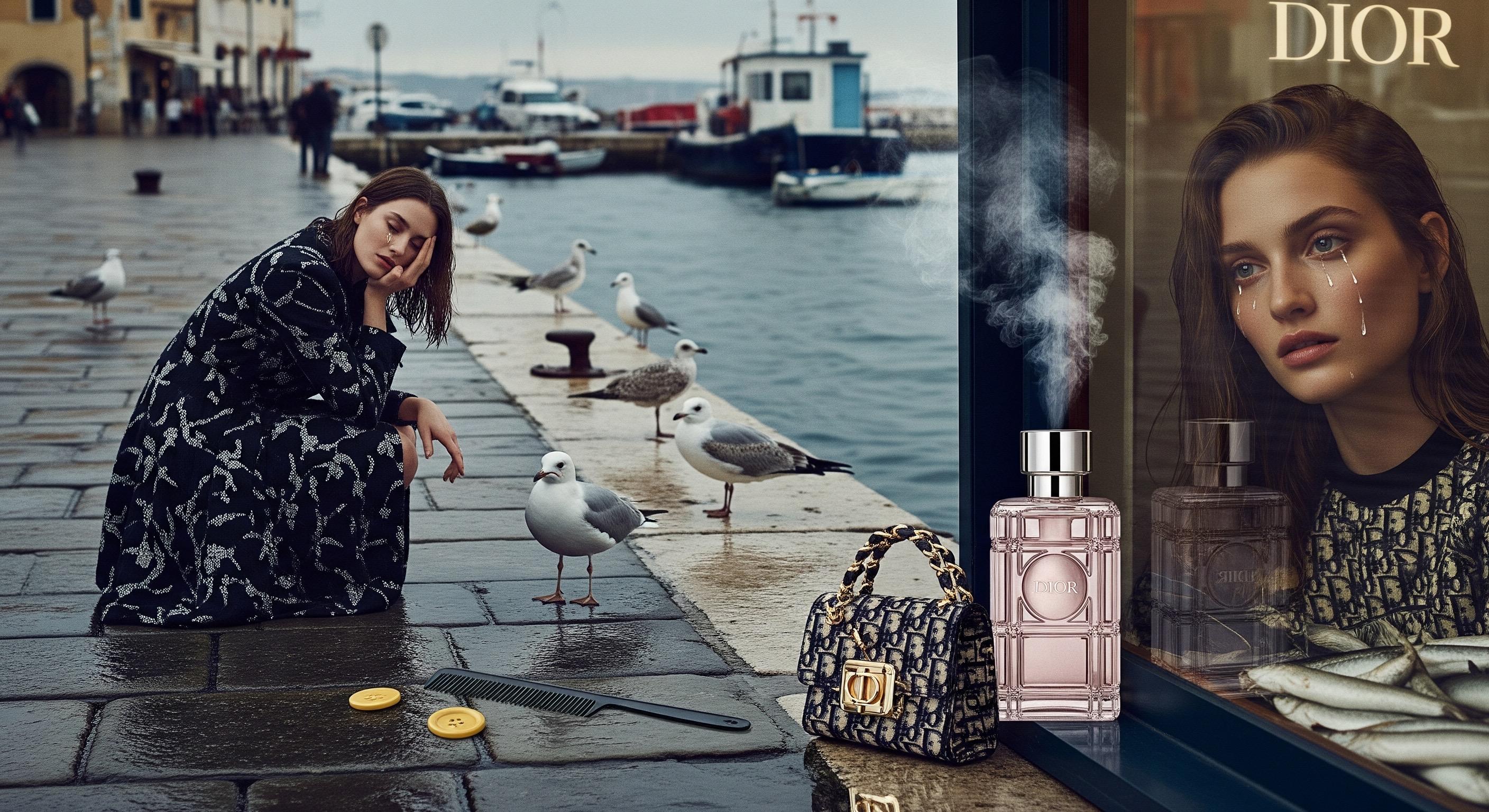
Esthétique de Marseille
Episode 7. The Editorial Office Meeting. Someone’s talking about ROI, and I stand up and quote Kapferer.

Episode 8. Saint Petersburg, the Hermitage Hall
I’m standing alone in front of the portrait. And in this scene—there’s so much silence that I don’t need a narrative.
I arrived in Saint Petersburg under a snowfall that felt ancient, as if it were supposed to fall slowly so as not to disturb the frame. Everything here seemed part of a set design—even the driver who met me by the Moika looked like a character from Chekhov, with eyes reflecting the treads of war and the brake lights of an empire. I stayed in a room with a balcony over the Neva, in a hotel that smelled of parquet lacquer, chokeberry tincture, and powder someone had sprinkled into the air in 1983 and never cleared away. It was chilly, as it should be in a city where even candelabras stand their ground stubbornly—like ideas no one has managed to cancel. I pulled out my worn copy of Kapferer, from which fell an old bookmark—a scrap of paper with a phone number scribbled on the back of a boarding pass from Zurich. I think it belonged to a jeweler who once told me on a flight that there would be no more diamonds. I smirked and, as always, took a pencil out of the Chanel lipstick case—the same one that smells of vanilla and crumbs of longing. I underlined the sentence: “For a concert pianist, the money received for playing is not enough. What the pianist also wants (and even wants above all if the person is a true artist) is the public’s applause.” And I thought: what about a writer? The kind who lives in New York, in a house where the fireplace sometimes burns not letters, but ideas that didn’t survive the morning light? Sometimes it feels like I’m performing too. My stories are solo piano pieces, and each time I walk onto a stage where the audience doesn’t applaud—but scrolls. Where ovations are replaced by reactions. Where every like is like a dry cough from the back row. And yet I go on. I write like a pianist plays: even if the keys have lost their varnish and the hall is full of ghosts.
I went to the Hermitage the next morning. It was Friday, and the city was wet with melted decadence. My boots clattered on the pavement, and I suddenly remembered a man in Paris who said you could tell by the sound of a woman’s heels whether she was walking toward art—or away from it. I said nothing then, because I didn’t know the answer. Now—I do. I was walking toward it. In the Hermitage courtyard it smelled of stone dust and a hint of marmalade—perhaps an illusion, but I like when museums smell like childhood. I ascended the grand staircase slowly, as if climbing not steps, but notes. Inhale, exhale. Inhale—Rembrandt. Exhale—Velázquez. Everything was too real to breathe fast. I found myself in a portrait hall. One of the portraits—a male one, strict, measured—stopped me. I didn’t remember the artist’s name, but the man’s gaze was the same as my first editor’s: he looked at you like a text that isn’t ready yet, but might become a masterpiece. And I stood before him like a pianist before a score: slightly guilty, slightly defiant. And very alone. In that moment I understood: it doesn’t matter how much you earn from a book. It doesn’t matter if the rights were bought in Japan. It doesn’t matter how many times your text was quoted in magazines no one finishes. What matters is that someone—even just one person—stands in front of your portrait and feels that strange blend of reverence and aching closeness. What matters is that someone, having read your story, suddenly remembers the smell of their grandmother’s bedroom or the sound of that one kiss in a kitchen in April. That’s applause.
I sat on a bench, placed Kapferer beside me, and pulled out a notebook. Not for notes this time, but to give myself permission to just be a viewer. I watched women pass the paintings—in furs, on phones, with children on leashes. Some paused, froze, took pictures. But there was one—with grey hair and a navy scarf—who didn’t photograph anything. She just looked. And in her gaze I saw the silent ovation Kapferer once wrote about. Later, at a café across from the museum, I ordered coffee and gooseberry tart. At the next table sat an old man with an accent, leafing through a newspaper and muttering: “It’s not about the price… it’s about the silence after the purchase…” —and I didn’t know whether he meant money or love. I thought: maybe everything in my life is a sentence from Kapferer. I don’t sell a text—I sell the experience: the path to it, the way it’s read, the shadow it leaves behind. On the way back to the hotel, I passed a bookstall. A woman was flipping through postcards. I imagined someone someday flipping through my stories the same way—as postcards from cities they’ve never been to, but feel in their skin.
In the room I lit a candle and opened the book again. Kapferer, as always, was beside me. On the cover—a pencil mark, in the margins—a teardrop from the Rome airport. I wrote:
“Today I stood in a hall full of art and for the first time felt like part of something eternal. Not because I am talented. But because I know how to feel. And to share that feeling.”
And maybe, just maybe, that’s what applause really is. I hadn’t noticed how the snow outside had started falling again—not the kind for postcards, but the kind that drifts down in weary flakes, like memories you’re no longer sure about. I think I’d been sitting in that armchair—by the window, across from the fireplace grate—for hours. My shadow remained in the Hermitage: watching, absorbing, leaving a faint trail of perfume in the air—a mix of tobacco, cedar, and book. I don’t know exactly where I learned to leave scent where a thought once was. Maybe it’s just a style. On the nightstand lay three things: my phone, with notifications turned off; an old issue of Numéro, bookmarked with a napkin from Café de Flore; and Kapferer’s book, its spine worn and stained with cherry sauce from Madrid. I always carry it with me. I don’t know where my diary ends and The Luxury Strategy begins. Sometimes I feel like I live as a footnote in his book: “see also page 83, if you want to understand why you’re still in this industry.”
I remembered a moment from the Hermitage—when a child, maybe six years old, suddenly stopped in front of Catherine the Great’s portrait and said: “That grandma was important, right?” His mother laughed. I didn’t. I thought: what about me? Will I ever be on a portrait someone stops in front of and understands that to be important doesn’t mean to be famous? It means to be heard. Even if your voice is in a book no one finished reading. I know women who buy €10,000 handbags but are afraid to ask for a raise. And I know those who live in one-room flats facing construction sites but look at themselves in the mirror like icons. That too—is luxury. Luxury as inner verticality. As the posture you maintain even when walking in heels over February ice. I stepped out for a walk. Nevsky Avenue was full of headlights, and each car looked like a candle flame on a birthday cake that no one celebrates. In the bookstore window I saw my reflection—ankle-length coat, cashmere scarf, a gaze carrying the phrase: “don’t rush yourself.” I went inside, and the elderly bookseller asked, “Can I help you with anything? “Yes,” I said, “can you tell me how to stop doubting that I’ve earned my applause?”
He smiled the way only people can who have lived through both gourmet shops and grand operas. On the shelf stood a book titled The Art of Being No One. I thought: isn’t that, in essence, real freedom? When you could be anyone—but choose to be yourself. Even if yourself means a woman who writes pieces that are only read at night. A woman whose bag holds a plane ticket to Tbilisi, a perfume with a heliotrope note, and an old letter from her mother that says: “You’ve always known how to stay whole. When I returned to the hotel, the door to my room looked taller than it had in the morning. I felt that I had become heavier today—by a few grams. A few grams of light that stayed in me after the gaze of that woman in the gallery. A few grams of pride for not cutting out the hardest parts of the text. A few grams of guilt—for still thinking about him, the man from Montreux, who once said to me: “You want love, but you want to be paid for it.” I laughed then. But now—I understand. Maybe he was right. Maybe we all want applause, but only a few are honest enough to admit it.
Before bed, I opened Kapferer again. This time—a page where he writes about brand power. About how a brand shouldn’t respond to demand, but shape it. And I wrote in my notebook: “What if I’m a brand too? But not a product. A resonance. I don’t sell myself. I resonate. If someone hears me—they’ve bought me. The rest—just passed by.”
That was my last night in Saint Petersburg. In the morning—a flight to Zurich, then back to New York, to my townhouse. There, a room waits for me where everything is arranged like a score: fireplace, books, a hat stand, a window overlooking a park where April is already blooming. But now—it’s February. And I’m here. Alone. With the silence echoing with halls, portraits, and a single sentence: “Applause is a currency too. But not everyone knows how to cash it in.”
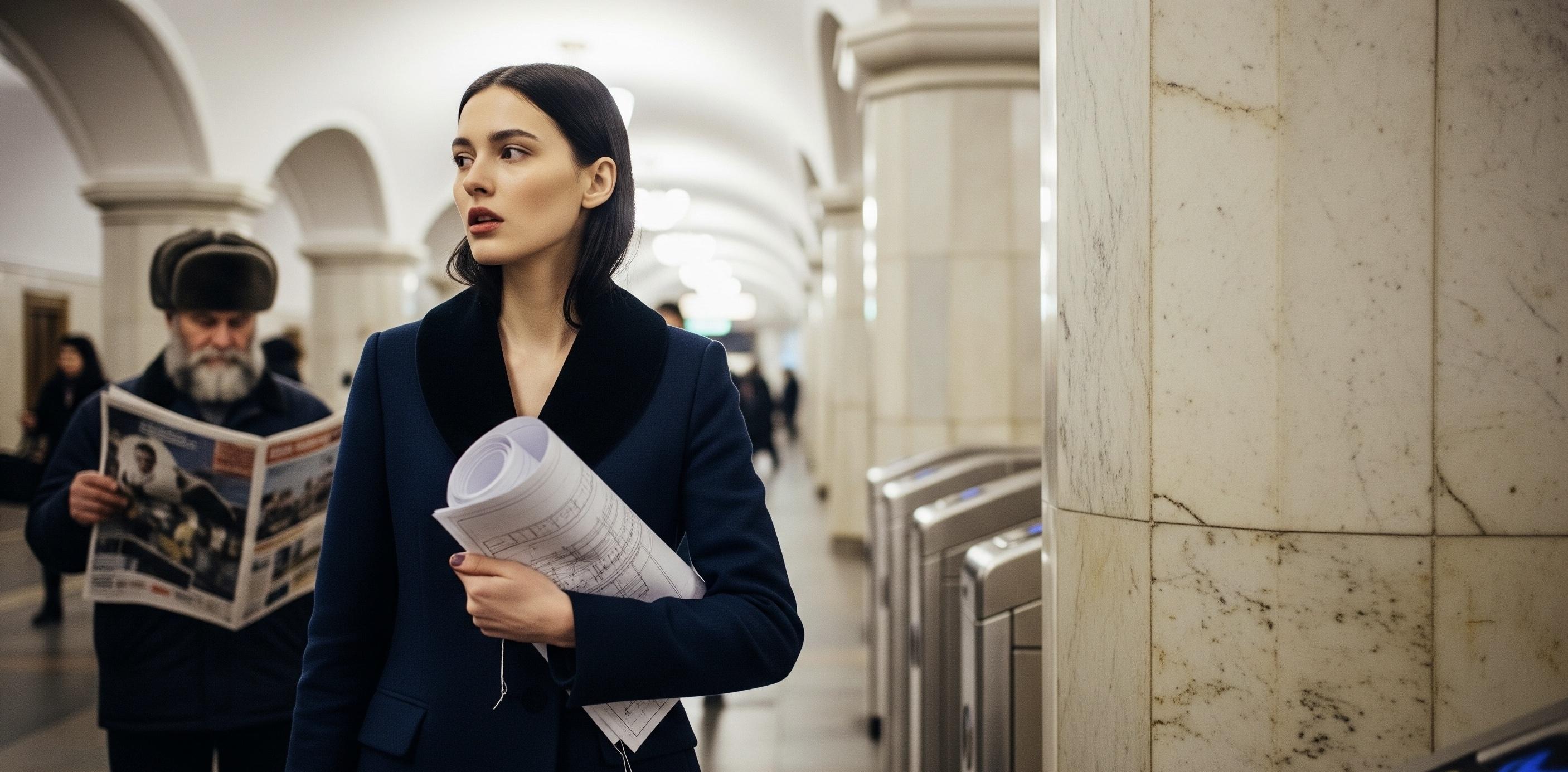
Episode 9. “Luxury events are so desirable that celebrities secretly hope they will be invited.”
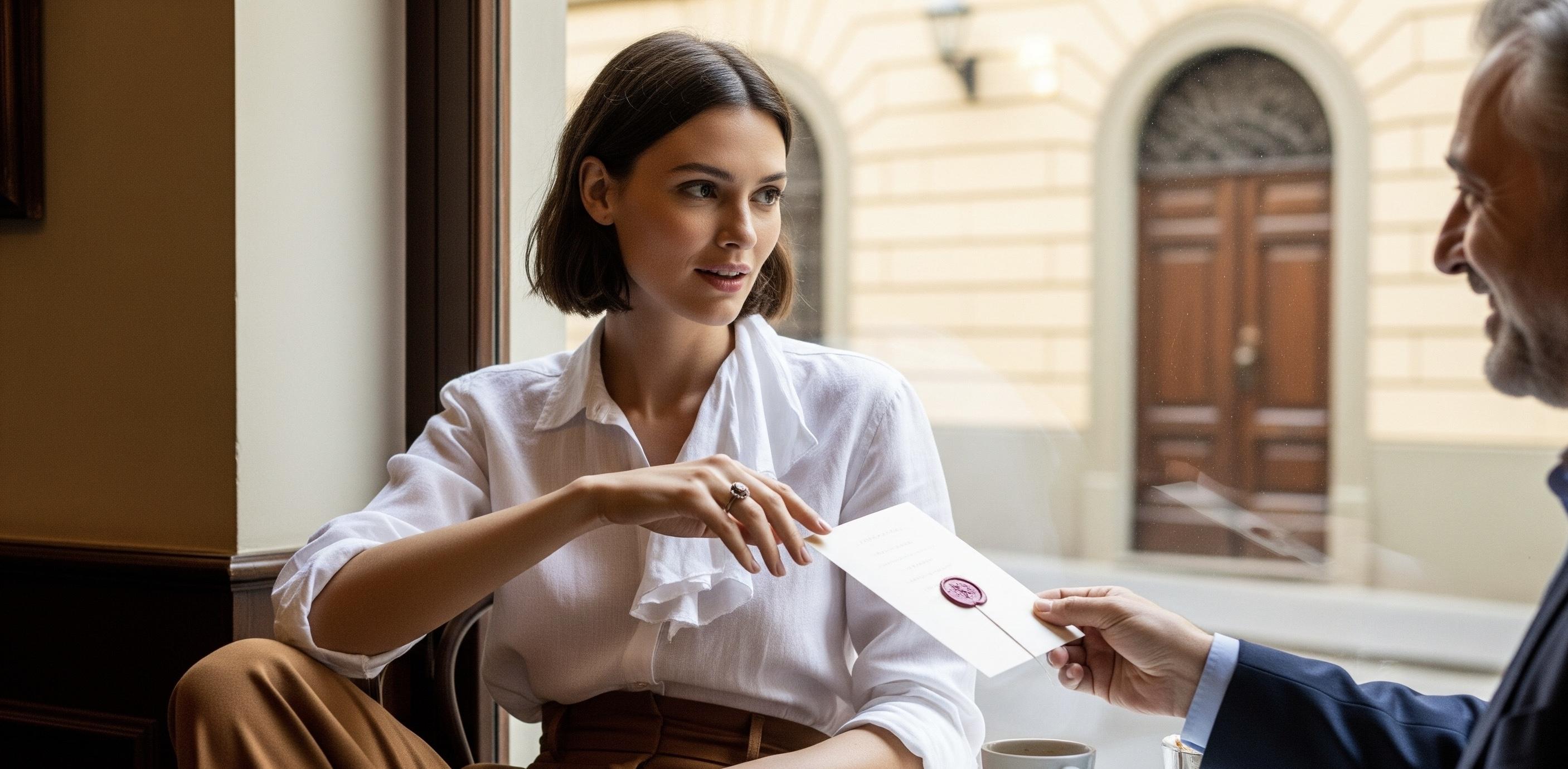
Luxury is about being, not about having. The key word is dream, not need

Episode 11. "The Name No One Hears Anymore." Kapferer’s quote: “The most serious risk is external: the greed of shareholders trying to ‘squeeze the brand dry,’ pushing it beyond its legitimate territory… This is death by dilution, diffusion, or evaporation of the brand's content… All that remains of luxury is the name. Everything else is just a badge.”
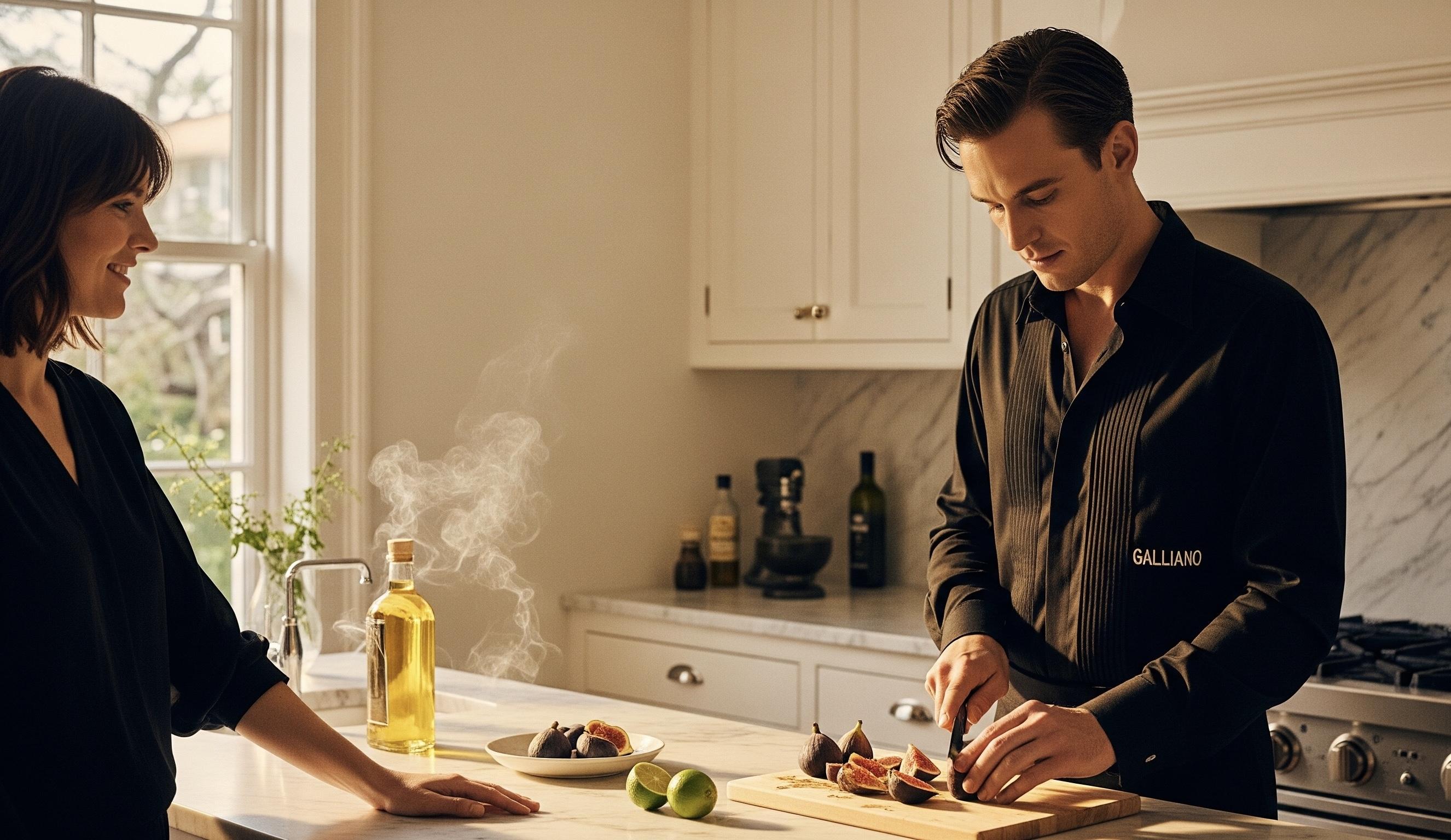
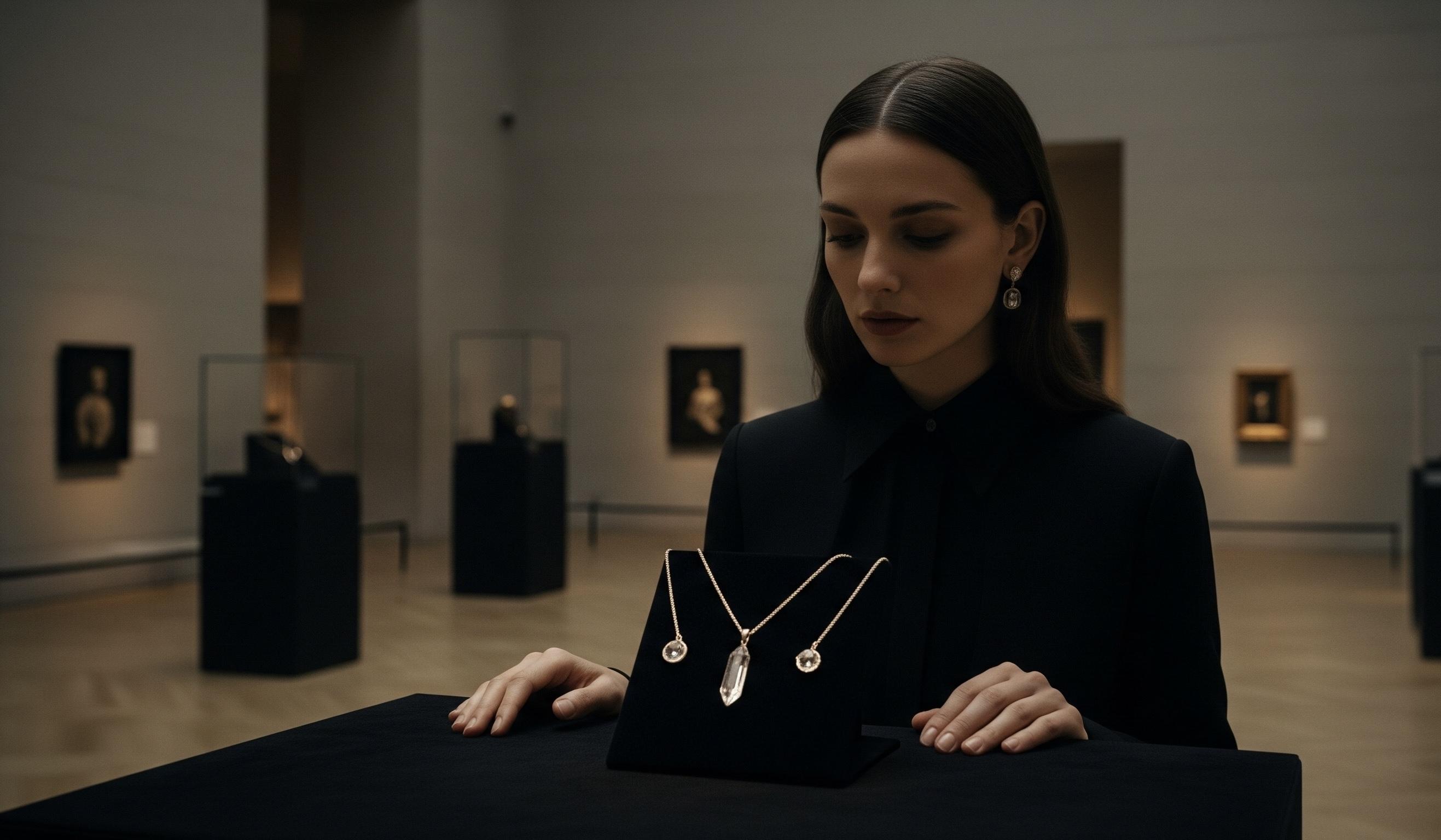
Episode 13. These religious roots are still alive: luxury is always about elevation.” — Kapferer.
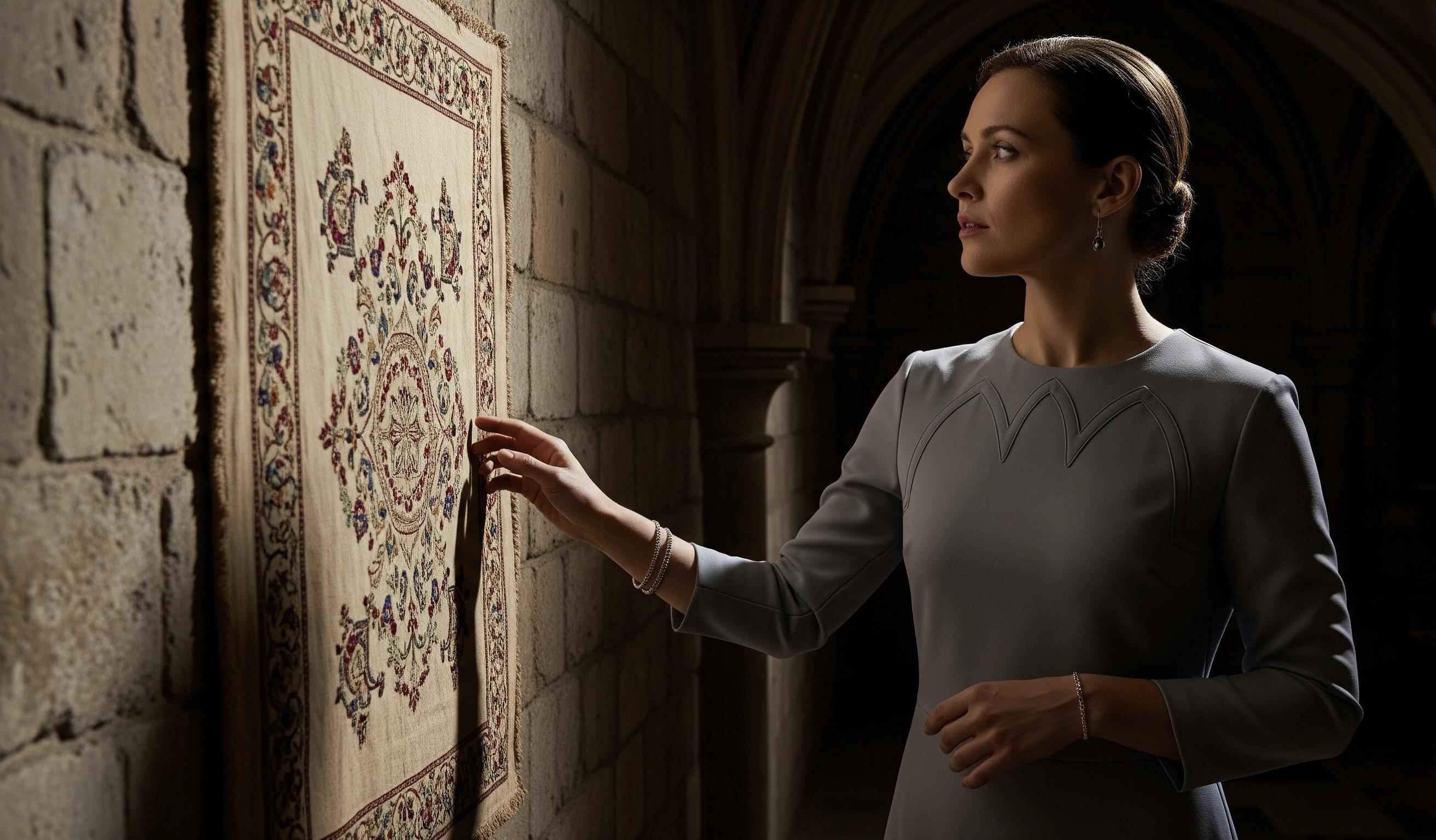
Episode 14. Luxury is about being, not about having. The keyword is dream, not need.”
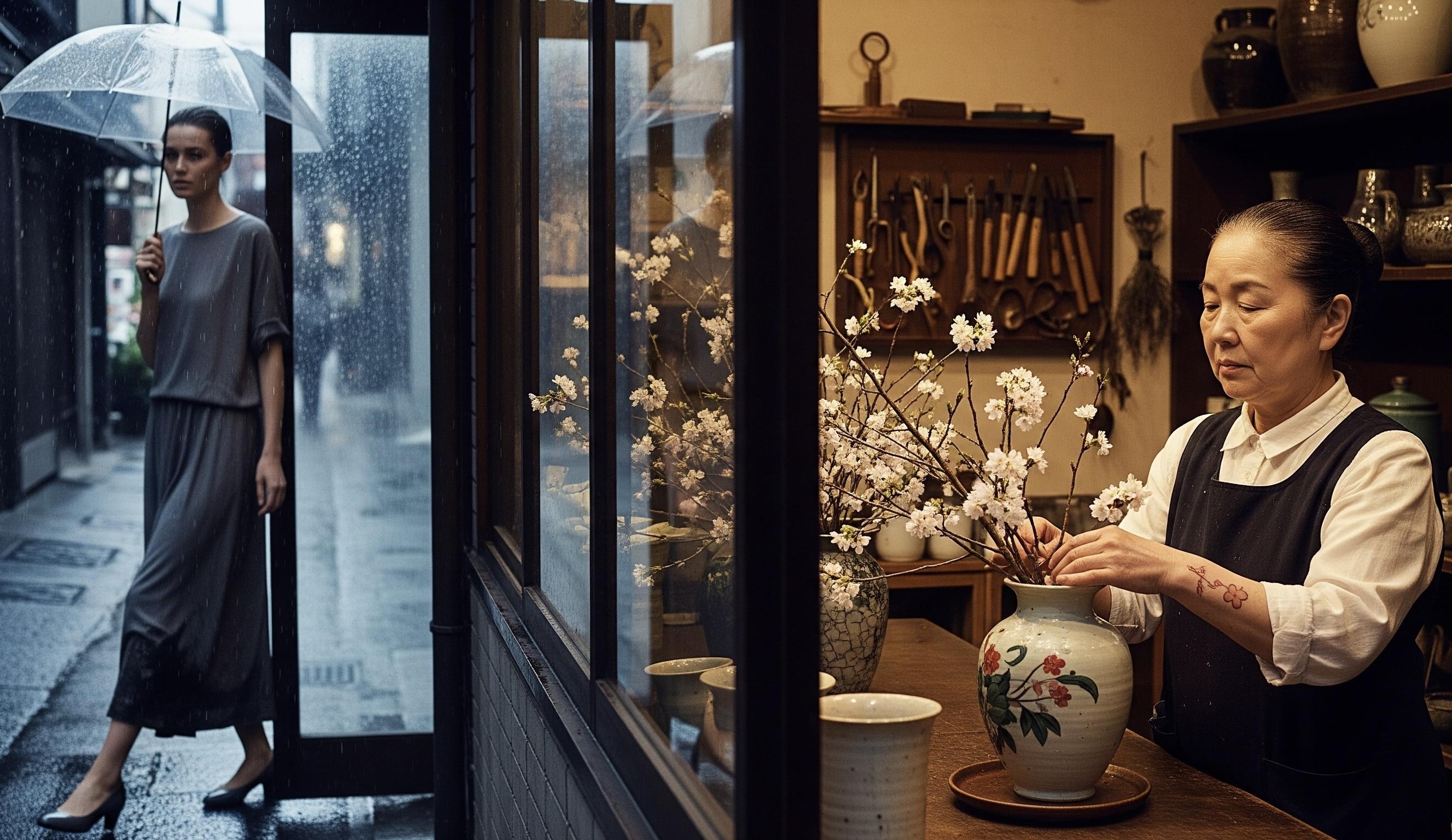
Episode 15. Luxury is the measure of oneself. Luxury is also the measure of the moment.”

Episode 16. A luxury brand should radiate the highest degree of care.
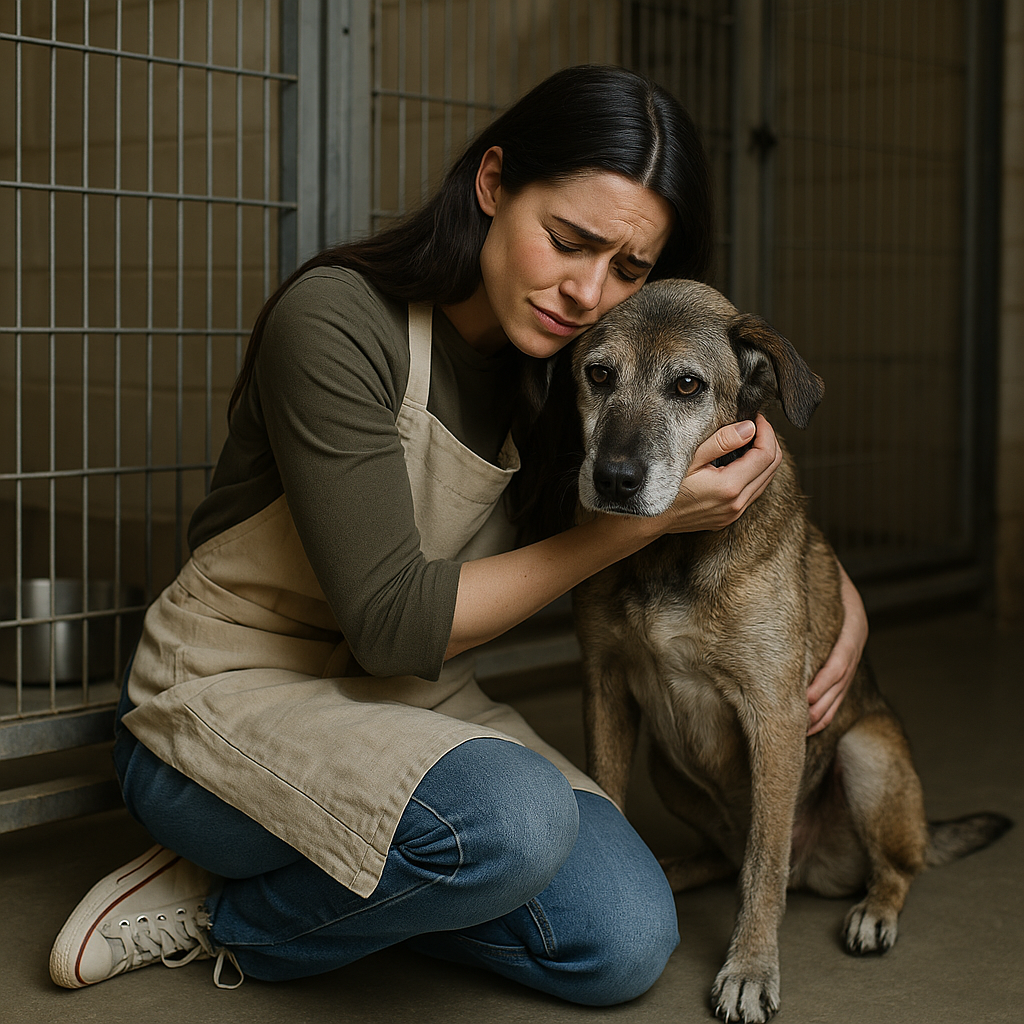

Episode 18. Many people talk about luxury without knowing what it truly means. Some believe that luxury is the opposite of poverty. Others, that it is the opposite of vulgarity.
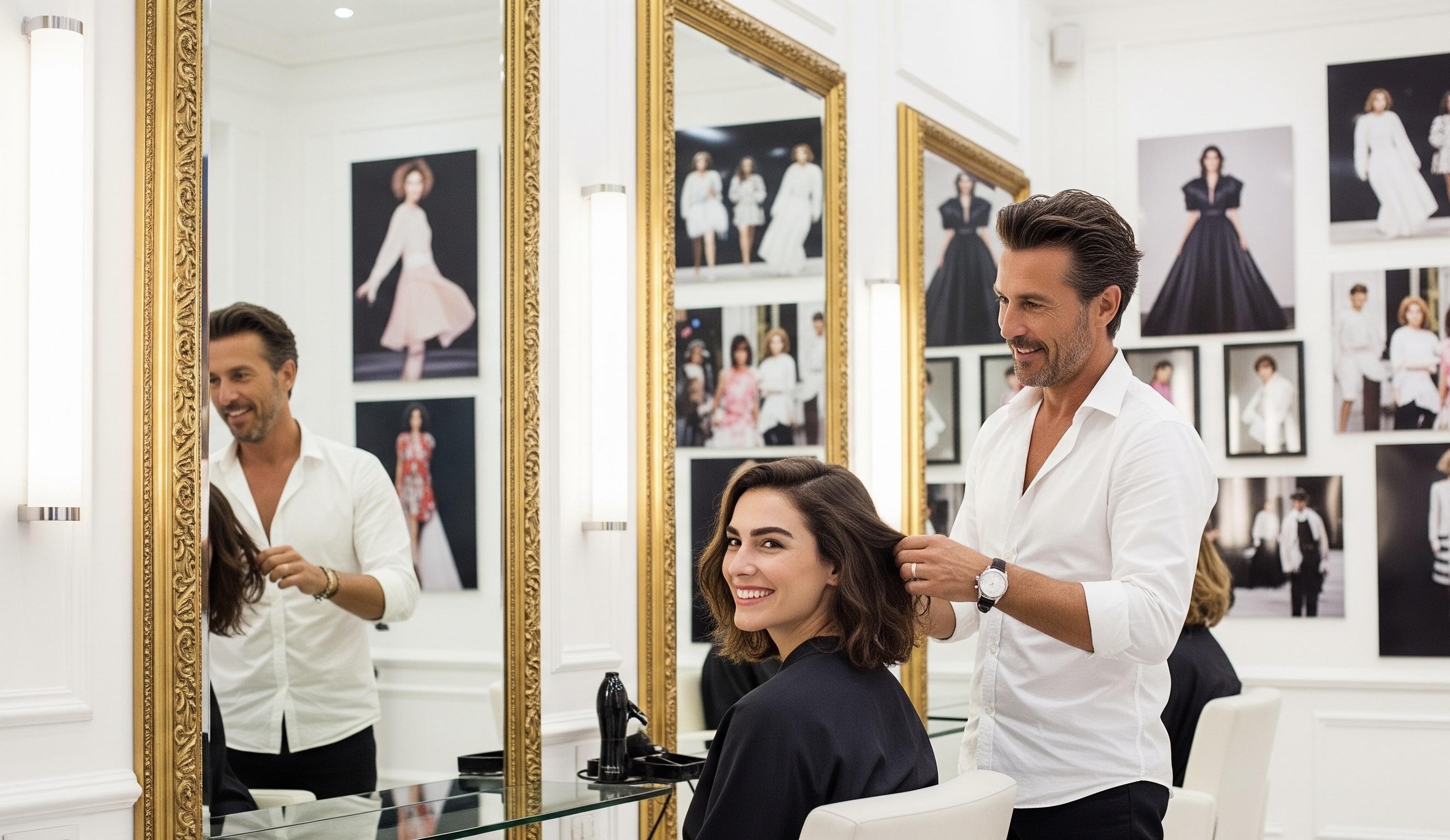
Episode 19. "Luxury doesn't belong to the world of the 'useful.'"

Episode 20. Money is the language of society, and luxury is its grammar. To speak is not yet to be heard. You can buy a glass of wine, but you won't learn how to hold a pause if you don't have the discipline of silence within you.
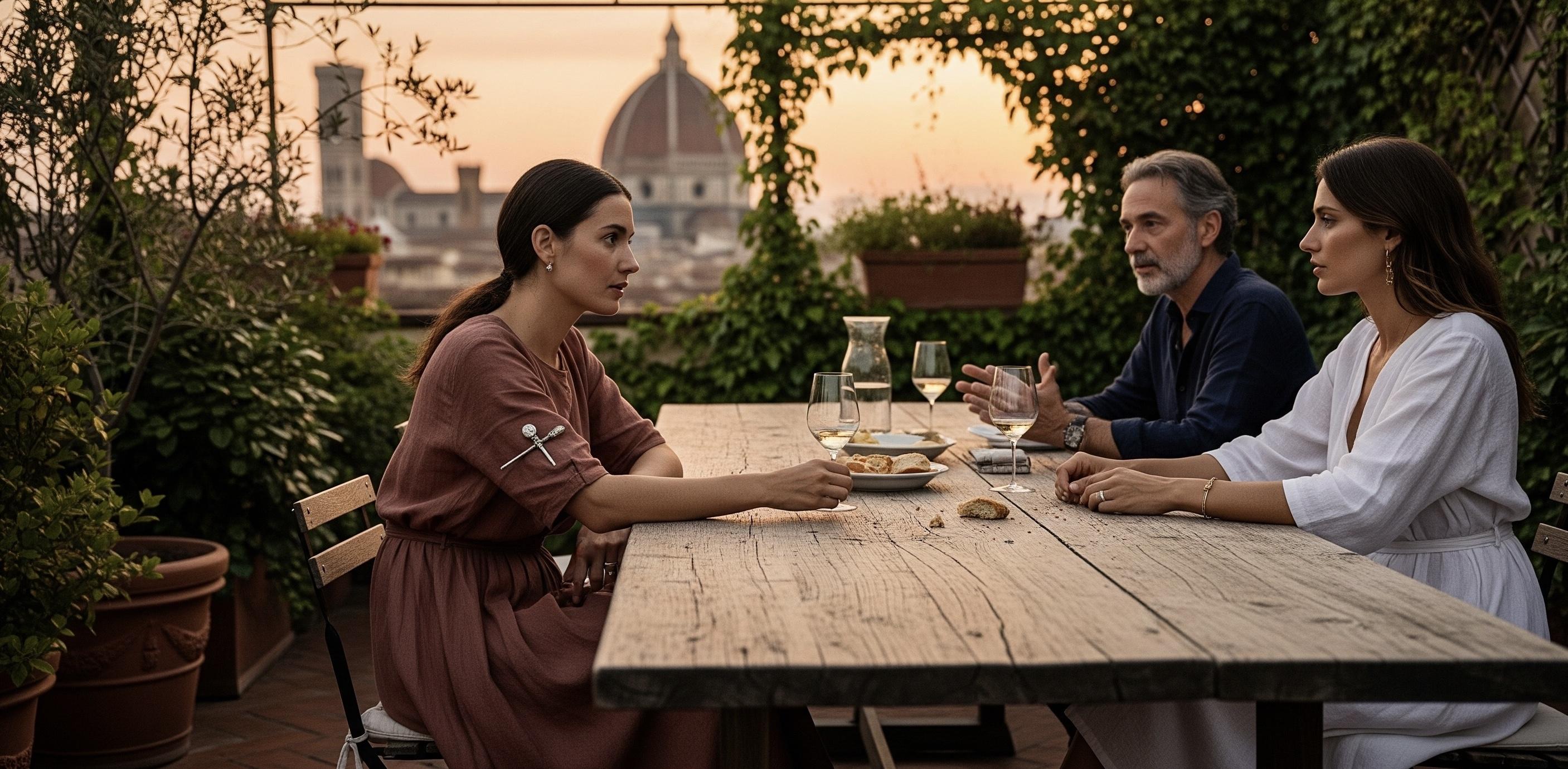
Episode 21. The attempt to grow by enlarging a brand’s customer base risks destroying the very conditions that create desire. Luxury doesn't shout, "everyone here." Luxury whispers, "only you."
Backstage is not chaos. It's alchemy. The slow movements of makeup artists, the quick commands of producers, the nervous caress of hairstylists—everything fell into a rhythm understood only by the initiated. In front of me, a makeup artist named Marlene (I knew her from New York—she could erase ten years of a woman's fatigue with one brush stroke) applied blush to the cheeks of a tall, thin, almost invisible model. Her movements were so light it seemed she was simply whispering to the skin. The brush glided over the cheekbones. Powder rose into the air like smoke from a burned note. The cheek bloomed pink—not vulgarly, not theatrically—but as if the woman had simply returned from a morning walk in a garden. I watched this—and knew: that single stroke of blush says more about luxury than the entire show. In the corner, at a table of cosmetics, I saw Cécile. An old acquaintance—a stylist with the aura of a woman who no longer has anything to prove. She wore a forties-style dress: black, flowing like a late afternoon shadow, and short suede gloves the color of cedar nuts. We exchanged glances. She came over, hugging my shoulders—dryly, but warmly. "Do you feel it?" Cécile whispered. "Feel what?" "The death of desire." I smirked. "Not yet. But I know you'll hear it first." We exchanged a look and walked towards the main hall. The show was held in an old library. Chairs with worn gilded backs, the soft light of lamps, and on the walls—rows of antique books. The scent of dust, leather, and French coffee hung in the air. There were no bright flashes on the runway. Only soft light, spilling in from the side, as if in the half-shadow of a childhood dream. The first model came out in a dress the color of haze. Silk. Linen. The fabric followed her like a shadow. I sat in the front row, between the editor of Harper’s Bazaar and the art director of a fashion house. Everyone was silent. Everyone was watching not with their eyes—but with their skin. I looked at the fabrics. At how the skirts flowed around the bodies. At how the sleeves trembled with the slightest movement. At how not a single logo screamed from a chest or a hip. And I understood: True luxury is not built on sales. It is built on the desire to touch something that may never be yours. I took out my notebook. I wrote: "The more a brand opens its doors, the less it smells of a dream." I remembered Kapferer’s phrase: "Trying to grow by enlarging the brand’s customer base risks killing the very conditions that create desire." And suddenly I understood that it is here, in this dimly lit hall, with the rustle of dresses and the breath of candles, that something no one can buy is born—a belonging to a secret. Cécile leaned toward me: "See that girl in the corner?" I nodded. "She's not an Instagram star. She's the daughter of an old Burgundy winery. They will never invite her to be an ambassador." "Why?" Cécile smiled. "Because she has no need to explain who she is." And in that moment, everything became clear. True luxury is not a product. It is a language you can only speak if you know how to be silent. The show ended. No one applauded. Everyone rose slowly, almost reverently. I walked through the hall, smelling dried flowers, sweat, perfume, and something else—untraceable, like the breath of someone who has long since left, but left their scarf on the back of a chair. At the exit, Marlene—the makeup artist—smiled at me. Her fingers still smelled of powder. And I thought: perhaps the most luxurious gesture is not to decorate a face. But to remind it that it is already beautiful. I walked out into the Paris night, carrying on my cheeks not makeup, but the grammar of a woman who no longer asks for permission to be desired.
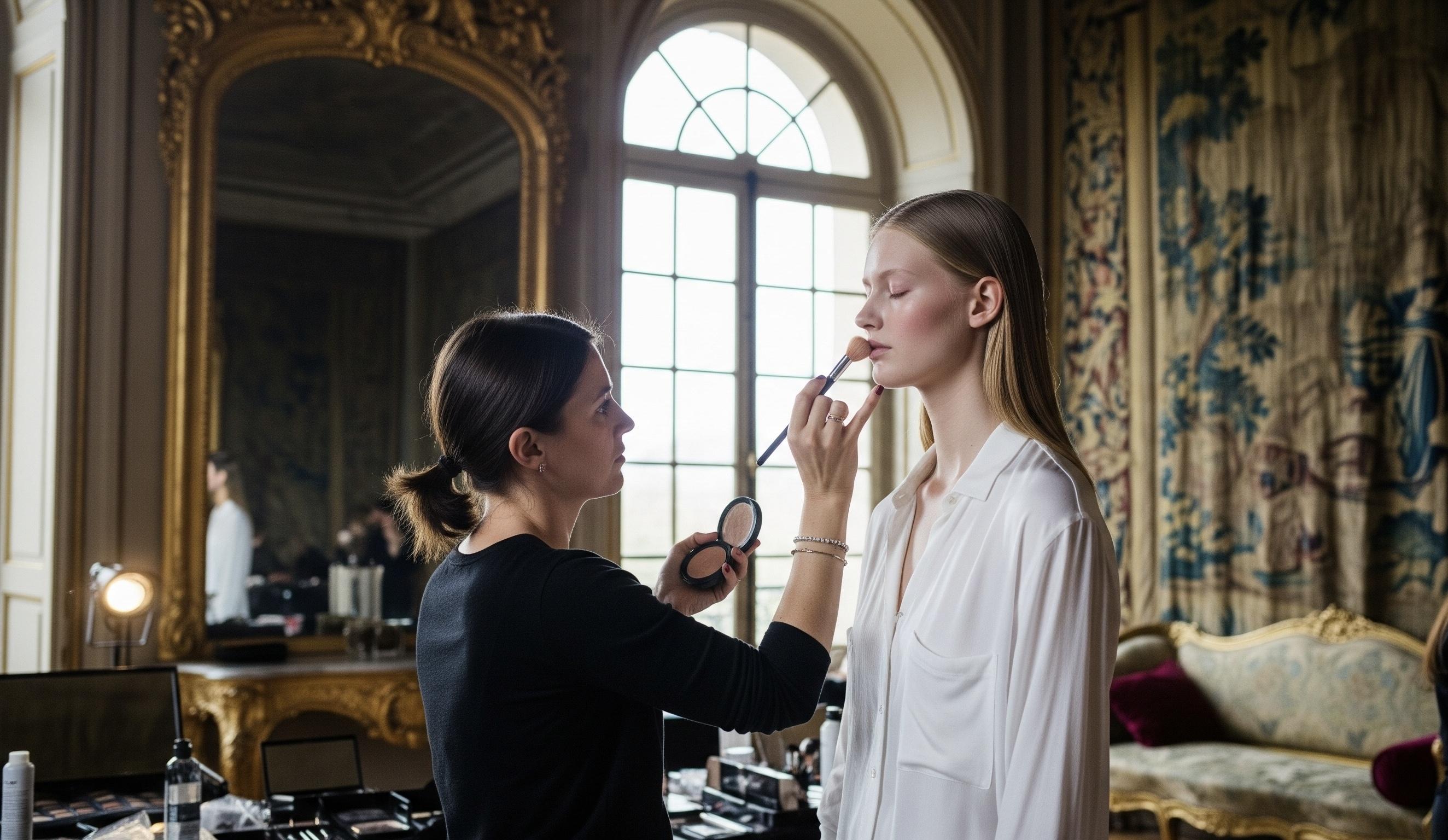
Episode 22. Luxury is a visible manifestation of social hierarchy. Luxury brands are like closed clubs: they recreate symbolic distance. Luxury is the enemy of equality. It acts as a fence.
The morning didn't begin—it woke up. Slowly, like silk gliding over a bare shoulder. I stepped out of the ryokan in slippers, wrapped in a cotton kimono—white as the steam rising from a teacup. In this city, even the air is drunk differently: it is warm, humid, with a taste of rice paper, brewed herbs, and something that cannot be translated. Only inhaled. My path led toward Sanjusangendo—but I turned off along the way. The alley beckoned me like a temptation: it smelled of cedar and rain. I walked slowly, very slowly—you can’t do otherwise here. Kyoto holds a pace; it is like an old teacher: if you rush, you lose the meaning. A wooden plaque with hieroglyphs hung on a gate. I didn't understand what was written there, but a woman in a gray yukata bowed to me and gestured for me to enter. I nodded. Inside, everything was air. A silence woven from footsteps, as if from threads. Light—like rice dust, suspended in space. The floors were wooden, warm. The tatami gave way under my feet, like a breath. The room was almost empty—all attention was drawn to the woman sitting by the hearth. She was not young—and this made her beauty absolute. Her bangs were slightly disheveled. Her lips—dry. On her wrist—a thin bracelet, black silk. She wasn't watching—she was feeling. Every movement was a mathematics of silence. She brought water, placed a pinch of green powder into a bowl. And all—in silence. No speech. No explanations. Only ritual. Only form. And in that—absolute grammar. I suddenly remembered a phrase from Kapferer: “Luxury is the enemy of equality. It functions as a fence.” Luxury is not a brand. It is the form itself. A form that says without words: you belong—or you don't. You understand this code—or you stand behind the fence. I didn't feel excluded—but I felt how the space set boundaries. There was a woman next to me, a Japanese woman, with perfect hands that bore no rings. Her hair was gathered in a smooth bun. On the hem of her kimono, a single hieroglyph was embroidered. She was part of this world. I was a guest. And it wasn’t painful. It was... subtle. The ceremony continued. There were five of us. We sat in seiza position. My knees began to ache. I endured. There was discipline in this, too. The woman placed a bowl in front of me. The matcha was thick, like jade. I took it with both hands, bowed to the bowl, and only then—lifted it to my lips. The taste—bitter, warm, enveloping. It was as if I were swallowing time. I felt how it became quiet inside. How everything external disappeared. How I was—not a client. And not a guest. But simply a person, stripped bare to the essence. Luxury is not when they give you a menu. It's when you know how to hold a bowl. And why it’s important. This is the code. This is the ritual. This is a hierarchy in which there is no offense. Only respect. I sat, watching the woman's hands. They moved like water. And suddenly—I felt: I was home. Not because I belonged. But because I knew how to—observe. In the evening, after the ceremony, the hostess led me to the garden. The light was leaving the sky, like silk from shoulders. It didn't fall—it retreated with dignity, with that Japanese dignity that doesn't need applause. The stones in the garden were slightly damp from the morning dew, but already warm to the touch. We walked slowly, between the pines, between the lines of an invisible poem that the earth itself was writing. The hostess's name was Kazuko. Her face was like washi paper: with its veins, its softness, its light. When she walked, her kimono sang. It didn't rustle—it sang, as if the fabric knew the music of the ritual. She spoke softly, with pauses that were not silence—they were meaning. "Everyone asks about the tea," she said. "But the tea doesn't make the ceremony." "What does?" I asked. "The gesture." We stopped. A pine branch bent as if it knew it would be part of a frame. I saw myself from a distance—in the light of the lantern, in a linen dress, barefoot, with specks of green on my ankles. I remembered: this morning I worried that my dress was wrinkled from the suitcase. Now it wasn't wrinkled—it was alive. “People think luxury is possession,” I said. “But true luxury is belonging. To a moment. To yourself.” Kazuko nodded, as if I had repeated a truth long known to her. I took out Kapferer. “Luxury is the enemy of equality. It functions as a fence.” I quietly read the phrase aloud. Kazuko listened to the English words, as if to a foreign melody. “In Kyoto,” she said, “we don’t invite people into the garden. We receive them.” I smiled. This was the fence. But not as a barrier, but as a threshold between noise and presence. We sat on a bench by the lantern. The light fell on her hands. She held the bowl as if it were a drop of the world that must not be spilled. I looked at her wrists—thin. I thought: I am not a name. I am not a status. I am not a handbag. I am a gesture. I am attention. I am presence. In the morning, the city was almost soundless. Even the birds sang more quietly—as if they knew that in Kyoto, sound weighs more than anywhere else. I left the teahouse, pressing the thin fabric of my dress to my chest with my palm. It still held the scent of smoke and water. The roads were not empty—they were careful. An old man watered the moss at the entrance to his shop, a small boy walked to school with a satchel bigger than his own body, and a woman in a peach kimono slowly carried a mat onto her balcony. I walked past them, not as a tourist—as a shadow, an echo. A Kyoto morning doesn't belong to you—you belong to it. In a teashop on the corner, a young girl in a uniform met me—perfect, as if ironed with the steam of attention. I asked for matcha. She nodded, not like a waitress, but like a guardian. “Hot?” she asked. “Warm,” I replied. A minute later, I was sitting on the veranda, looking at the street and drinking. The matcha was thick, like a ritual. It wasn’t a beverage. It was a gesture. I held the bowl with both hands, as one holds one's breath before a confession. I took a sip—the taste was tart, earthy, as if the planet itself was speaking to me in the language of greens. Next to me stood a stone basin—water dripped from it. Drip… drip… drip… Slowly. Not for utility. For presence. I took out Kapferer. I turned the book to the place where I had placed yesterday’s dried twig. The phrase was the same: “Luxury is the enemy of equality. It functions as a fence.” I read it again—and this time I understood: a fence is not always about arrogance. Sometimes it's a way to preserve a rhythm. Sometimes—a way to say: “Here—there is silence. Here—you cannot rush. Here—you are not a client. You are a witness.” I saw myself in the glass—in the reflection I was not fashionable. I was calm. Pure. Structured. And in that reflection I saw: I am not comparing. I am not rushing. I am unfolding, like matcha. Only in silence. Only in the hands of those who know how to wait. I ran my finger along the rim of the bowl. Then along my lips. And I smiled. Inside, it was quiet. And that means—it was luxurious.
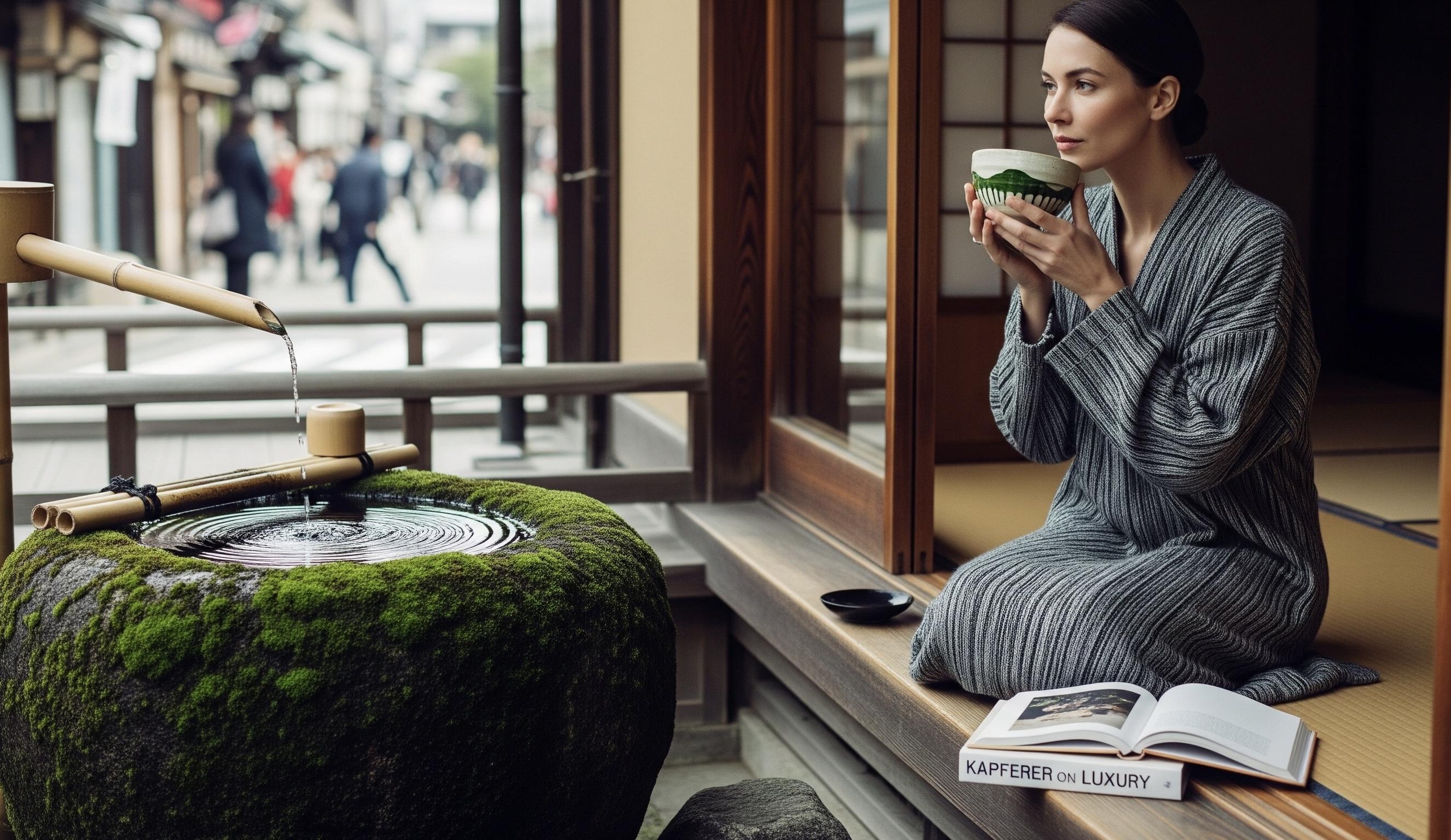
Episode 23. The luxury purchase is a long process: it begins with the dream, continues with the buying moment, and ends with the after-sales reassurance.
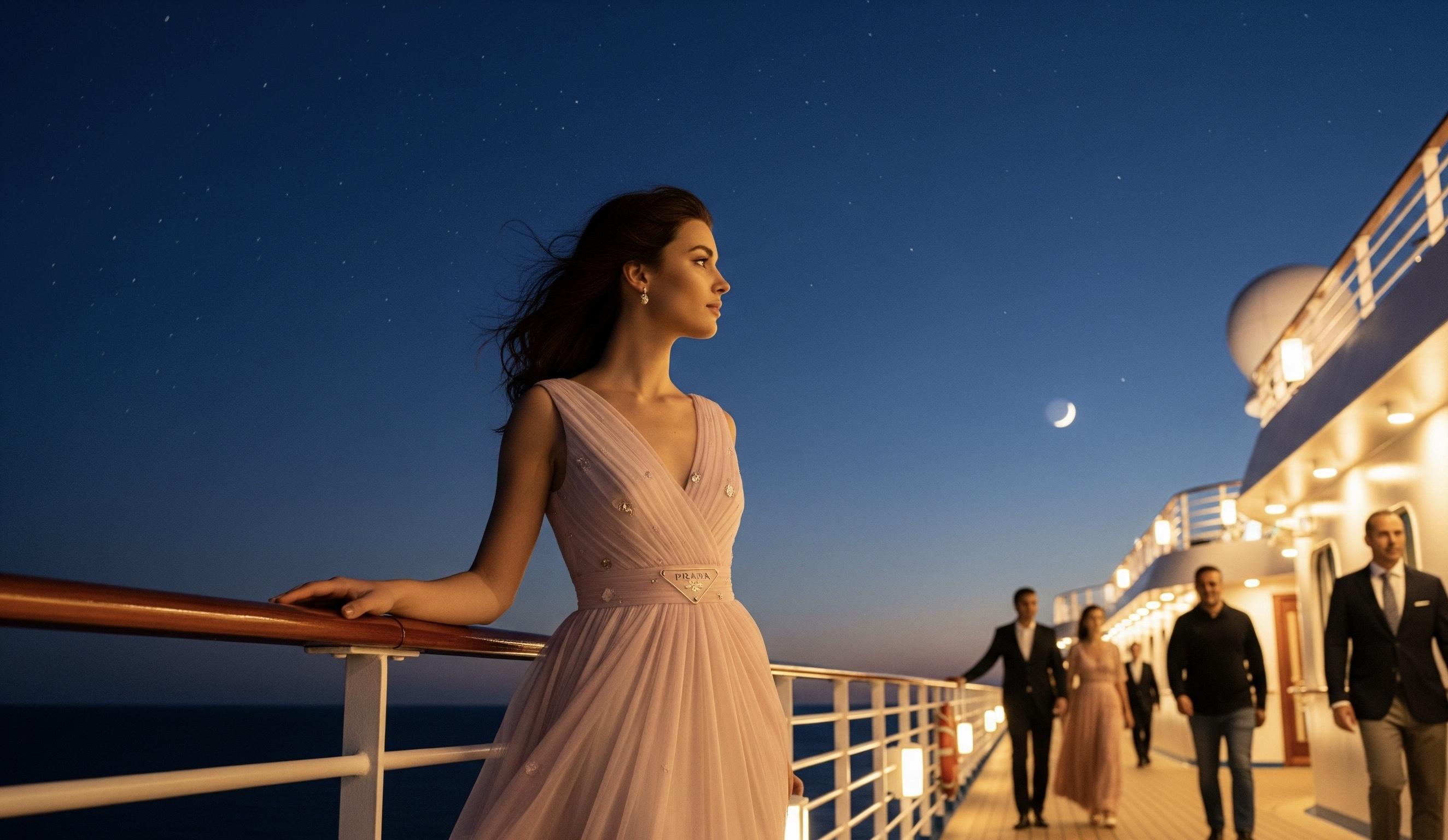
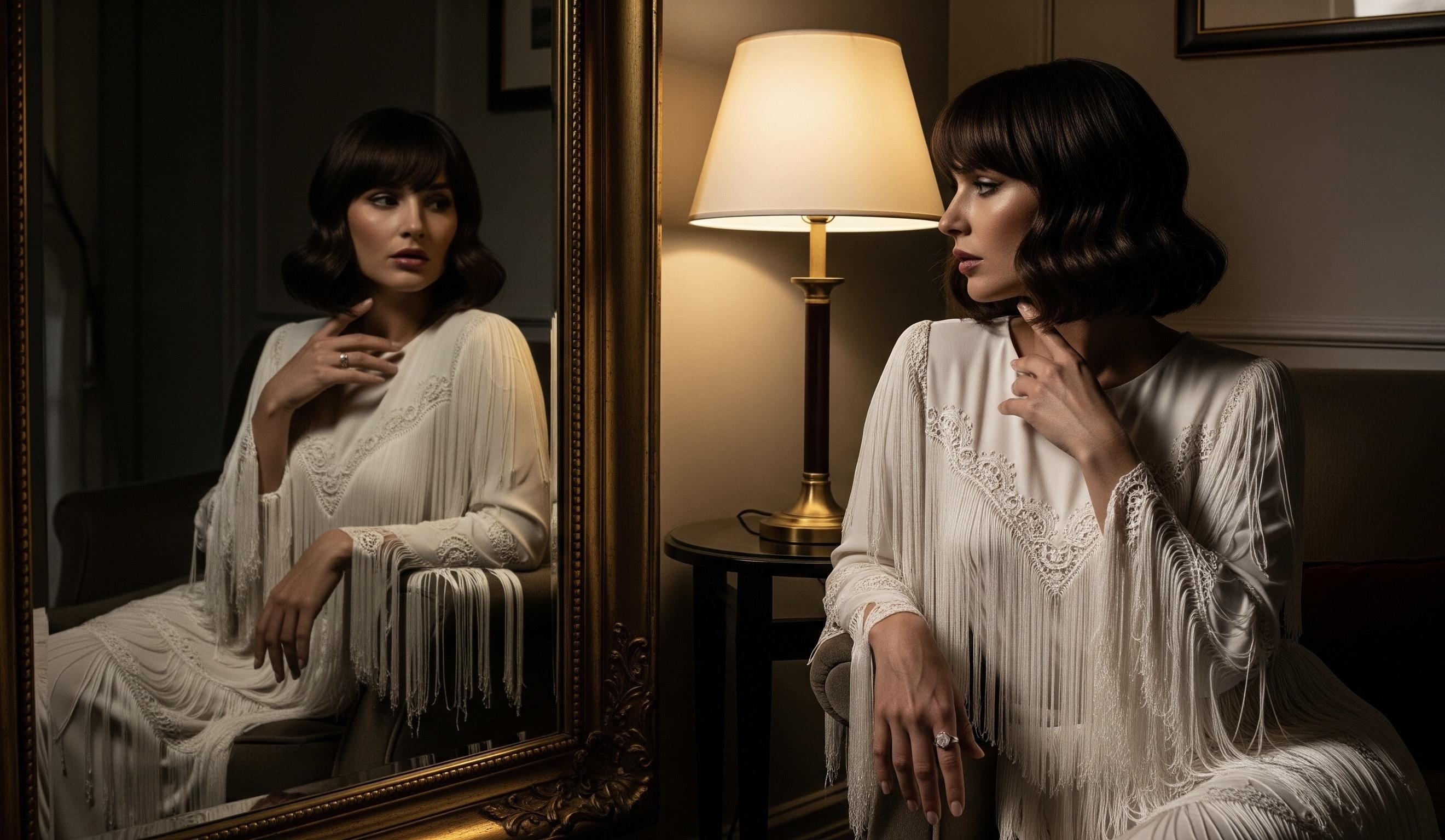
Episode 25. Luxury says less. It implies. It allows the object and the experience to carry the message. Its power is in silence, in mystery, in the aura of what is held back.
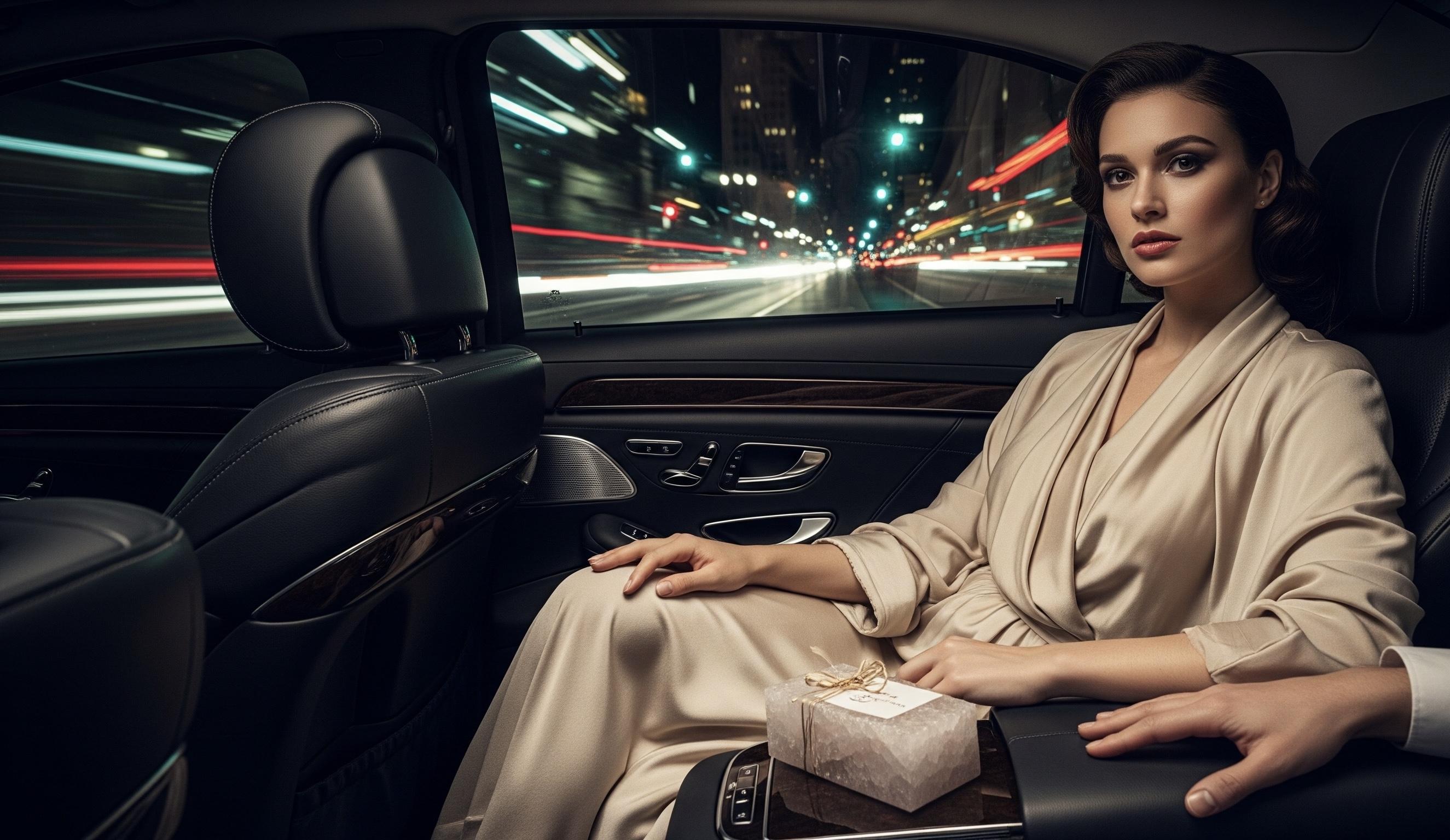
Episode 26. Luxury is an emotion. Its purpose is not to be useful, but to give pleasure, to evoke surprise, to enchant. It exists to awaken desire, to bring beauty and poetry into lives that are otherwise organized and rational.
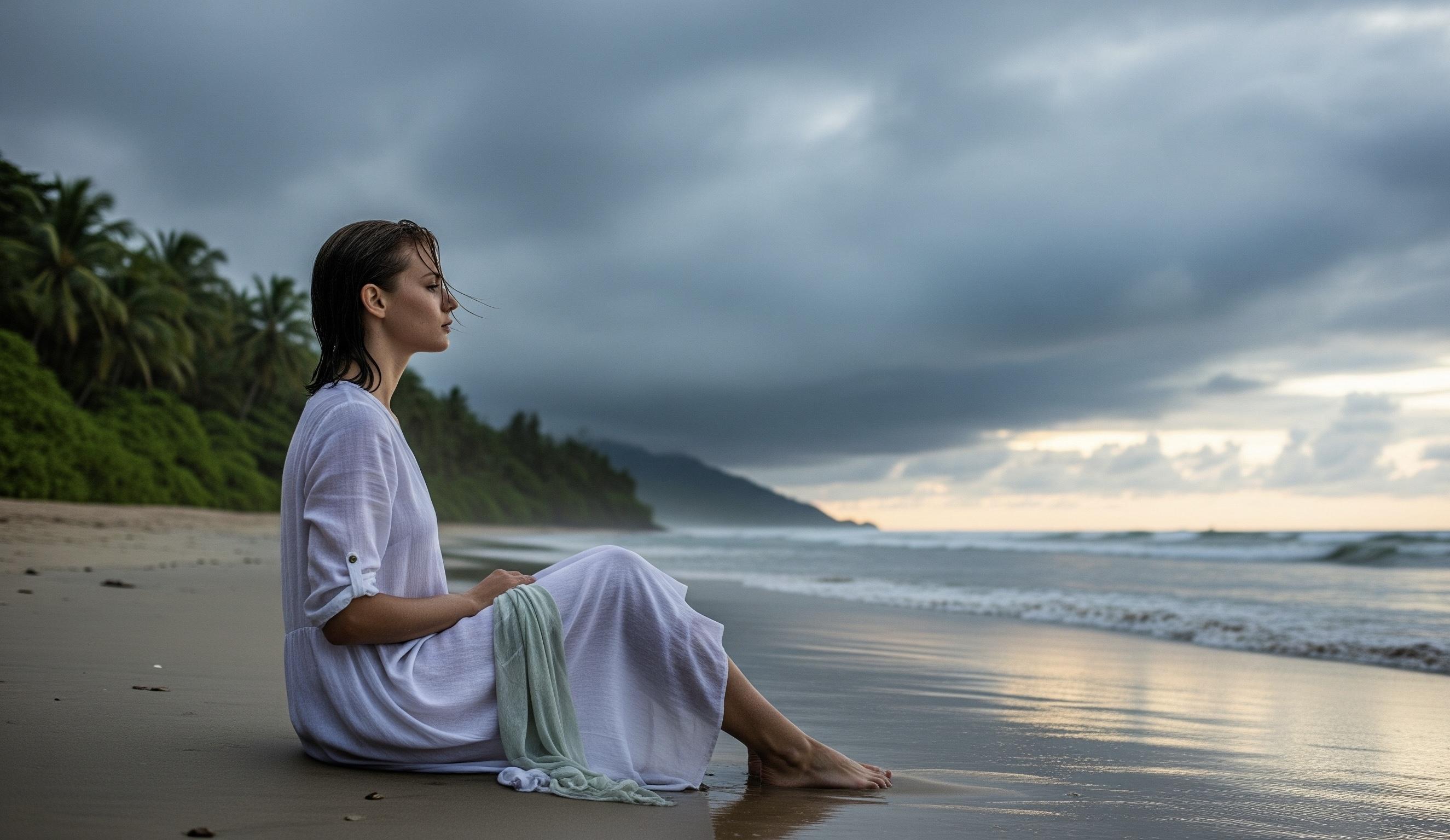
Episode 27. Luxury is not irrational. It is above reason. It does not contradict logic, but transcends it. Its power lies in its ability to suggest, not to explain; to awaken, not to justify.

Episode 28. A brand should create meaning, not just an appearance. Appearance without depth is fleeting and far too expensive.
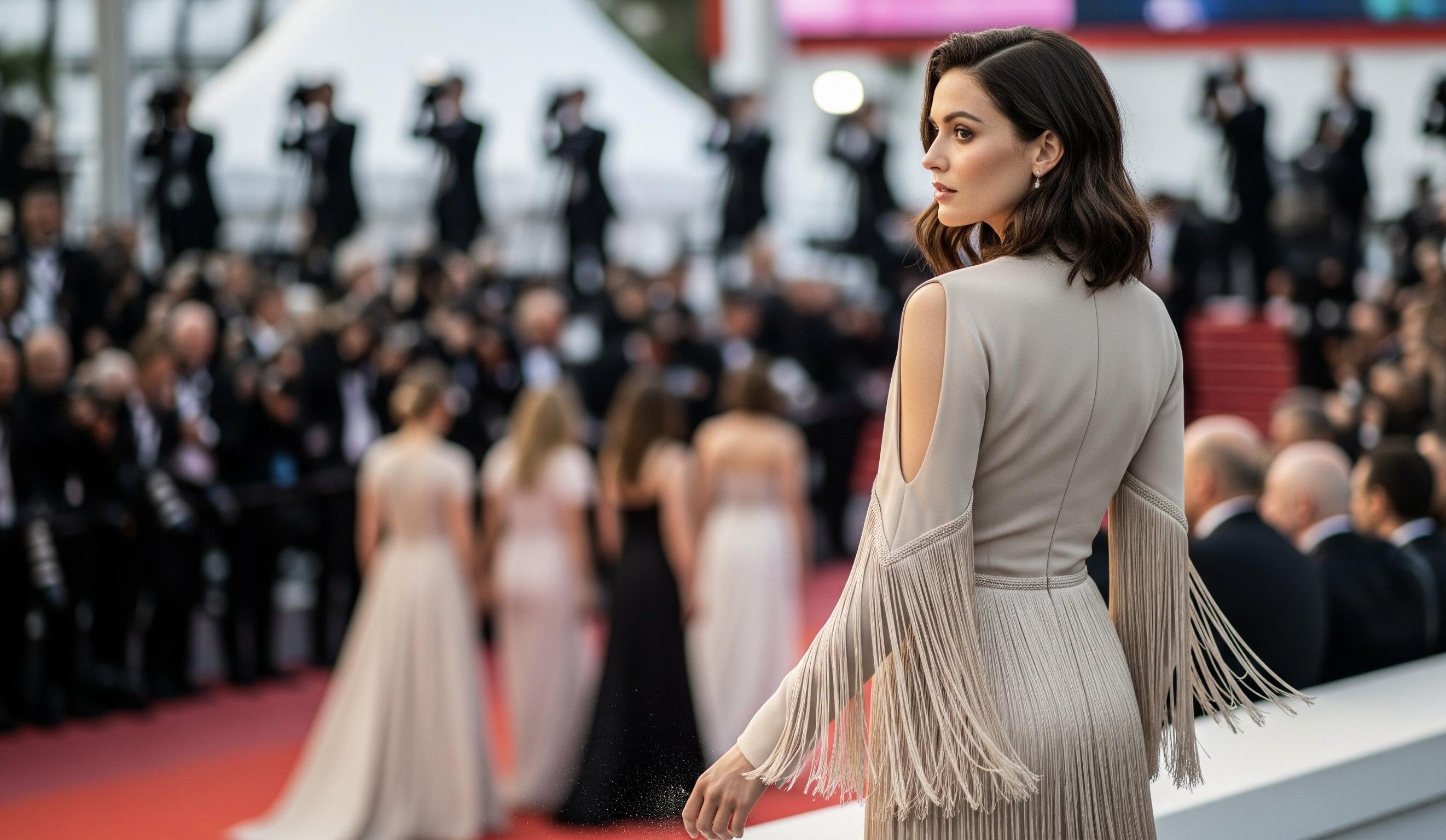
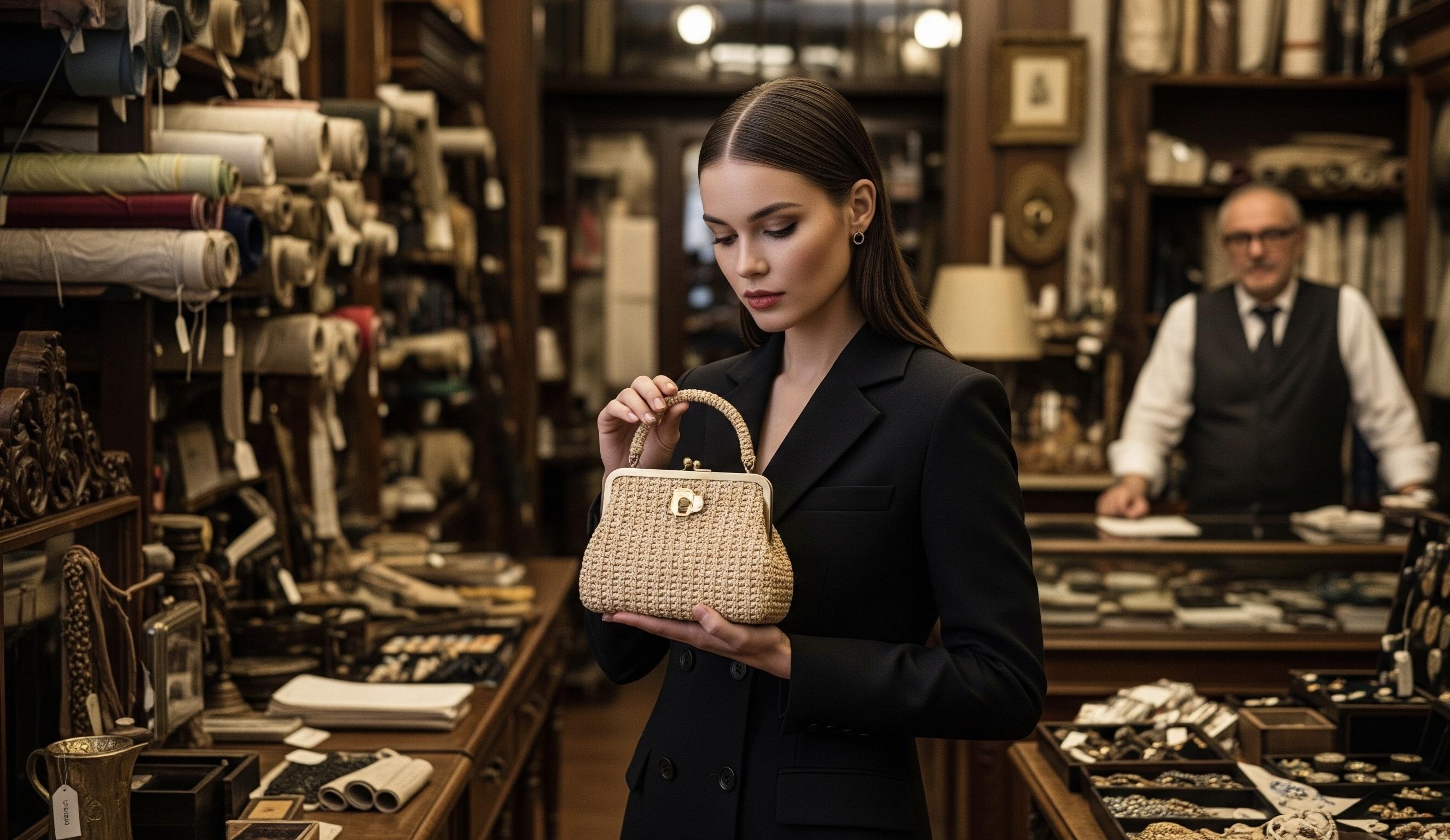
Episode 30. Luxury is a way of transcending time. It is inherently slow. It is the opposite of haste. It carries the past within the present. It is never urgent, but it is always important.

Episode 31. Luxury products are cultural objects, not merely functional ones. They carry meaning and identity.
We sit in silence. I feel that rare state appear in my body: presence without effort. I am here. I am aligned. My shoes, my dress, my hair pulled back into a bun—everything aligns with this garden, with this wind, with this old woman who once sang when the needle broke. Later, we are called to lunch. It takes place not in the formal dining room, but in the kitchen. At a long wooden table. Everything is simple. Light pasta with sage. Warm bread. Cheese cut not by a standard, but as if by the line of fingers. One of the young designers, sitting next to me, asks, "What do you think about the future of luxury?" I smile, putting down my fork. Inside—not an answer, but a feeling that cannot be conveyed with numbers, reports, growth charts. "I think the future of luxury is when you eat bread and you can feel: someone held it in their hands." Miuccia nods. She doesn't add a word. She only touches her handkerchief, as if she also remembered her grandmother. Later, I open Kapferer's book again. On the last page, in my own handwriting, I make a note: "Luxury is not an object. It's a person who remained inside it."
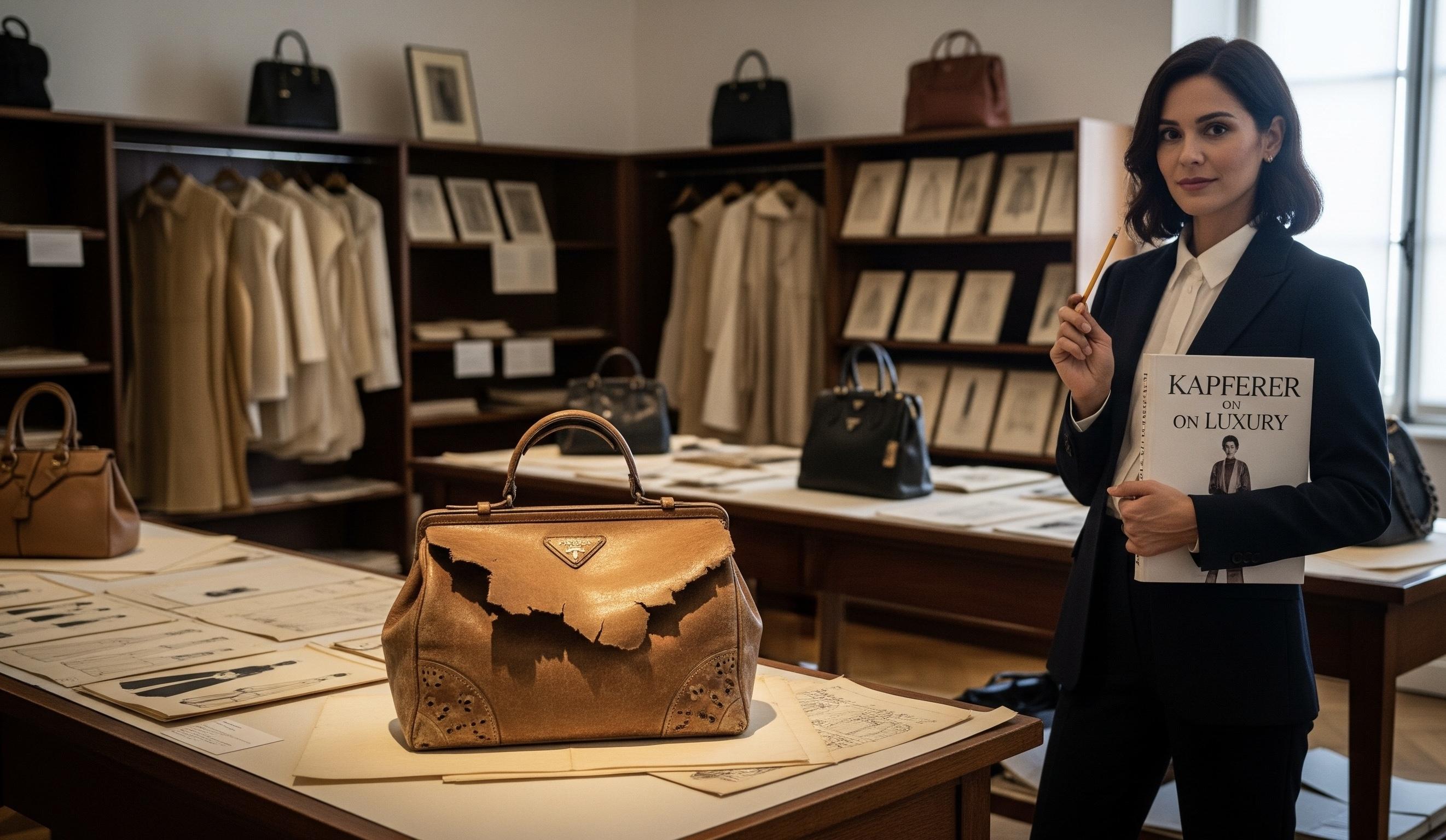
Episode 32. Luxury separates the "happy few."
Ibiza is still breathing in the rhythm of yesterday’s night. But our table is already living in the rhythm of a new day—slowly, with a refined thirst for simplicity. I trace the edge of the cup with my finger, and say aloud, almost in a whisper: "So, breakfast." And everything around me seems to agree.

Episode 33. Luxury is not about communicating to all. It is about being desirable to some.
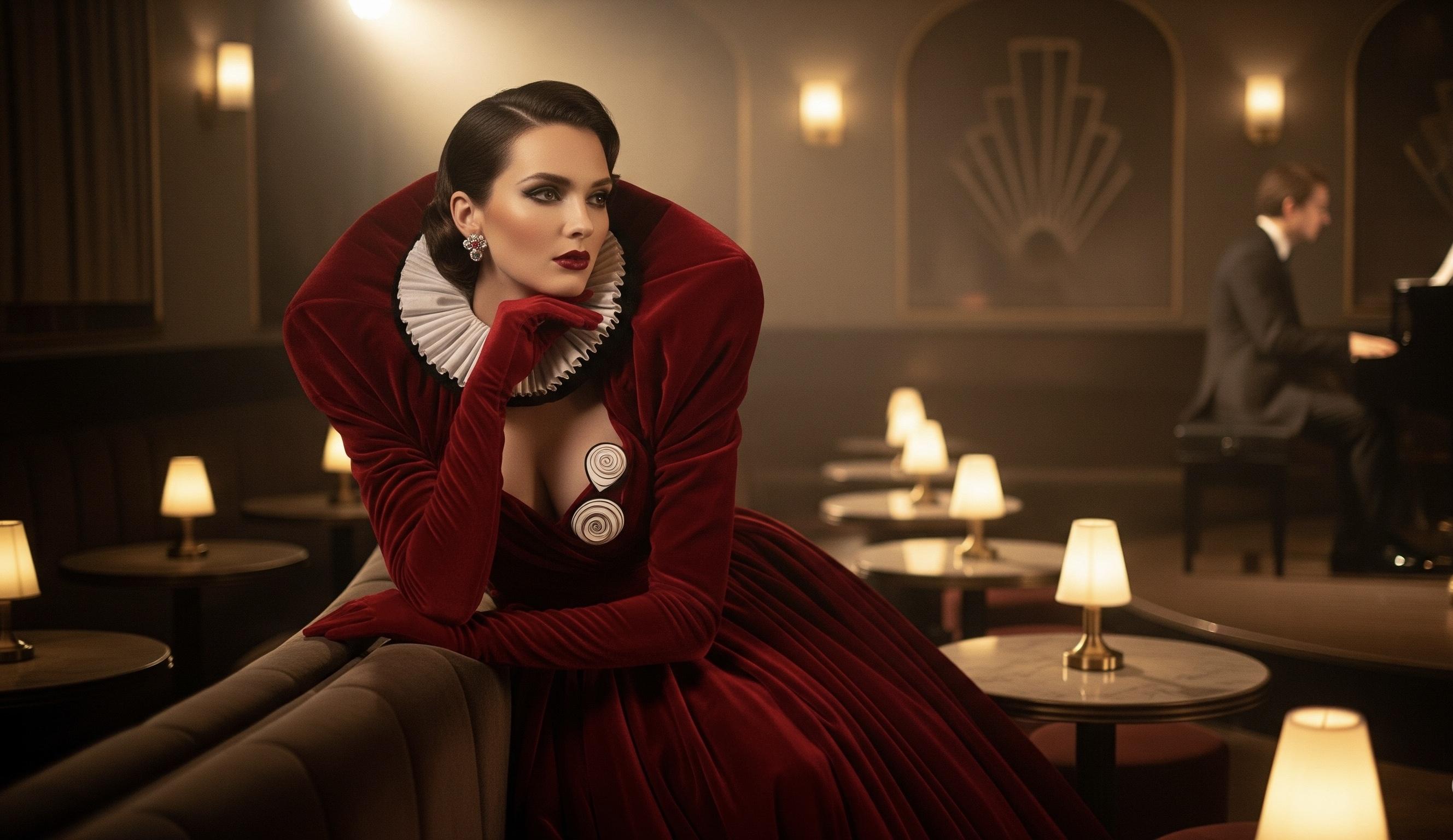
Episode 34. Here a fundamental property of luxury is again revealed—separation (social separation and separation by quality, perfection, and price). The dream of luxury is fed by the distance between those who know and those who can.
Jean-Noël Kapferer, The Luxury Strategy
A closed dacha on a hill by the sea in Sochi.
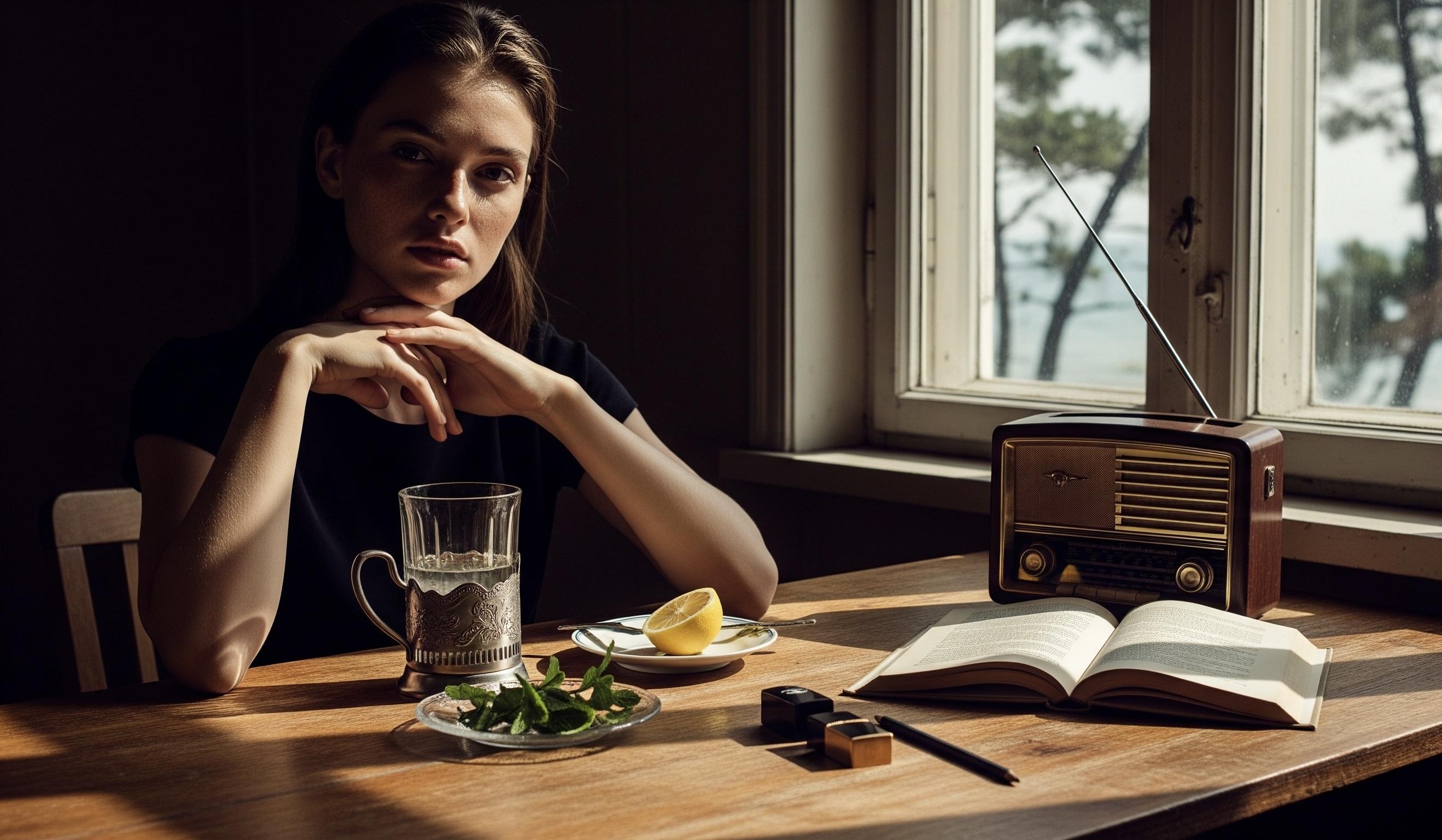
Episode 35. The second form of expansion is through brand extensions out of the core business… These allow consumers to enter the brand universe through many new doors, more accessible than that of the core business.
The office of the company that "teaches" homes and cities to think was on an old embankment: Victorian warehouse bricks, glass inserts, steel stairs—as if a port crane had one day decided to become a museum of the future. Inside, there were dark green walls in the meeting rooms, soft graphite carpets, and glossy whiteboards; in the kitchen, chrome faucets gleamed, packs of specialty coffee stood nearby, and in the refrigerator, there was almond milk and a sign that read, "please don't steal yogurts" (the smiley was covered with a strip of masking tape; someone had good boundaries). The open floor plan rustled with quiet keyboards and light sneakers. Girls in butter-colored knit vests, guys in hoodies that cost more than my first coat (and looked like they cost four dollars). I arrived on time—in a black jacket with a sharp shoulder line, a white T-shirt, loose gray trousers, patent leather loafers; my hair was pulled back with a black, minimalist clip, and on my lips was a sheer Hermes tint in a shade that makeup artists call "your own, but better" (my version of modesty). In my bag—Kapferer's book and an old pencil in a worn leather Chanel case: my portable scalpel for meanings. "We're glad you made it," said our visit's curator, Felix, who was tall and wore clear-framed glasses. Next to him were Maya, a machine learning expert in an unlined sage blazer; and Arun, a storage specialist in a white T-shirt and vintage jeans, with an old steel watch on his wrist, as honest as engineering documentation. We sat in a meeting room, the glass on both sides making our conversation part of the interior (and I caught myself in the familiar thought: transparency is a good trick as long as you choose what's visible). "Tell me," I asked. "What are you actually building? Not in a dictionary, but in life." "We're building models that guess patterns in chaos," Maya said. "And a couple of times a week, chaos guesses us," Felix added, and I put a little mental checkmark next to "humor is in order." "But honestly?" I leaned forward. "Are you teaching machines the hospital average—or the exception?" "Statistics like the average," Felix replied. "But we add architectures that see the edges. And also—human post-editing. Without it, everything turns into a poster." "So you have a workshop for producing averaged courage here, carefully validated by people?" I couldn't resist. (It was a joke, but with a knife.) "We'd say: a tool to speed up the experiment," Maya smiled. "And where is the place for what can't be explained?" I asked. "If the system doesn't know what to do with it, it assigns a low confidence," Arun interjected. "And calls us." "So, you're still making the truly expensive decisions," I said, and the room grew a little quieter. My book lay on the table in front of us. I opened it, found the bookmark I had placed there earlier, and moved it toward me. I drew a line with the wooden lead under Kapferer's phrase about "many new doors"—without shaking, just as you would guide a stitch over a complex dart in a studio. If you believe him, extensions are entrances to a brand's universe. I looked at the people in the room and realized: AI is also a brand extension. Only the brand here becomes the person. After the first round of questions, we walked through the floor. Projectors shone grids and heat maps on the walls; in one corner—a "failed hypotheses club" on a magnetic board, each card with a date and a lesson, without shame or a carnival atmosphere (I love that kind of honesty—it smells of fresh paint and self-respect). In another meeting room, interface designers were arguing about how a model's "signature" should look in a product: as a quiet legend or as a proud label. I stopped by the window: it was raining outside, big, confident drops; on the glass, the drops drew tracks, as if they were turning gradients into visible trajectories. "Do you believe that machines can be trusted with taste?" I asked Maya as we waited for the elevator. "Machines can be trusted with sorting. Taste is when you know what you won't show," she replied without a pause. I made a note of that phrase with my pencil directly on my hand (yes, I do that when my notebook is in my bag and I don't want to break the moment). For lunch, we went to a small bistro around the corner, with green panels and cream tiles, where someone had polished every fork to a mirror shine (you can always tell people by their forks). We had a salad with figs and brie, fish with fennel, sparkling water; Felix drank espresso before eating (a bold move), Maya had a matcha latte (bubbly grass, but it suited her), Arun had unsweetened tea, like old engineers at six in the morning. "I've always been interested in one question," I said, leaning in so the kitchen noise wouldn't take our thought away. "You create tools that accelerate mass communication. But Kapferer writes that excessive communication kills luxury. It turns out you're building a world where everything is faster. But luxury requires slowness. How do you live with that?" "With ballast," Felix said. "We try to separate the speed of delivery from the speed of meaning," Maya said. "Our processes are fast. But we don't speed up decisions where identity is important. A person must remain there. And silence." "So you recognize zones where a machine won't go?" I clarified. "It will go," Arun interjected, "but we don't have to let it in. There's a difference between 'can' and 'should'." I smiled: I like people who have the word "should" in their lexicon without fanaticism or hashtags. "Good," I placed my book on the table. "Then a question about taste and exception. The algorithm collects the world into an average. Luxury, on the contrary, builds a temple to the exception. What will you do when your tool begins to gently convince clients 'to be like everyone else' more convincingly than any marketer?" "We will remind them that the median does not write symphonies," Felix said. "And build interfaces where the exception is a first-class passenger. Expensive decisions must have a separate passage." "Like in old theaters," Maya said. (I love it when metaphors match the person's shoes: she had soft suede loafers that don't like crowds.) After lunch, we returned to the office, and I asked to be shown the "room of doubts"—if there was one. Maya led me to a small laboratory with dim lighting, where there were two computers and a cork wall with printouts: strange recognition artifacts, facial shadows, broken letters, frames where everything was "almost clear." Next to it—a notebook with neat handwriting: "Uncertain → ask. Certain → still show someone else." "This is our mandatory warm-up," Maya said. "The algorithm gets stuck in its rightness—and so do we. Doubt is our regular update." "Sounds like good skincare," I replied. (Doubt as a serum—a couple of drops in the morning, a couple in the evening.) In the evening, I was driven home. At home—that is, in New York, on Gramercy—the night always smells of electricity and wood. I brewed jasmine tea in a thin-walled white cup, laid out documents and my notebook on the table, and opened the book. I drew a second, thinner line with the pencil under the same phrase—"many new doors." And I wrote next to it: "AI is not a door. It's a corridor that connects doors. It's important that the rarest ones have a key." (Yes, sometimes my formulas sound like house rules. They are the house rules.) In the morning, a black SUV picked me up: we were expected at the data center, forty minutes from the city. On the way, I looked out the window—at the warehouses, the solar panel farms, the pragmatism of the landscape that feeds the romance of the screen. At the entrance, I was met by the site manager, a woman named Emily, with a strict ponytail, a vest with pockets, and a confident stride. "It's noisy and cold here," she said. "That's normal. That's how the brain works faster." It was a stock joke, but her voice had the metallic sound of a person who knows how to turn the world off and on. We went through the turnstiles, put on turquoise shoe covers, and I was offered an anti-static wristband (I declined—I'm a guest, not a surgeon). The door with a key card opened, and we were enveloped in noise: thousands of small fans singing their industrial mantra. Rows of racks—black, neat, with blinking green and blue indicators; hot and cold aisles; above—cable trays, like neatly braided hair. The air smelled of cold and a light ozone freshness—the scent of responsible spaces. "Is this where your models learn?" I asked, and Arun nodded: "This is where they sleep, run, forget, and remember." I tried to imagine how emotions turn into matrices, and our taste—into weights. "We have a rule," Emily said. "If the system behaves strangely, we first look for a physical reason: a broken wire, overheating, power. Mysticism—after the electricity." I liked myself for nodding too seriously—sometimes you have to let the world know you're on its side. We stopped at a rack where a load graph was blinking on a display. "In moments like this, I think about price," I said, shouting over the noise. "Kapferer wrote that in luxury, the price is part of the product. It seems that in technology, it's the opposite: everything should strive to be free. How do you live at this intersection?" "We pay with the machine for what the person gets for free," Arun replied. "But the person still pays the bill." "And that's where luxury begins," Maya added. "Choosing what is even worth counting. That's our most expensive decision." We walked down the cold aisle to the end, and there, behind a transparent door, was a small break room for the staff—with a hard sofa, a coffee machine, and a poster that read "Think like a steward." I lingered by the poster. "Steward" is a good word. Not "owner," not "god," but someone who is responsible for the route and the people. I opened the book, put a tiny dot with my pencil next to my yesterday's note, and thought: perhaps the main luxury is not the algorithm, but the person with the right to say "stop." On the way back, we barely spoke: the noise of the data center had burned the hustle out of us. In the car, I ran my fingers over the spine of the book, like you sometimes touch a scar: a reminder that perfection requires care. In the city, I stopped at a small bookstore on the corner—I bought a thin Smythson "Observations" notebook in dark blue leather (sometimes a thing is needed just to hold exactly one thought). In the evening, I sat down at my desk and began to write an article—not about technology, but about the people who stand guard over that technology. A couple of quotes from Maya, one from Emily, a tiny remark from Felix about the median and symphonies. And my format: short questions, long answers, a few parenthetical footnotes—"taste begins with what you won't show," "the exception must have a separate entrance," "a corridor is not a door." I remembered Kapferer's phrase about new doors and understood why it's so provocative (and, honestly, why I underlined it twice today). In a world where everything "extends" into everything, luxury is about returning some doors to an "by appointment" mode. Let there be thousands of entrances to the average. But let there be at least one—to the exception—where the doorbell is quiet, where robots don't open the door, where they ask only one question: "Are you really here for this?" That night, I didn't turn off my desk lamp for a long time. The tea grew cold, the graphite crumbled slightly on the margins, and my fingers were gray, as if I had been holding a shadow. I took that worn Chanel case out of my bag, placed it next to the book, and smiled to myself: who would have thought that the most relevant conversation about the future would be led by a wooden pencil. But that's how it turned out. Maybe because luxury is not what does everything for you, but what gives you the right to do it yourself: to underline, to doubt, to ask questions, to demand silence. And—to open or close doors.

Episode 36.Luxury is experienced only in intimacy. It is a tactile, slow, and silent pleasure. Mass communication kills it.” — Beverly Hills, a private fitting in a private mansion
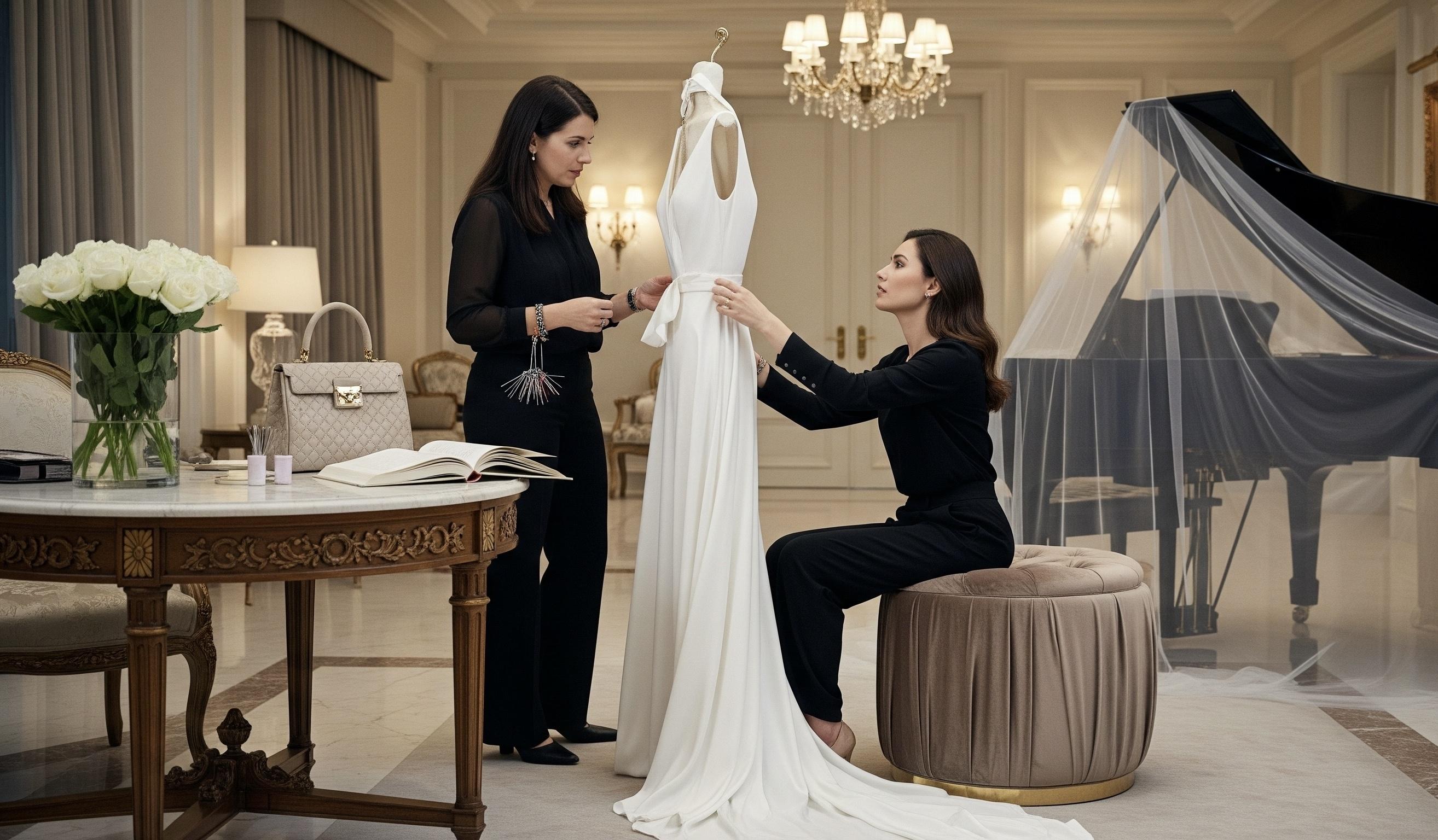
Episode 37.Luxury is the measure of oneself. Luxury is also the measure of the moment.” — Morning in Tel Aviv.
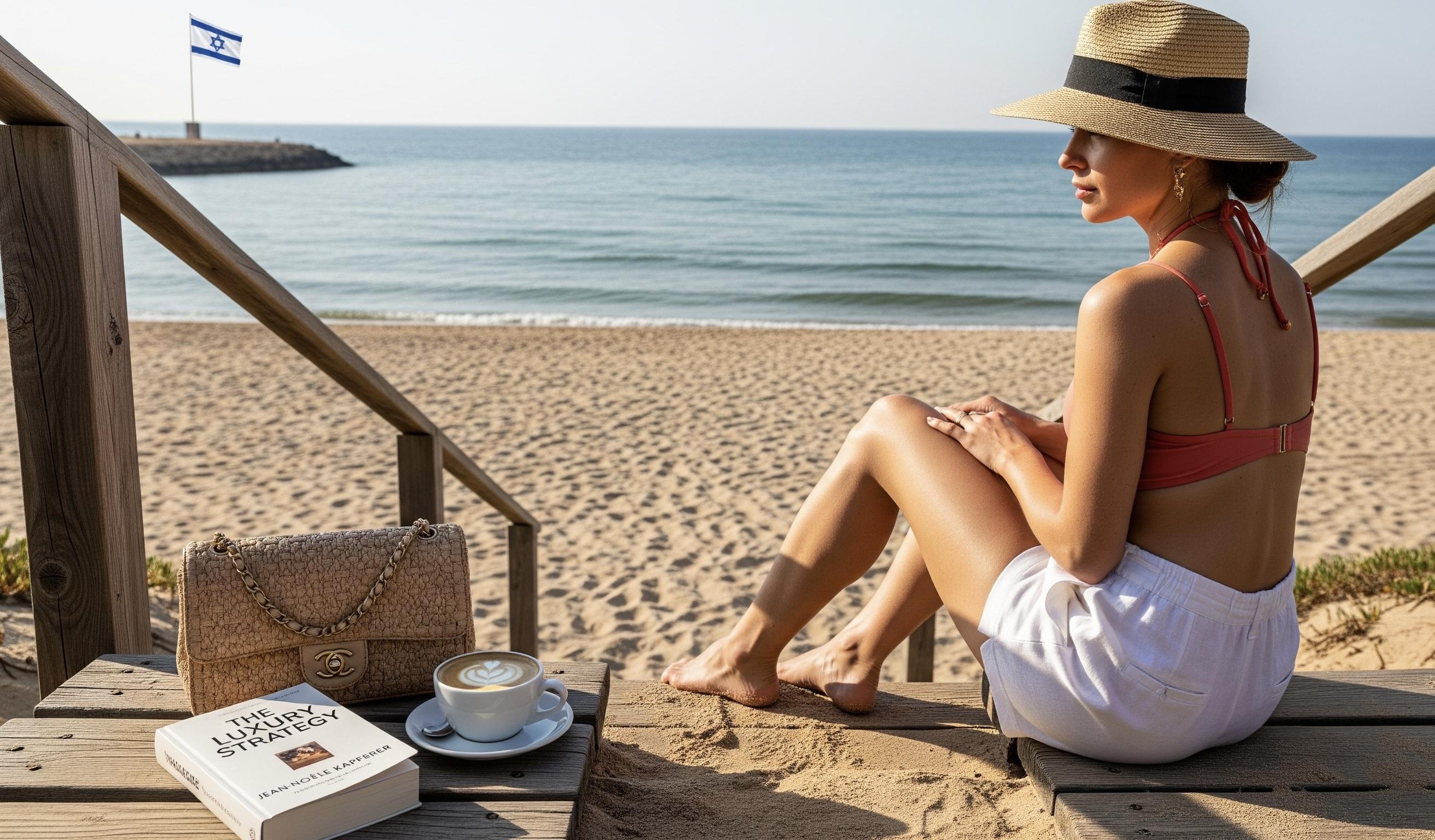
Orchid Garden
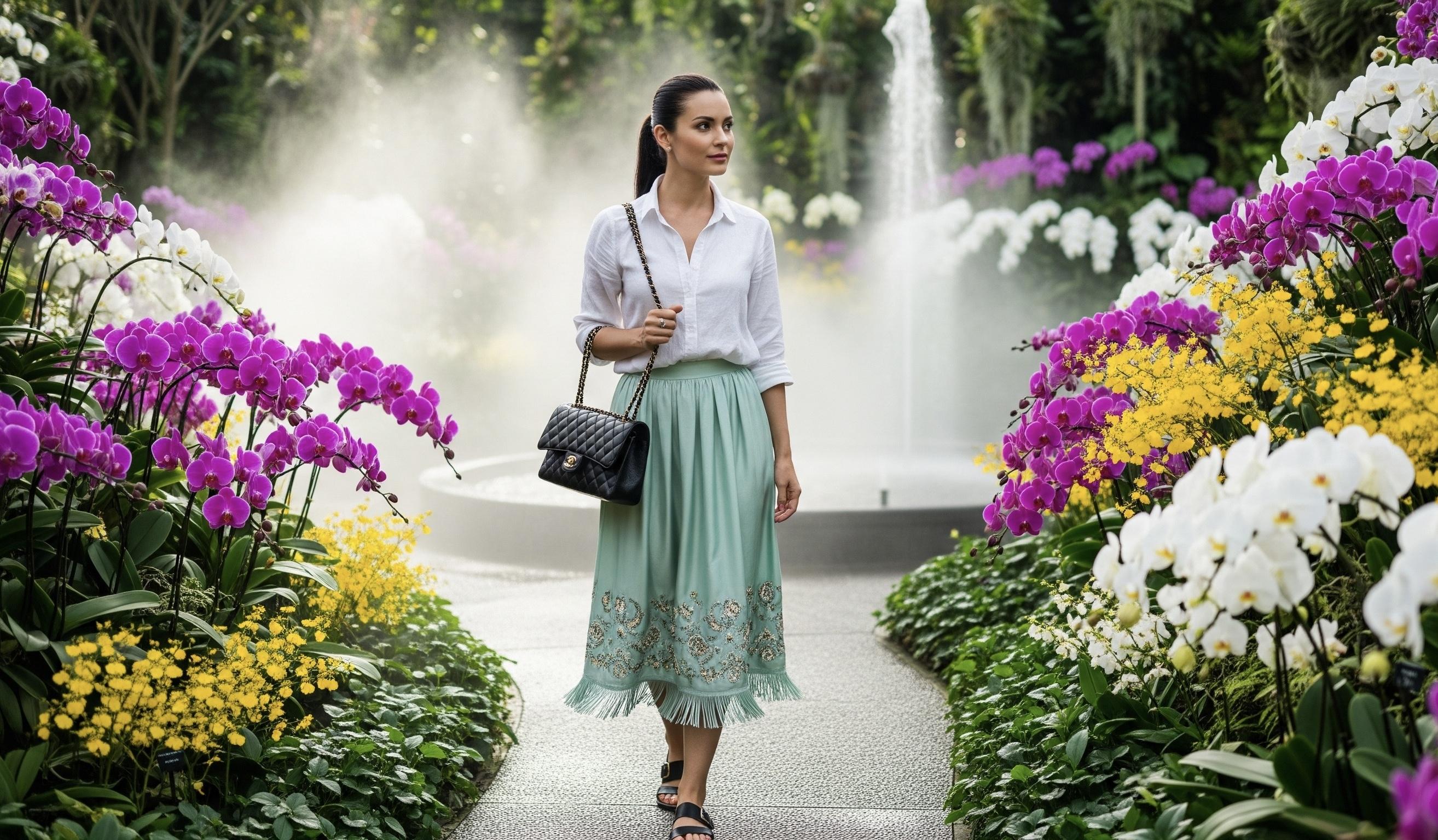
Episode 39.This handiwork is the sign of a cult: that of attention to
Florence, Shoemaker’s Workshop
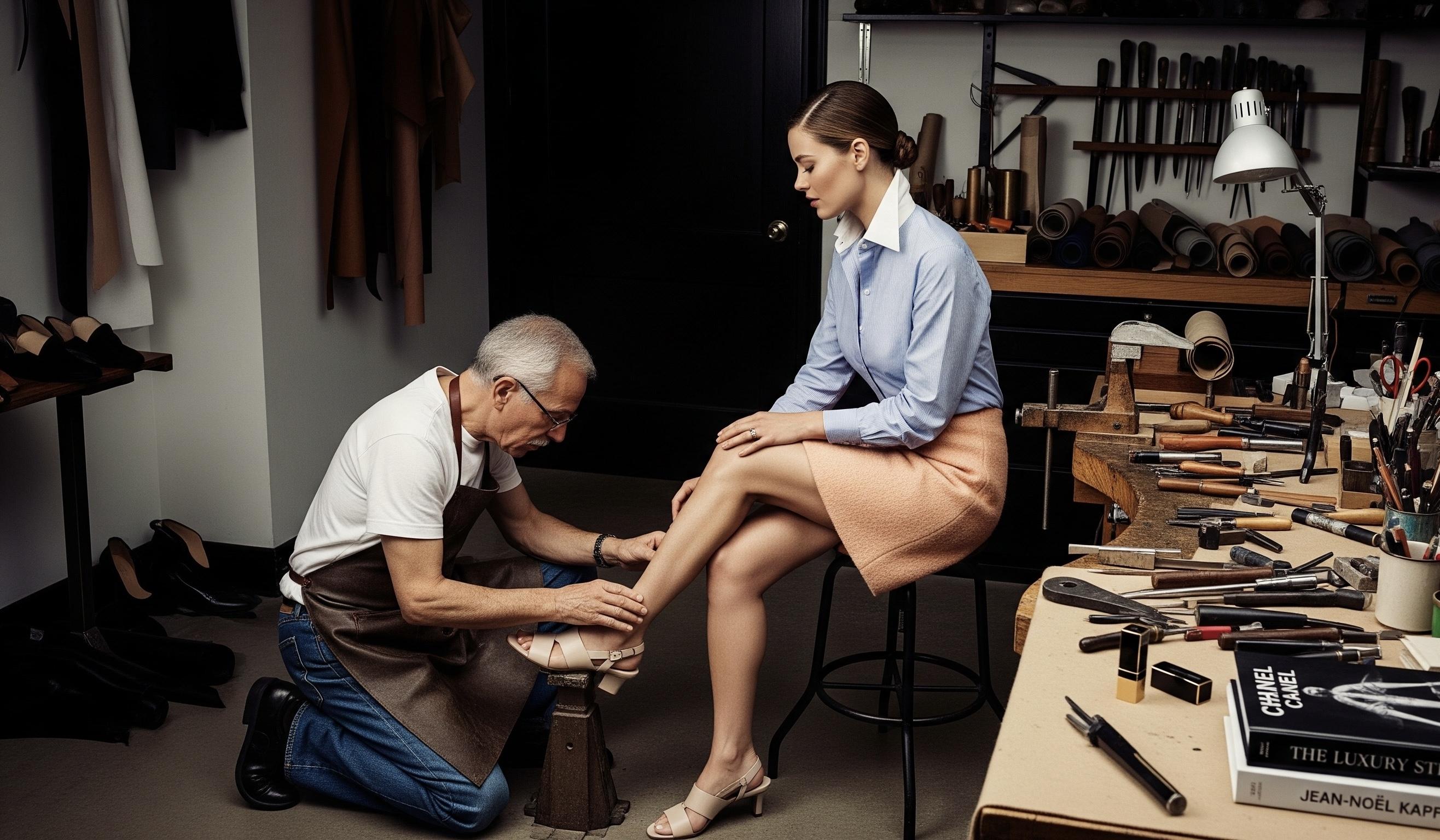
Episode 40.The final dimension of time is that of the time of consumption itself: the great chefs are artists of the moment. This is why the cuisine of great, starred chefs is a ritual that requires time. The guests must take time too, between each course.”
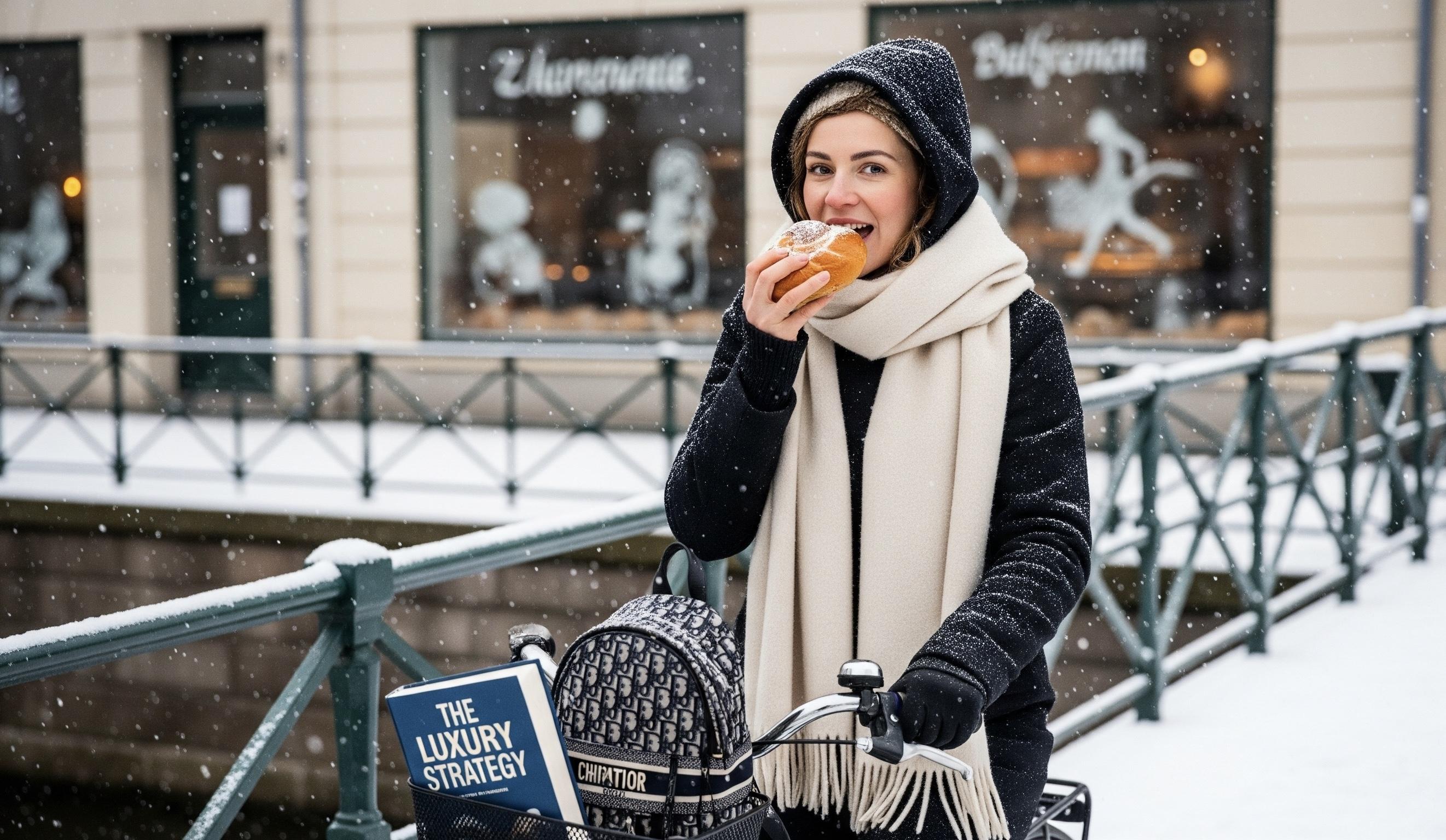
Episode 41.The Eroticism of Luxury: "Always think about it—and never speak." Winter in Venice.
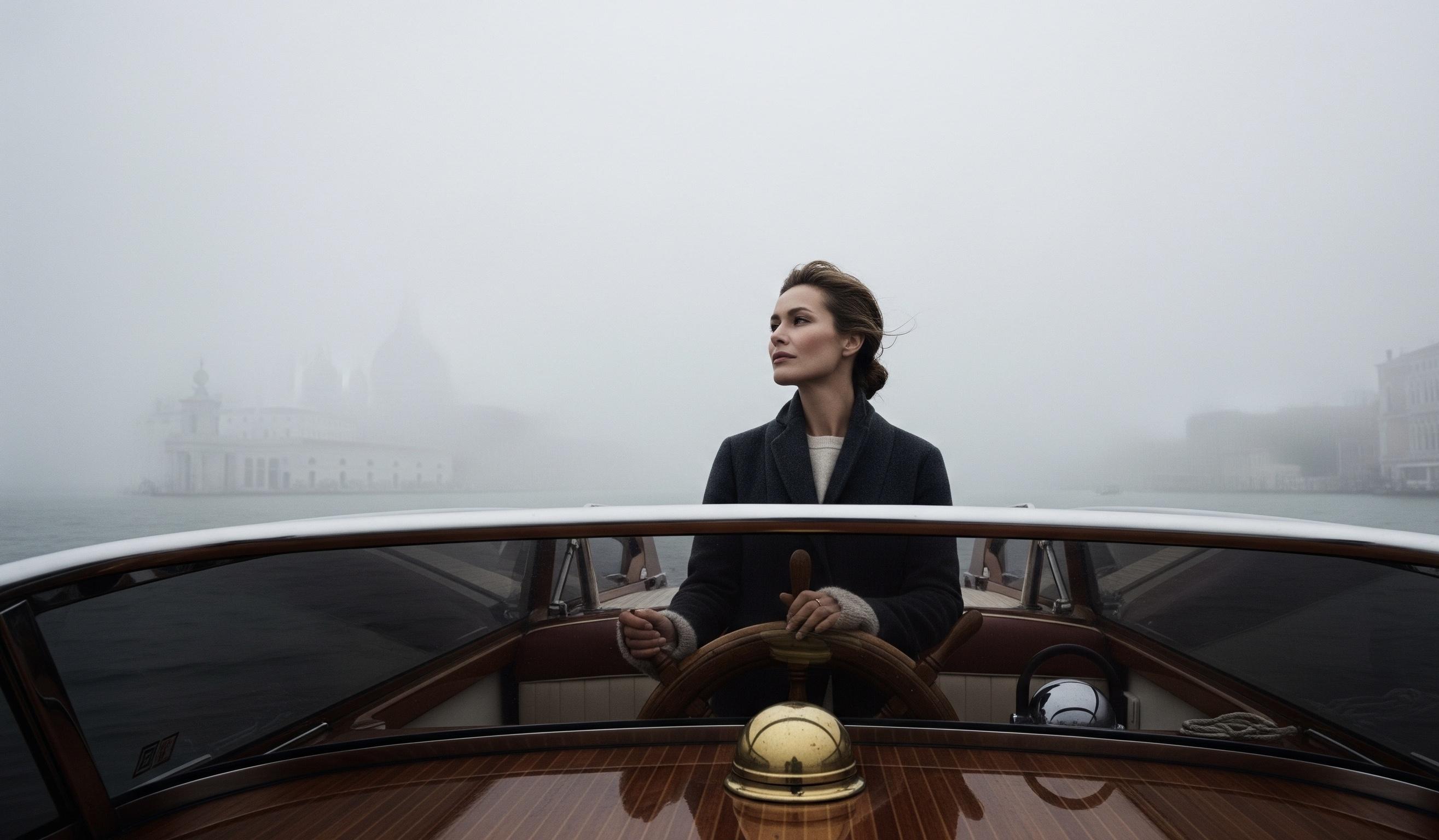
Episode 42.An object of luxury is a source of inner pleasure thanks to its multi-sensory nature, brought to its limit, and the epic tale of its gestation. This distances it from the purely functional world, price-quality ratios, and utilitarian value."
We are moving again, and at a turn, Lora offers to speed up. I accept the offer, and the air becomes music: a cool pull on my cheeks, my gloves working a little more actively. An image of all my "leather" illusions of control flashes in my mind—belts, straps, fasteners, all the things we use to try to fix the world, like a shopper securing groceries in a bag; and I suddenly realize that true fixation is when the landscape agrees with your speed. I try this thought on like a belt: it fits perfectly. Sigridur points to a section with larger stones—to go around. I catch the rhythm like a bassline, and Lora dutifully shifts without losing pace. "Control is rhythm"—the phrase comes to me naturally, and I don't need to write it down, because my body has already become the page. I still repeat it to myself, to later transfer to my column: let the readers see that sometimes the best "control system" isn't a new gadget, but consent to the music that is already playing. A slight stop at a low strip of water; a stream flows like a thin bracelet, and I listen—an Arctic tern is rummaging somewhere to the side. I keep my distance: this is their August; I am a guest. At this moment, a familiar ambivalence comes to me: we, who love luxury, often want to "own" the moment—buy it, fix it, package it in a case and a warranty card. But here, on the lava, August teaches a different lesson: the moment wants you to be a companion, not an owner. Lora drinks, I adjust the stirrup, and suddenly a whole display case of things that promised "control" and only delivered "rigidity" flashes in my memory. I smile and think: if I were paid every time a strap tried to replace rhythm, I would buy another island. We return to the path. The wind becomes more direct, my hair under the helmet sways like moss in a basalt crack. Sigridur catches up and tells me in almost a whisper: horses here are not frightened with unnecessary signals; they are taught to listen. I parry easily: "So, your school isn't about bridles, but about orchestration?" She laughs and nods. We walk side-by-side in silence, and I catch another thought: luxury at its best is an orchestra where every instrument has pauses, not just solos. I take the book out again—on the go, with one hand, to check my line. Lora is so steady that I manage to touch the underlined words and place a small dot next to them—my sign for "it matched." The pencil goes into the leather case, a "click" returns a sense of finality to the moment. Somewhere in the distance, the sun illuminates the edge of a cloud, the moss shimmers like crumbs of jade, and I think of brands that try to explain their "expensive" by taking specifications to the point of absurdity. Here, the specification is a pulse. How many beats per minute does your aesthetic give? What is its breath on the gait? This is a test you can't pass with a single press-release "legend." On a flat section, we transition to a pace—briefly, to feel the acceleration without fighting with gravity. It's as if invisible rollers lift me; my body itself chooses an economical pattern of movement, and I chuckle: any of my high heels would have dreamed of such cooperation with the pavement. I formulate another note for my text: "Sometimes a luxury item isn't a thing, but a calibration of movements. Not what you bought, but the tempo at which you stopped losing yourself." We make a large circle and come out to a ridge, from where the entire lava field is visible. A black canvas, like a closed grand piano, with green parts of moss and white dots of sheep buttocks grazing where I thought it impossible to stand. Sigridur suggests we dismount and rest. I take off my gloves, place them next to me, and suddenly remember—how in a fitting room in New York, I realized that intimacy is the silence between movements. Here, intimacy is a different word: consent. Between me and the horse, between the wind and my skin, between the quote and the terrain. I take out the pencil one more time—the last. I trace the line on the words "epic tale of its gestation," because this day is indeed about an epic tale of birth: the epic of my patience with rhythm. Not loud, not heroic, but crafted. I mentally wink at the "virtual Jean-Noël": "You spoke of multi-sensory nature? Today the list is: wool and leather, wind and moss, the mineral sweetness of the air and Lora's warm neck, the sound of hooves and the click of the case. In a world of KPIs, this looks like chaos. In the world of bodily truth—like an instruction." We ride back slower. I allow myself one funny thought: if luxury had riding lessons, the first would be called "take the reins off perfectionism." Lora agrees to move more gently, I agree to breathe deeper. And the closer we get to the farm, the clearer I understand: what we usually reach for—"control" through leather, iron, a logo—actually lives in the rhythm that we either respect or break. Control without respect is just a tight strap. And respect without rhythm is shapelessness. The right kind of luxury knows its speed, just as a horse knows its tölt. At the hitching post, I dismount, thank Sigridur, run my palm over the horse's neck, and put the book back. The Chanel case goes back in its place. The click sounds like a period, but I choose a comma—let the day still stretch on. And I think my final, quiet phrase-bracelet: luxury is when you don't pull on the reins, but fall into rhythm. Everything else is just accessories.
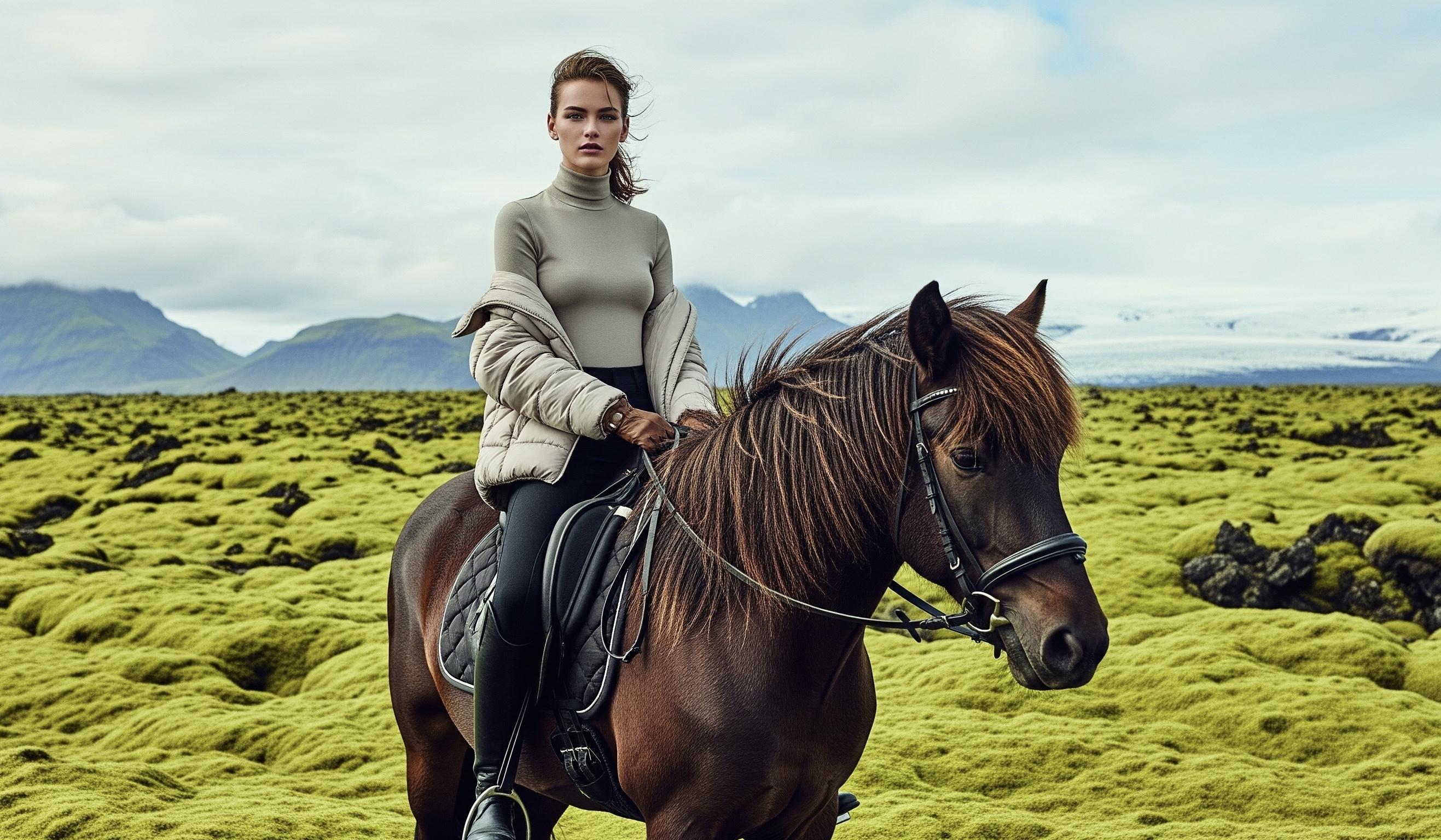
Episode 43.History gives a brand depth, and its objects a timelessness... It is not imprisonment in the past, but heritage and continuity."
I take the kimono with me to the checkout. They don't bargain with time here: the owner writes out a small card with details—district, technique, a range of years. I like "range": it's more honest than "year," because some things have a broader biography than a birth date. She wraps the silk in washi paper, tying it with a flat ribbon; her gestures are like carefully crafted sentences: no adjectives, just strong nouns. I pay and feel a rare kind of satisfaction—not that I've "bought" something, but that I've "entered into a legacy." Outside, it's still snowing; the streetlights cast neat stamps on the white ground. I walk down the alley with a light bag (yes, sometimes a "valuable item" is lighter than air), and a dialogue begins in my head that I feel Jean-Noël and I will have for the rest of my life. "You say history gives timelessness and doesn't imprison us in the past. I agree. But let me clarify: timelessness is when a thing has enough tact not to scream that it's from the past. It just knows how to be present." The final phrase—like a bracelet on my wrist, a click and a period: true luxury is not when a thing makes me different; it's when it returns me to myself—with a correction for depth. Everything else is noise, even if it's silk.
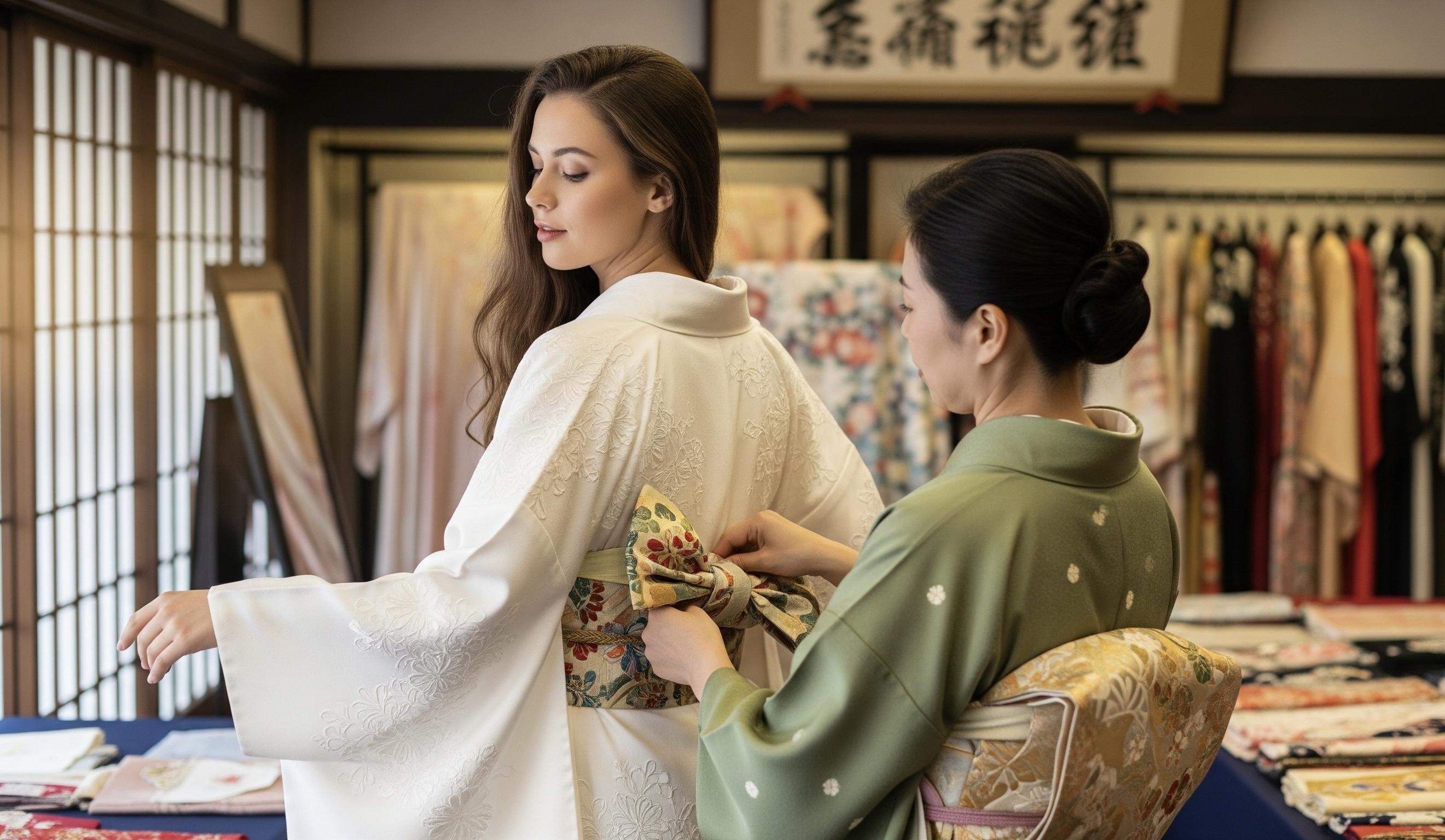
Episode 44. Luxury is the expression of taste, creative identity, and the inner passion of its creator; luxury states without apology: "this is what I am," not "it depends"—as positioning implies.
“Depends” is like a date where you know in advance that the coffee will be your last together, but you leave it at "we'll see" for the sake of decency. Here, on the cliff, "we'll see" doesn't exist, because the sea doesn't tolerate conditions: a wave doesn't ask if its shade suits you—it just is. At the next table, a woman in a jacket of untamed silk holds a glass with two fingers, as one holds farsightedness; next to her is a man in a linen shirt, the white collar an emphasis, not an accent. They talk with their shoulders, and that's the best language of intimacy. I catch myself with a slight jealousy and a useful thought: the less I confirm myself with words, the more precisely the place sounds. It means everything is right. I pull the book closer so the wind doesn't carry my page to someone else's quotes, and I make another thin duplicate of the line—I love a second fitting of meaning. On the edge of the margin, I write briefly: "If identity depends, it's positioning. If it can't be otherwise, it's luxury." I know this hurts some reports, but reports aren't skin. Skin wants truth, not explanations. The sea below is settling its accounts with the stone—politely, but persistently; the boats go into a band of light, and on the water, short white dashes remain—either maritime Morse code or my punctuation, unraveled into a line. I love punctuation because it honestly admits: speech is never smooth. Taste isn't either. I take an olive, it presses against my tooth a little harder than expected, and I think: hardness is also a part of personality; I wish I could work on it as calmly as the bar works on its ice. A cat walks along the railing, as salty as a maritime plate; it touches my leg without asking for permission and disappears, like a good metaphor—just in time. I smile: in Portofino, even cats behave more confidently than some brands. That's what one should learn from the locals—the honesty of small movements. Many expensive houses have a catalog of movements like a grand piano, but the courage of a toy one. I look up at the row of facades and catch myself with another observation: no one here cares "how this looks on a feed." Here, they care "how this lives in the air." I take out my notebook (yes, I sometimes cheat on my phone with paper, old-fashioned and very beneficial to me) and write: "Context is above form. Glass is more honest than crystal if the glass is in its place." The first time I understood this was on a terrace in another country, where the truth of the room defeated the costliness of the chandelier with one precise beam; since then, I check any "expensive" decisions in the same way: does my body temperature change? If not—it's just a thing, not a stage. Identity is about temperature. I take a sprig of rosemary from a vase, bring it to my nose, feel the essential oil, and think of press releases that smell just as strongly, but of nothing. What's the point of explaining if the scent does nothing to my memory? Memory is like skin: you can't talk it into anything, but you can deepen it. That's what the bar is doing without any extra promises—deepening the memory of the place: salt on the railings, the soft clink of ice, a careless streak of light on a bottle, a laughing waiter who knows when to be silent. At some point, I understand why my different "selves" get along here: the woman, the editor, the child. They have one tempo and one task—not to interfere with the coincidence. And then my favorite moment of the evening arrives—a friendly inventory. Which of the things on me says "this is what I am"? The watch—light, without unnecessary complications; the earrings—not "for everything," but for myself; I once bought earrings "for everything" (oh, that terrible phrase!). They lay in a box for three years and taught me the main thing: versatility is boredom's best friend. The dress—one of those that don't have to convince anyone. What's extra in the bag? The fear of being in silence. I subtly take it out and leave it on the table like a blank napkin. The napkin doesn't protest, the world doesn't either. And I feel a lightness, like when you take off a tight bracelet and a soft line remains—a pleasant proof that the thing was there, but it didn't stay. My gaze catches a man in a dark blue jacket by the exit: he adjusts his sleeve, and in the gap of his cuff—old steel, not platinum, not a demonstration, but an object that has survived more explanations than any press release. I smile and honestly admit to myself: sometimes true luxury is not an update, but an upgrade of coincidence. Sometimes—it's not a purchase at all, but the ability to sit on a cliff and not negotiate with the light. I return my fingers to the book again and place a tiny diagonal dot next to the line—my sign for "it coincided." The wind tests the page's strength, but I am stronger than usual—in precision. In my head, five short rules from the identity bar school appear, and I write them down for a future column: first—choose your "this is" in advance and stop apologizing; second—don't confuse "above" and "outside" (they save different souls); third—context is more important than form; fourth—pauses are more valuable than effects; fifth—if you still want to add "depends," then you're just not ready for "I am." I return the pencil to the leather case, listen to the familiar "click" that always sounds like a mini-victory over chatter, and suddenly I have a funny thought: positioning is like trying to please on a date; identity is like letting out your stomach and finally breathing. The glass flares up with light from the lamp, they bring me a couple more olives "for the road"—the bar knows how to thank without checklists—and I understand that today's lesson is over. I get up, place one more dot on the page—a final one, like a tiny nail in a perfectly fitted hem (yes, hem is a word I usually avoid, but here it's about work, not about rumors), put the book and case back in my bag, run my finger along the warm railing—places love a tactile "thank you"—and stop before the stairs for a second not for a shot, but for memory. Below, a dog barks a businesslike bark, at a distant table, someone laughs because they said "positioning" with a face as if it were a dessert; the sea pretends it knows no one, though it remembers us all by our walk. And my final phrase comes to mind—simple, like the click of a bracelet: luxury is when you finally say to the world "this is what I am" and stop checking how that phrase sits on you. If at that moment you stop noticing yourself—you're in the right place. Everything else "depends," and "depends" doesn't work by the sea.
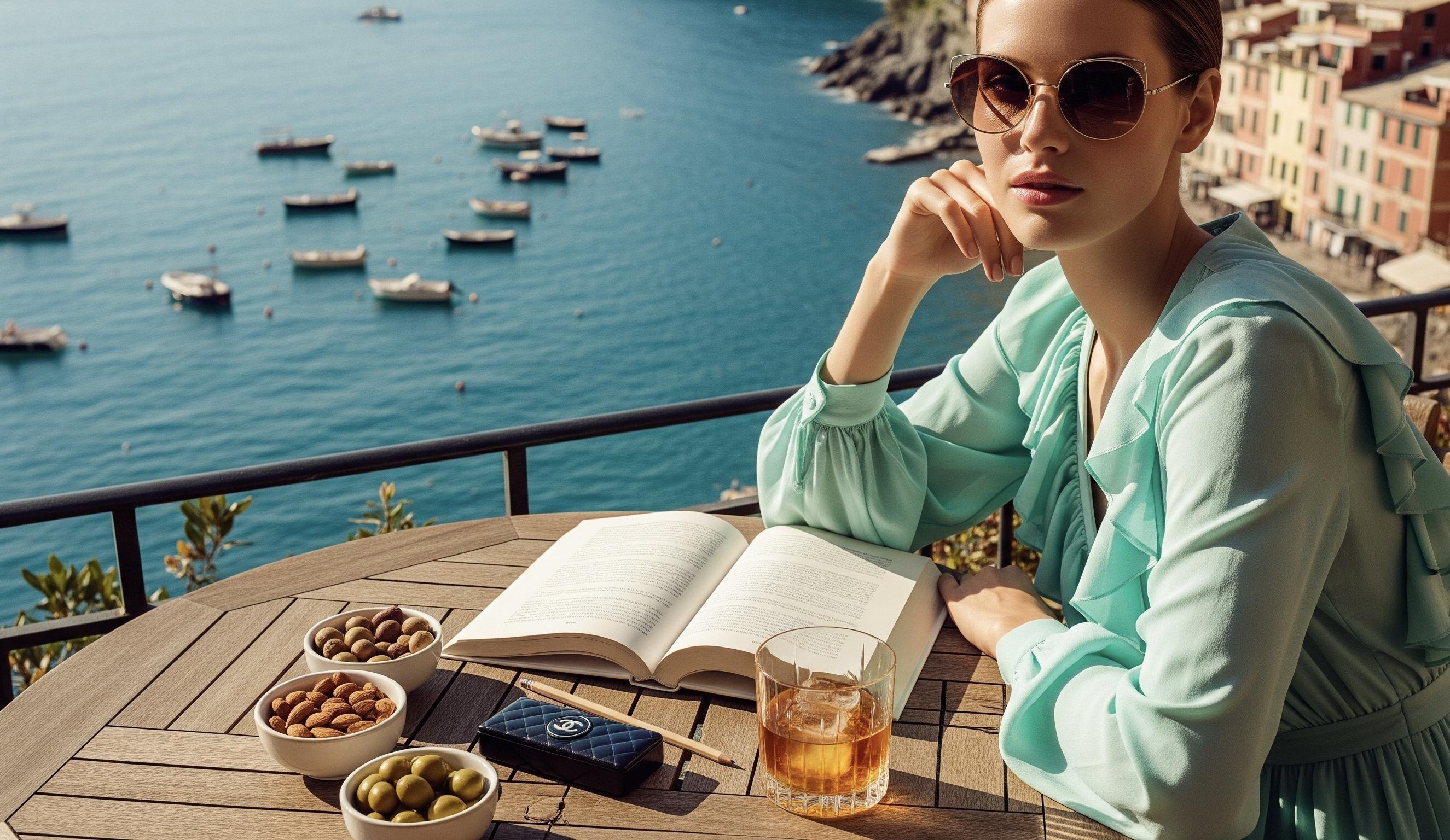
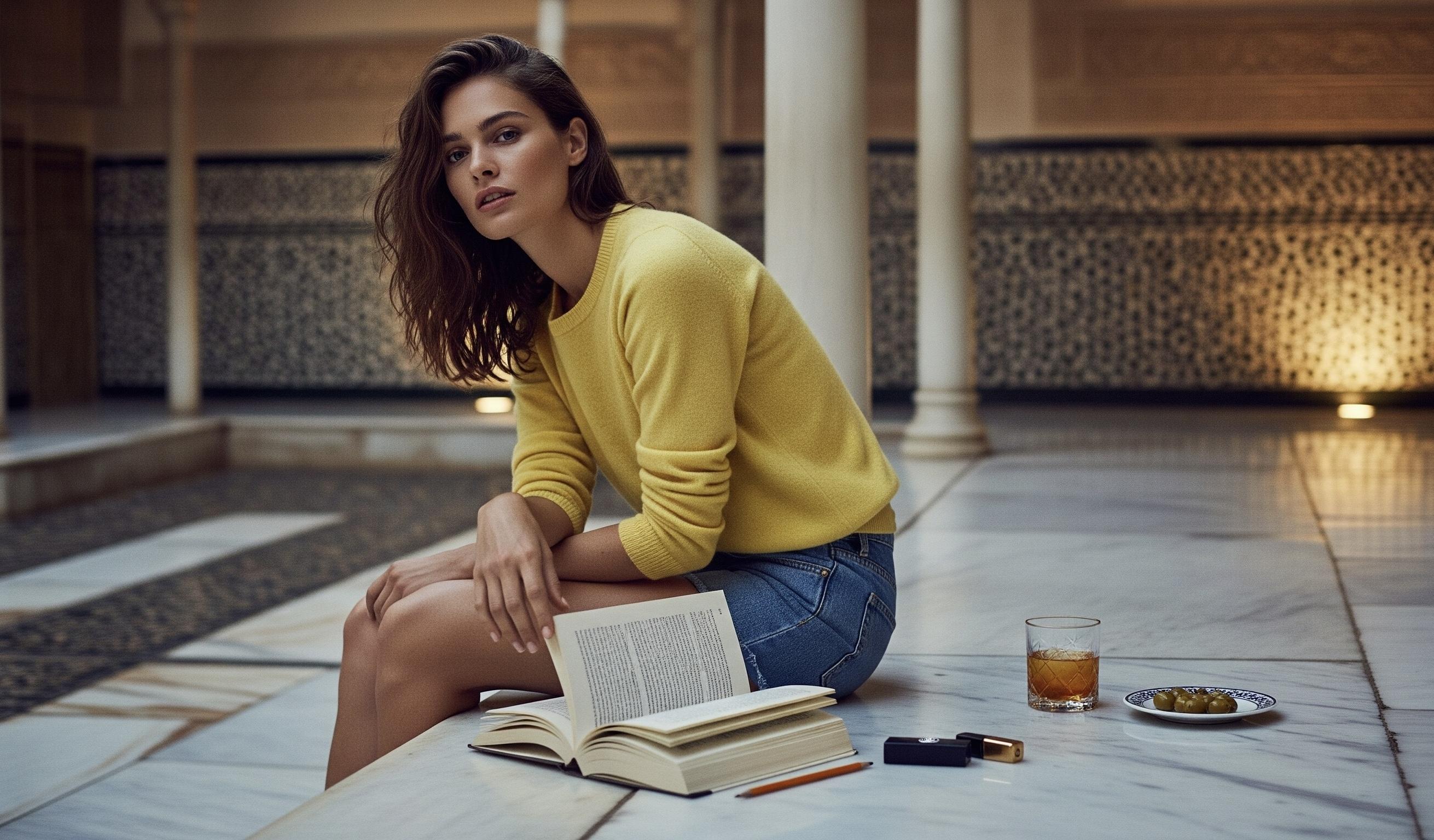
Geneva.

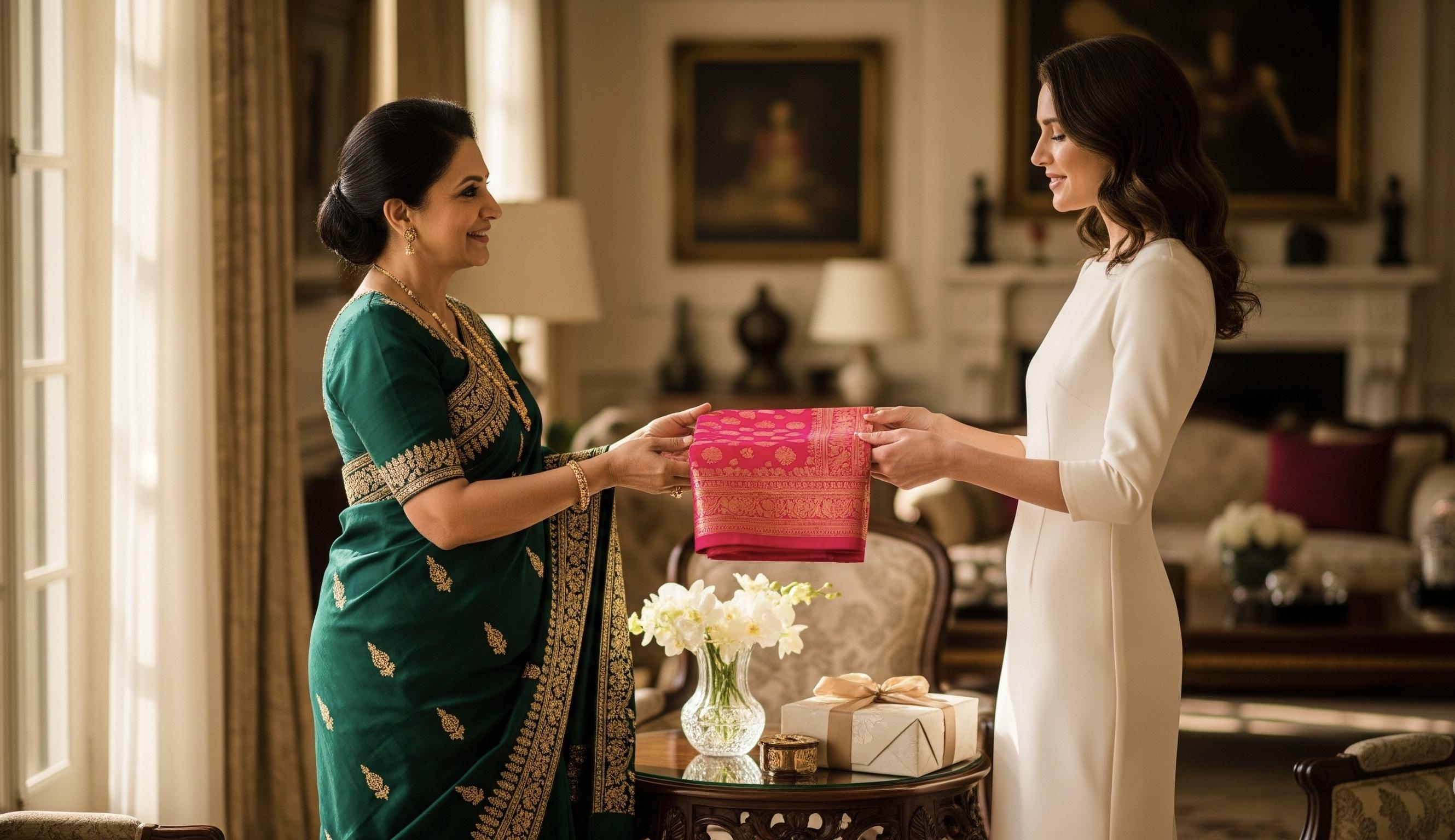
Episode 48.Luxury is elsewhere: it signals the capacity of the buyer to transcend needs, functions, or objective benefits.”
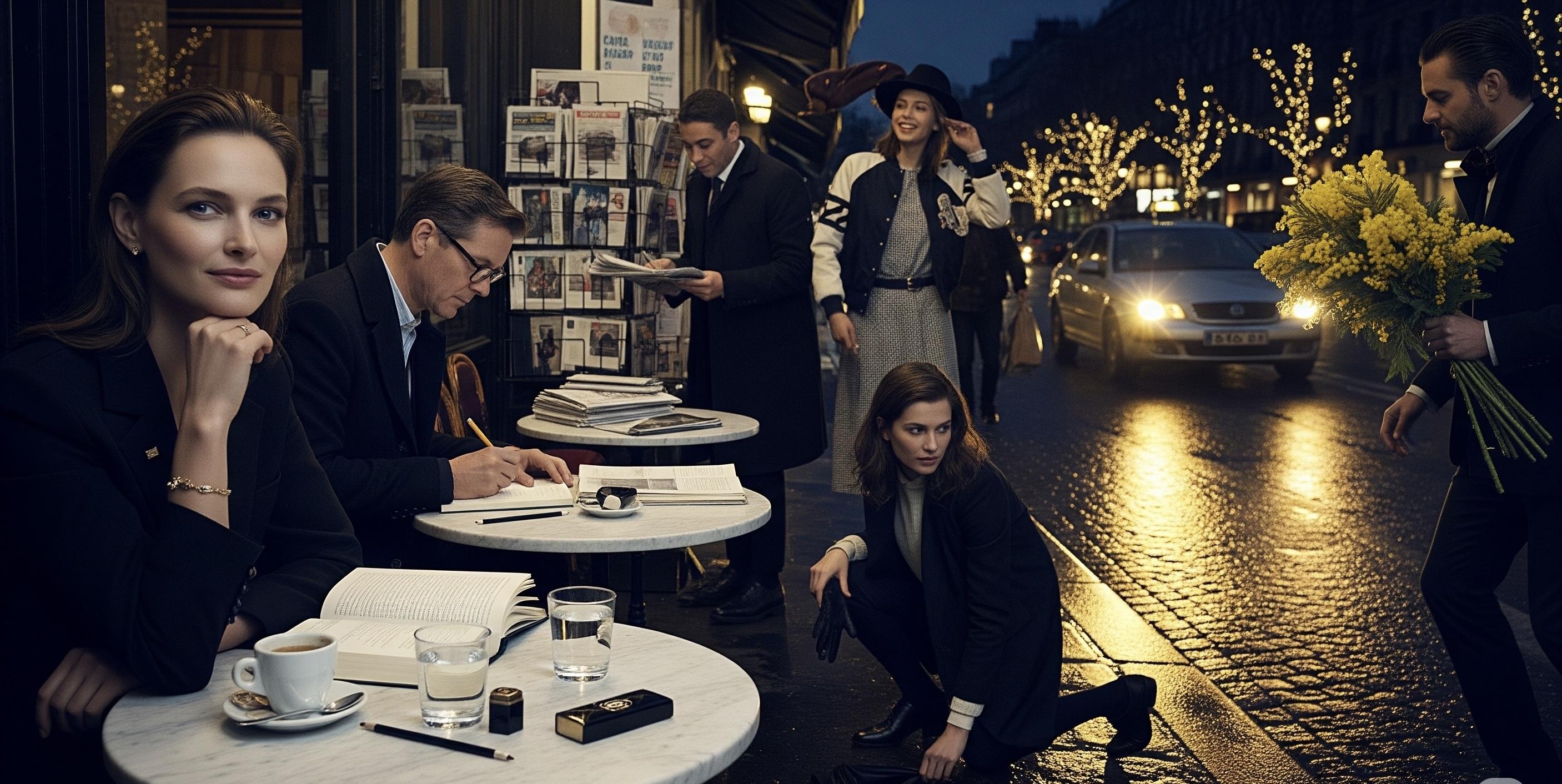
Episode 49.The true model of a luxury perfume is to introduce a single fragrance created to live forever and immortalize the couturier's universe. A perfume isn't "launched" "because it has to be"; it is "introduced" when a new olfactory composition is found that aligns with the couturier's universe.
Next was the office. A window through which one looks not at a view, but at a thought: cypresses, sky, a horizon where silence holds the light like a waiter holds a tray—without showing off. The desk was dark wood with barely noticeable scratches on the edge (the conductor of eternity—small scars); the chair was not a "throne" but a working back; on the wall, star charts with fine lines of aspects; on the chest of drawers, small stones: rock crystal, smoky quartz, a piece of carnelian, lying as if they were comfortable there. On the shelf, sketches: a dress with "a breeze" at the hem, a jacket with "a smirk" in the collar line, a silhouette that knows how to walk ahead of the woman—a rare gift. On the edge of the desk, a paper knife trusted with letters and a wax seal press, as if hinting: "the signature must have weight." And yes, the laboratory. Not the one from the movies with cold blue light, but a real one—warm, disciplined, demanding. A row of tables, bottles in formation, droppers aligned like musical notes. One bottle of rose absolute was open; next to it lay a blotter that someone had left for three seconds longer than they should have (we all sometimes prolong goodbyes). I took another blotter, noted the time on the dial, inhaled—and inside, it became half a degree quieter. Not because of "the rose," but because of the composition: where jasmine whispers, bergamot doesn't strive to lead, and patchouli, in good form, pulls the curtain aside to let the guests in. "This is what it means to be 'coherent with the couturier’s universe'," I recorded in my mind. A funny turn of the day happened by the pool. Tea was served on the terrace—silver without officiousness, porcelain with a thin black line along the edge (I love this punctuation mark). My friend was setting up her camera, the wind blew an olive leaf onto the water, and it floated along the edge, like a small green comma. I leaned over to get it (yes, a heroic act of a "nerd saves punctuation"), and at that moment, a sliding drawer on the serving table opened: a spool of gray "poignard" ribbon took a step—I have no other word—and rolled toward the edge. The waiter and I simultaneously snapped into action—he with his hand, I with my elbow—the ribbon gave way but flew onto the table into the laboratory corridor. For a second, I imagined a light apocalypse: gray ribbon zebras on the floor, feet in white soles stepping on them, and it all turning into a "Fall/Winter Ribbon" installation. But no: one of the assistants, a girl with a teardrop earring, caught the spool with the edge of her palm. "Vignette," she said, and put the ribbon back in its place. I thanked her with my eyes and thought that luxury is when even saving a spool looks like choreography.In the guest pavilion, a small ritual was arranged for us. On a table, a sheet of white paper with a grid was laid out, along with a bottle of alcohol, a few dropper pipettes, and—attention—they brought out the ribbons. "We are not making 'a perfume for you'," the perfumer said, "we are making 'with you'." She looked at me as if clarifying punctuation. "Choose three words that resonate in your body today," she asked. I wrote: "garden," "star," "silence." She smiled (and somewhere under the table, my inner metronome clicked): "Good, then rose for garden, an aldehydic spark for star, iris for silence." Three drops, two, one; alcohol, air, a pause; the blotter lay on my wrist like a soft bracelet. I didn't try to find "myself" in it; I tried to hear "us." And it felt surprisingly right (a new test: the photo became unnecessary—my memory would handle it). In the bow-tying room, they taught us to tie them "by the book." As a person who could only make "bunny ears" as a child, I progressed to the "dagger" shape in three minutes (the secret, yes: don't pull, but invite). At that moment, the archive keeper entered—one of those women who knows where the past is, not to show it, but so it helps the future fit. She brought a small box of old white labels on thin vellum paper and placed one on the table, next to my book. "Take this blank one," she said, "when you write, put it under your hand. Writing on a smooth surface is an excess of coddling." I placed the sheet under my wrist and felt my hand stop getting tired (a rare magic—the right support). "Jean-Noël," I mentally continued our conversation, "your theory is correct: to 'introduce,' not to 'launch.' But here's what I'll add from the field today: an 'eternal fragrance' isn't just held by its formula, but by a ritual that makes the guest a co-author. Three words. Three drops. One bow. A few stars above the table. And a person leaves not with a bottle, but with a role." (An ironic note: the role is the best packaging.) By evening, we returned to the office. The light receded behind the cypresses slowly, like someone who doesn't want to ruin a good conversation. I opened the book again, drew a second line under "made to last forever," because my inner editor loves a second take, and wrote in the margin: "Luxury is when a perfume is not written for me, but with me." I ran my finger over the edge of the table—the wooden roughness echoed a quiet "yes." For a second, I wanted to ask the window: "How many stars did you see when the heart note was chosen here?" The window was silent; it was so silent that I heard the answer. Before leaving, they showed us a small room with an olive press—not a museum piece, but an honest mechanism trusted with oil. On a small table was a bottle with a green flourish of glass; next to it, a small bowl and a piece of tomato with a pinch of salt (not bread, I promised, I keep my word). I tasted the oil, and it had the flavor of smooth work: a bitterness at the end, like a period; a greenness, like an interjection; a roundness, like a kind epilogue. A taste that proves nothing, but explains everything. We went out onto the terrace. The sky had accepted the house on its own terms: a blue that likes to behave like dark silk; a wind that doesn't argue with dresses; cypresses that can hold a vertical without pomposity. My friend clicked her camera exactly once—for memory, not for PR (yes, memory doesn't like burst shots). I put the book in my bag, snapped the case shut—my little applause for the scene—and lingered for a half-step at the railing. "What will you take away?" the keeper asked. "A few periods," I said. "Two graphite ones in the margin. One in the throat of the scent. And one in the place where the bow holds the neck of the bottle." She nodded, as people with their own internal editing room do. In the car that took us back to the road, I looked at my jotted pages. The underlined Kapferer formula looked like a strict skeleton. Next to it, my remarks, like muscles and skin. And I formulated my final thought: an eternal perfume is not about pleasing everyone tomorrow; it's about making it impossible to be anything else today. Three words. Three drops. One bow. And a house that doesn't "launch," but "introduces." The final thought clicked on my wrist like the clasp of a bracelet: true luxury is when you are not asked to choose between "yours" and "theirs," but are invited to write a shared "ours"—with thin strokes, precise pauses, and a single ribbon tied without effort.
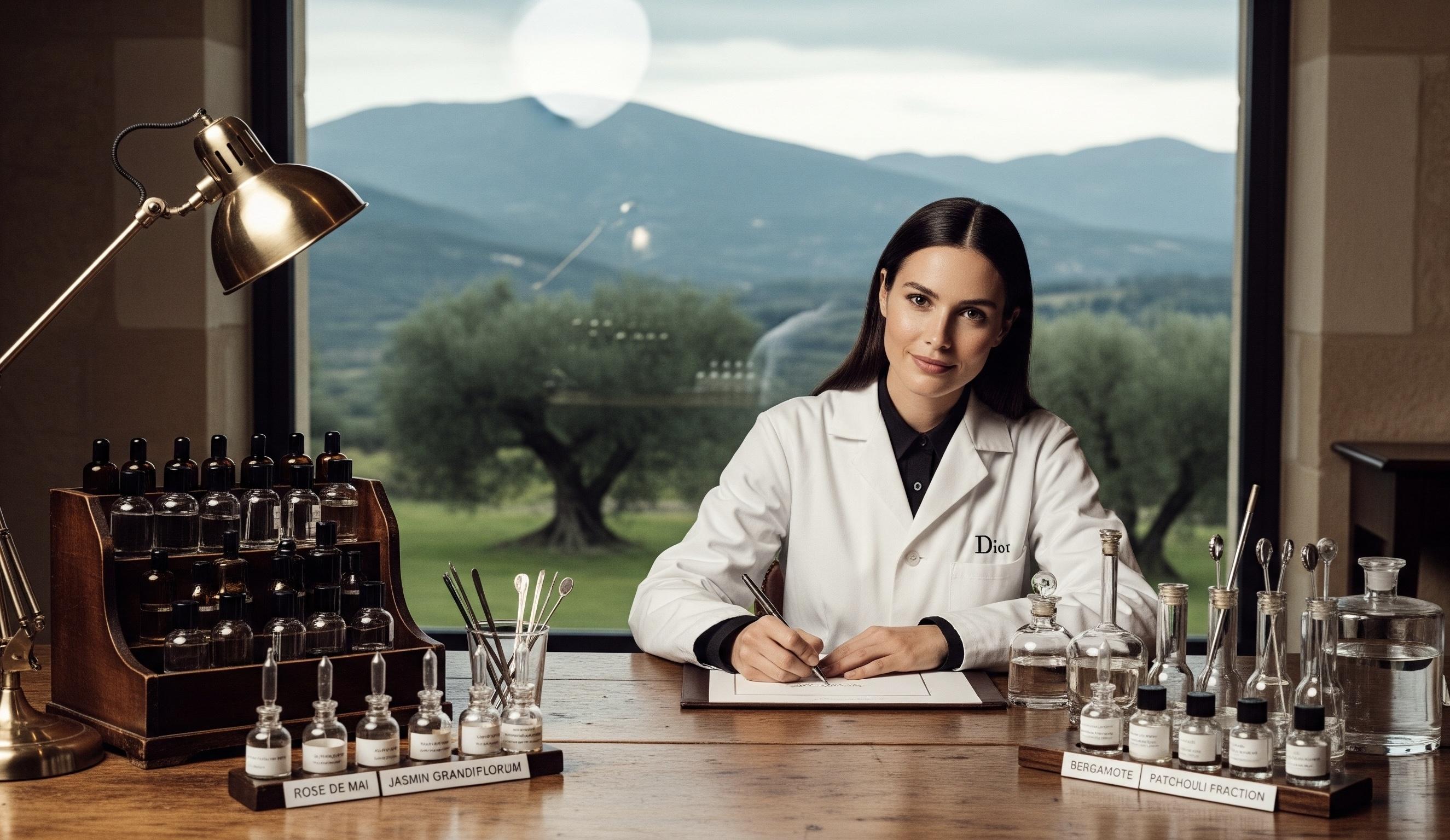
Episode 46.The true nature of a luxury item is revealed like this: when its experience awakens all the senses, the memory remains strong and is easily recalled. If this is not the case, a way must be found to prolong the life of the memory; the simplest and most practical is to give the person a "souvenir object."
A Tanzanian evening gathers people into a circle with the same confidence a master uses to gather fabric into a soft drape: without fuss and with respect for the rhythm. The bonfire crackles economically—only the necessary sounds, not a single extra spark for effect (fire, honestly, is the best art director). Scents layer themselves: dry grass, milk "one second before it boils over" (yes, that exact moment), the warm dust of the road, and the sweet skin of a date on your fingers. Women sit in a semicircle; each has her palette: an enameled bowl of beads, a spool of thread, small scissors with rounded tips, and a laughter that keeps time better than any metronome. I sit down and lay out my constant companions: my Kapferer book and the worn leather Chanel lipstick case with my pencil. A short click—my small gong: "the stage is open." I open the chapter on memory and the "souvenir-object" and draw a graphite line under "the memory remains strong and can easily be recalled" (straight, without fuss, like a hem that no one will see but everyone will feel in the way they walk). A second, thinner stroke goes under "offer the client a souvenir-object." The case clicks again, the book remains open—let the wind turn the pages as it wishes (the night has good editorial skills, I don't argue). I'm given a thread the color of the night itself and a handful of beads: milky white, amber, azure, and those red ones that look like a period in a good sentence. My first rows are too obedient, like a straight-A student in her first dance class: everything is correct and completely uninteresting. The woman opposite, who has a bracelet on her wrist with tiny white "teeth," takes my fingers and moves them half a centimeter higher. "Don't pull—ask," her hands say (without words, but it's clear). I try again—and I hear with my fingertips: the beads don't fall, they settle into their places. The fire shifts and throws a spark onto the edge of the page. A reddish dot—a tiny "approved by the evening" stamp—remains in the margin. I blow the ash away and smile (expert authentication from the fire—why not). A song begins without announcement—one woman raises a note, a second one picks it up lower, a third adds her shoulders, and suddenly every movement has a shadow. The clicking of beads against a nail is the sound of tiny agreements. Someone, without looking, spills another handful of amber into my palm—"for the pauses" (I love how in this circle, pauses are considered an ingredient, not a flaw). I fall into the rhythm—and then the first sharp turn happens: my neighbor's bowl tips, the beads scatter across the grass, and the night turns into a starry sky, only in reverse. We silently crawl to gather them (yes, dresses can be made for grass, not for carpets), laughter works like a lantern—everything finds its place faster. A small dog lies down nearby and growls at a particularly stubborn red bead—he's a bit of a rhythm critic, I make a mental note. When we return the beads to the bowl, one of the women, the one who sings low, changes the melody, and on that descent, a long meteor passes over the savanna—not a theatrical lightning bolt, but a quiet, stubborn trail. A pause arises on its own, like a breath; the bonfire looks at the sky, we look at each other. (Jean-Noël, here's an "enigmatic message" for you: not deciphered immediately, but works instantly.) I am treated to sweet tea. Sugar dissolves faster than any trend becomes obsolete, and there is a merciless truth in this thought: memory works on temperature, not on hype. I take a sip and return to the thread. Moving more slowly (my favorite luxury—pace), I catch a micro-defect: the knot hides its tail too short and tries to come undone. The older woman, who has a mole on her cheek the size of a bead, hooks the little tail with her nail—just barely—and nods: "Like this." "Leave the trace of the repair visible," she whispers. I smile: it seems to me this is a law that should replace half of all presentations—"the trace of a repair as part of the design" (yes, designers, are you listening?). They hand me a handful of red ones—"for the road"—and for the first time this evening, I allow the pattern to deviate from the "correct" one. I place a red bead not in the center, but half a step to the left, where the eye will want to return. The bracelet immediately finds a voice. The wind turns my book to the next page (that's how the evening pretends to be an editor). I hold the spread down with my palm and place a tiny diagonal dot next to the first stroke—my sign for "it matches." The night works on the senses more carefully than any boutique: the skin is warmer, the hearing is wider, the gaze is more honest; it feels like a slogan is about to appear, but no—a pattern appears instead. The second unexpected turn comes from someone else's hand: a little girl who had only been humming before, silently changes the order of my last three beads—a white one between two blue ones—and the pattern suddenly straightens, as if it has been given its breath back. "Why like that?" I ask with my eyes. She smiles: "So you remember." (Here it is, the "souvenir-object" without a store: a gesture as a memory.) I lift the bracelet to eye level—it is already looking at me, not at the thread, and I catch myself doing my usual check, but in a new formula: my shoulders have lowered by half an inch on their own—that's enough of an argument. A little later, minor drama number three happens: a thin, dry twig falls into the fire, sparks leap up, and one lands exactly on my red bead—the one that was "to the left of center." It crackles like caramel (I hear it and laugh), doesn't get ruined, but only gets a shade warmer. "Now it's truly yours," says the woman with the mole. Sometimes chance is better than any personalization. The song continues—it becomes almost conversational, and I finally understand what note I want to leave in the margin. I take out my pencil (yes, I hold it tightly, Paris taught me not to make a thriller out of it), draw a second thin stroke under the same phrase, and write a short note: "souvenir-object: a knot + hands, not a receipt." The case clicks—my small applause for the scene—and I get back to work. On the horizon, where the grass lowers its voice, a short laugh flashes—is it a jackal, or the night recognizing itself? Someone takes out a small drum; the beat is soft, like a pillow for the lower back—it doesn't set the rhythm, it relieves a spasm. And then an old woman in a bright headscarf does something I haven't seen in any manual: she weaves one bead "out of pattern" into my design—half a step to the left of the correct left. "So it can be found when it's lost," she says. I nod too quickly (yes, I understand without translation): a design should leave a pocket for an accidental find, otherwise there's nowhere for memory to park. In scents, it's called air; in text, it's a margin; today, it's a red dot out of line. We laugh because it suddenly becomes clear why we are sitting by the fire at all: not for a bracelet (bracelets can be bought), but for the feeling of being "half a degree quieter inside." I love this quiet calibration—without pomp or reports. The bracelet is almost ready, and then the climax arises—not dramatic, but of labor: the knot on the clasp is stubborn and doesn't want to lie beautifully. I try, I pull (yes, the old habit of "by force")—it turns out crude. The woman with the white "teeth" takes my fingers and shows me that same micro-movement: "don't pull—ask." I repeat it—and hear my favorite micro-sound: a short "click" of agreement (not metal, but agreement). The knot becomes kind. Kind knots hold better than angry ones—a fact that, for some reason, isn't included in instructions. I look at the book again—the wind has quieted, the pages lie like a dress "after the second fitting." I place a tiny diagonal dot next to the double underline (my system: first—"understood," second—"experienced," third—"embodied"). And I write in the margins in parentheses (I love parentheses, they're more honest than headlines): "Memory is not an archive; it's living muscle. Exercise it with ritual." My ritual is simple: open the case, click, draw a line, sing one verse, tie one knot. This is enough for the evening to remain not "somewhere out there," but "within me." A plate of dried fruit returns to the circle, the girl pushes it toward me—the metal plate jingles like thin laughter. I take one dark slice and leave another on the plate on purpose (yes, I love small "no's" as a reminder of choice). The old woman looks at my bracelet and says very quietly: "Now you will be visible in the dark." This is the best formula of the evening: not "expensive," not "rare," not "unique," but "visible in the dark"—which means, heard by hands. We say goodbye the way women do in all countries: someone straightens my pattern, someone hides the knot's tail inside, someone puts the bracelet on me over my sleeve (the arbiter of elegance is always the sleeve, not bare skin). I thank her with a short nod—words are clumsy here, gestures are smart. The book goes into my bag, the pencil into its case (click), the bracelet on my wrist. And here is my final, calm, precise conclusion for today: luxury is when memory lives in a gesture, not in an invoice; when an object knows how to sing your melody in the dark, even if you've forgotten the words.
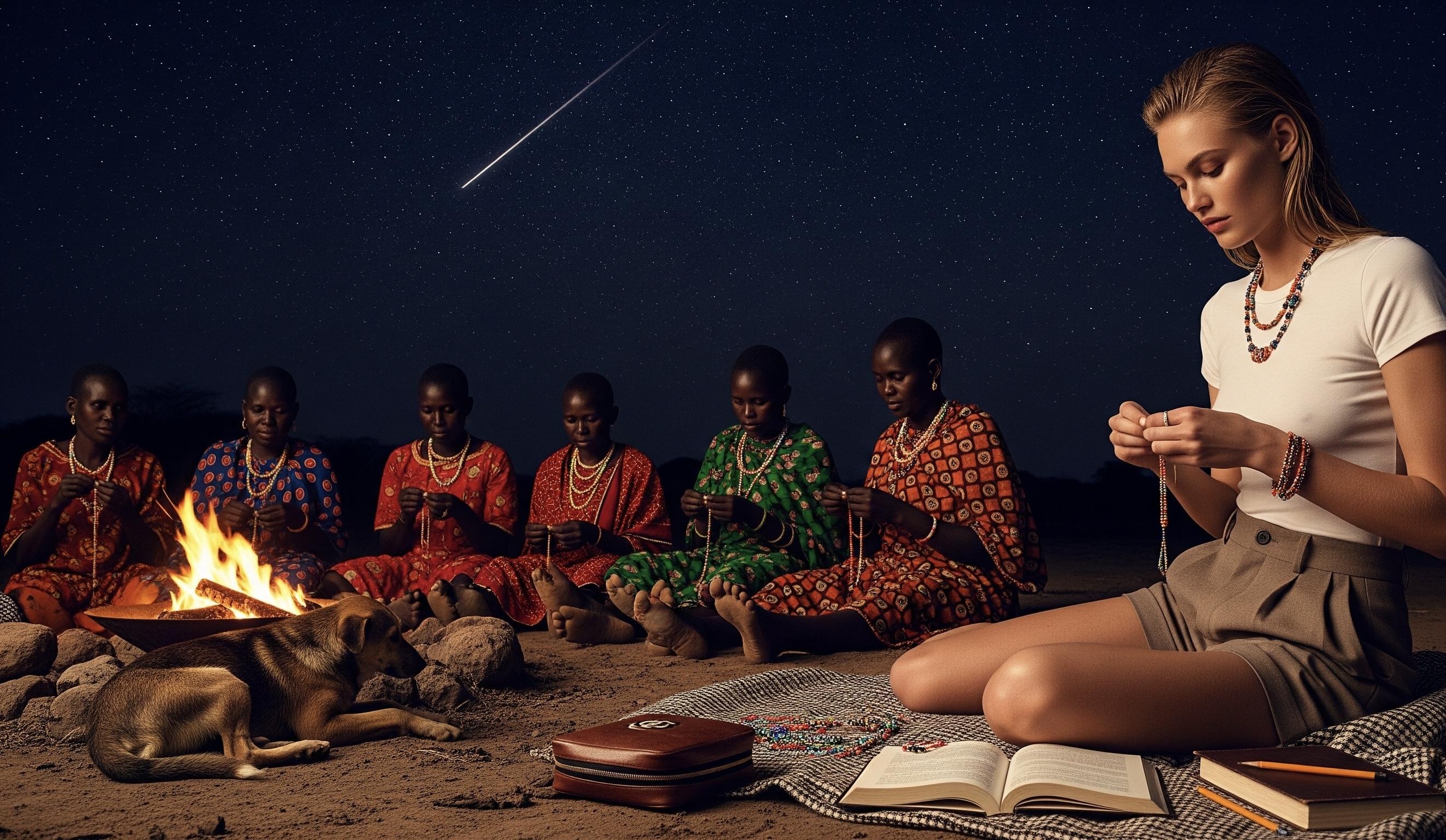
Episode 47.Craftsmanship isn't luxury until it's socially encoded and carries taste, or even art.

Episode 48.In luxury, you first "sell" the person, and only then—the thing.

Episode 49.The fundamental paradox of luxury: the dream initiates the purchase, but the purchase destroys the dream.
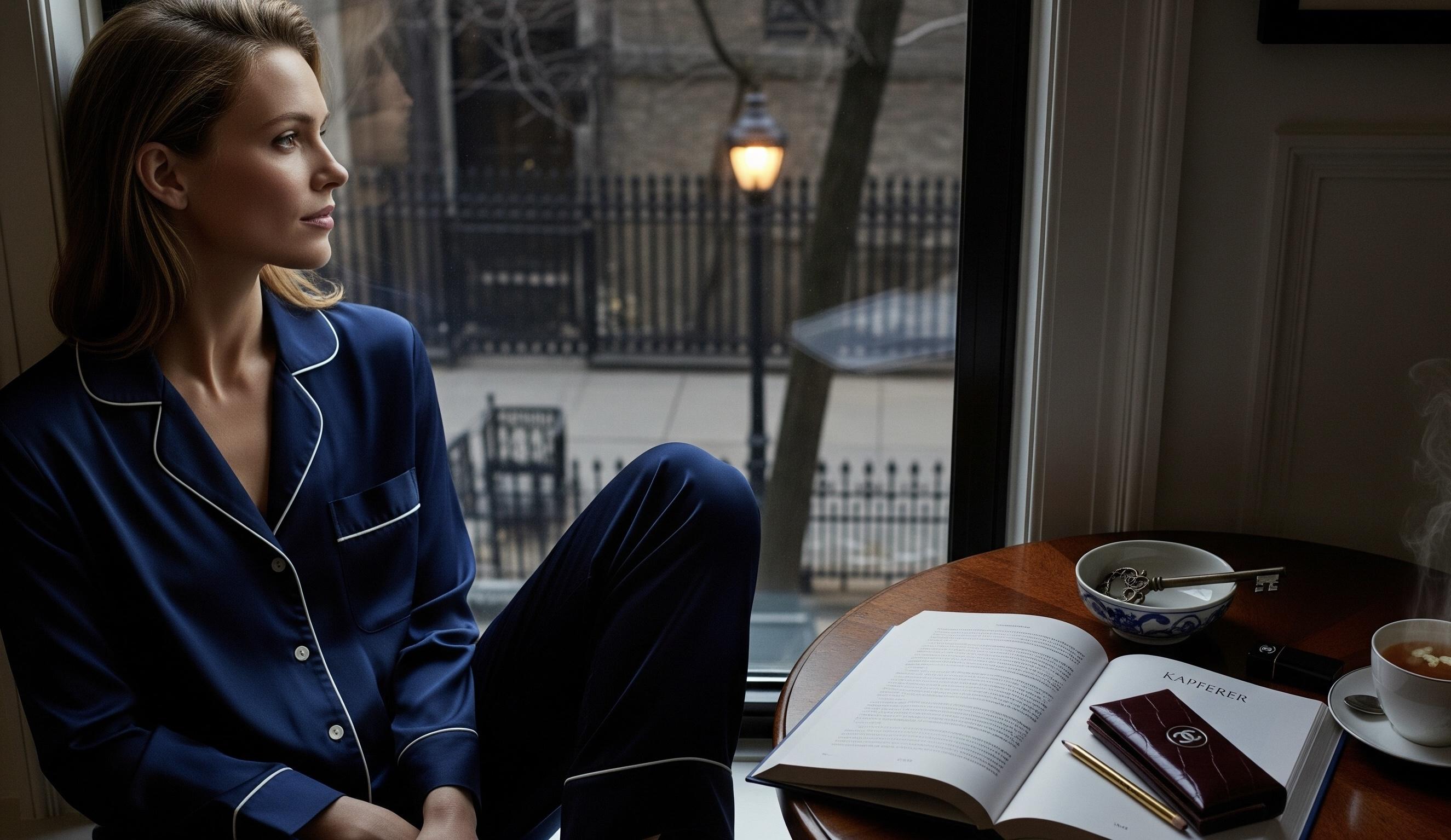
Episode 50. A store is a showcase that displays goods; it should not just exhibit them, but place them in context. It is a stage on which the brand's universe is enacted, where salespeople are actors and the audience are participants.
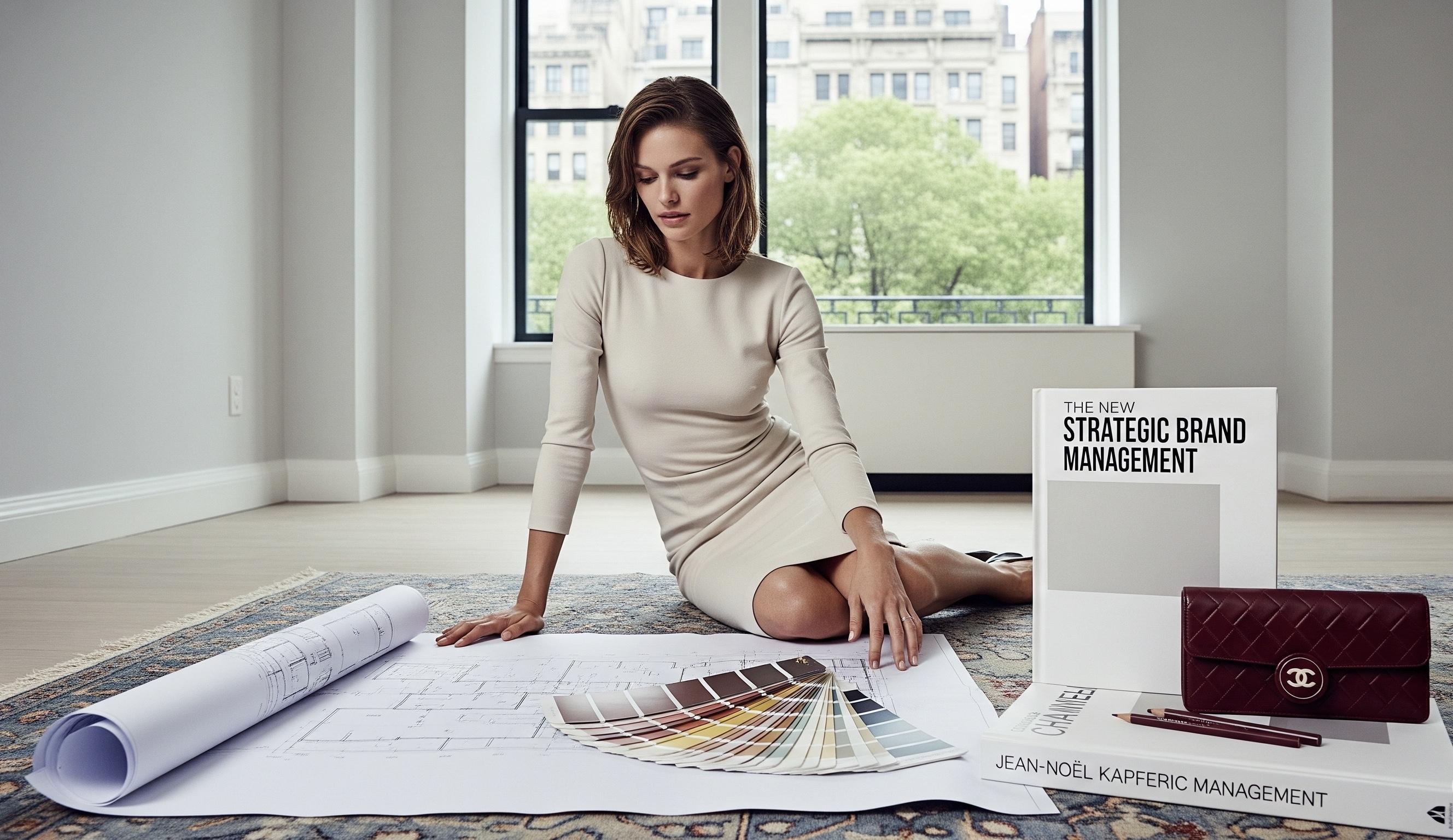


Episode 51.Luxury takes as long as is necessary to create things of the highest quality that are capable of providing experiences.
After lunch—their shop-room: shelves with bags of coffee, each signed by hand, with dates, lot number, height; next to them, chocolate in embossed paper—70%, 72% with pineapple and pepper, 80% "night harvest," and small bars for children with a drawing of a sloth. In the corner, ceramics: cups, bowls, small plates for salt. I sit on a low bench, take out Kapferer, place it on the table, and unhurriedly choose my purchases: three bags of coffee (the washed batch with jasmine, the "honey" for morning kindness, and the experimental one that laughs without hysterics), four bars of chocolate (classic 70%, with pineapple, with coarse salt, and the "night harvest"), and—most importantly—six cups and two flat plates. One is white, with a light rim the color of ripe lime. The other is like a sea wave, frozen halfway. "For New York," I say, "so your evening can have a conversation at my place." I pay with a card, watching for a long time as the paper embraces the objects, and remember my formula for purchases: "if a thing doesn't ask for a like, it will stay for a long time." "What about Panama?" the wife asks when the boxes are already tied with a linen ribbon. "We have business at the border tomorrow. Would you like to come with us to the coast?" "Wanting isn't enough. I'm already in my shoes," I reply. (In my head, maps are always next to shoes.) The morning begins with the drive to the Caribbean coast: cars are rare, the vegetation is dense, like the brew at the bottom of a long day. We leave early because I love to see consciousness wake up with the road. A white convertible—not a "show," but a workhorse of their friends, with a matte steering wheel from time and a very honest engine sound. The wind tests my hair's flexibility, I secure it with the Prada hairpin and tie a thin scarf around my neck—to have a conversation with the sun. In the back seat, a woven basket with a bottle of water, mango, a bag of dried pineapple, my box of Raf Bars, and—strangely—a small first-aid kit where instead of pills they keep chalk: children love to draw on the asphalt when adults are talking to border guards. "Here, the border isn't a line, but a dotted line," the husband says. I write down: "A dotted line is the best format for plans." We're not going "to Panama" for a stamp; we're going for the feeling of the edge of the map. Such trips have their own taste: lime, gasoline, salt, dense green. Along the way, we stop at a small house with multicolored walls: a vendor in an orange dress sells cold coconuts and banana pies. I take out my Bugatti spoon—it's funny, but the coconut flesh suits it like fur suits the north. We laugh. (Spoons are the diplomacy of textures.)
The coast greets us like an eternal friend: a sound that doesn't tire, a light that doesn't press down, and sand that tolerates any doubts. We take off our shoes, walk along the edge, and the wife tells how they started: they rented their first drying beds from a neighbor, argued with the rain, lost two batches out of five, and then learned to negotiate with the night wind. The husband adds: "I'm not an idealist. I just love processes where mistakes are well-behaved." I, of course, smile. Luxury is when mistakes are truly well-behaved: they apologize and leave, they don't sleep on your couch. The border is a low bridge and a checkpoint with a schedule that knows what lunch is. We don't cross—we just stop to watch the people who walk with bags and return with something fragile in their hands. Sometimes I dream of measuring countries by the speed of their border guards' kindness. Here, the speed is slow but warm. We return to the beach, sit in a small cafe where the chairs aren't afraid of water, and I open Kapferer again—not for a report, but like putting on a glove for a thought. I underline the word "experiences" and write in the margin (and next to it—a small heart drawn with the Chanel pencil): "Today's experience smells of cacao, salt, and damp wood. You can't buy it whole—but you can buy objects that won't betray it." On the way back, we stop in a small town with a Saturday market. They sell white sheets with blue embroidery, handmade blankets, small pillows with coarse linen cases. I touch the fabric with my fingers—I always have one test: if the fabric responds with coolness and a ringing sound, it's a "yes." I buy a set of sheets because bed linen is not a whim for me; it's a language. (In New York, I have Frette and Pratesi, but I love it when the memory of a trip lives next to them, not as a magnet, but as a night.) I also buy two ceramic espresso cups, one a deep green, the other the color of a milky sky. When we put the purchases in the trunk, I whisper to myself: "now this trip has furniture." In the evening, we return to the farm, and the house smells as if it knows how to infuse time. The wife places a clay teapot on the table, we brew local herbs, and I take my small spoon out of my bag—not to stir the tea, but to place it beside me like an anchor. Just before bed, I take a thin knife, cut one piece of the "night harvest" chocolate, and close my eyes. In the darkness, the taste becomes a landscape: first the shore, then the forest, then a warm rain. I don't feel like talking—and that's a rare grace. (I know how verbosity betrays impressions; sometimes the best compliment is a silence that isn't tired.) That night, I sleep under a light sheet, and I dream that every cup has a name, and every bean has a biography. In the morning, I wake up to a sound I will cherish for a long time as a trophy: the thermometer of rain, tapping out a new chapter. I fold my things—neatly, like arguments. The Hermès lipstick goes into a small holster next to the pencil; the Prada compact shimmers like clarity; the hairpin is ready for any wind; the Raf Bar—for "a case of sudden tenderness." I put on a white The Row shirt, Loro Piana shorts, Celine sunglasses, a thin bracelet—without pretense, and a watch that I set to local time with the feeling that I've been accepted into a club: not because I'm important, but because I know how to listen. Before leaving, we say goodbye by the drying beds. I take the boxes of coffee and chocolate, the bag of ceramics and textiles, the husband places a small package "for friends" in my hands, the wife—a cardboard with a recipe for local hot chocolate (no milk, just water, cacao, a pinch of salt, and a drop of oil—"so the flavor floats, not sinks"). I thank them and promise to return—not as a tourist, but as a person who already has a part of her home living here.
In the car on the way to the airport, I open Kapferer to that same page, draw another line—light, diagonal—and I realize that this time, the phrase has stopped being a quote and has become the weather. It's like the humid air of Costa Rica: everything around is about time. About roasting time, rain time, the time of people who aren't afraid to wait; about the time of my life that doesn't want likes but long sips. And I think: if luxury really takes as much time as it needs, then my task is not to rush it or explain it. My task is to choose those objects that know how to store time, not spend it. This is my way of buying correctly: so that things don't embarrass memory. (And memory is my most expensive wardrobe.)
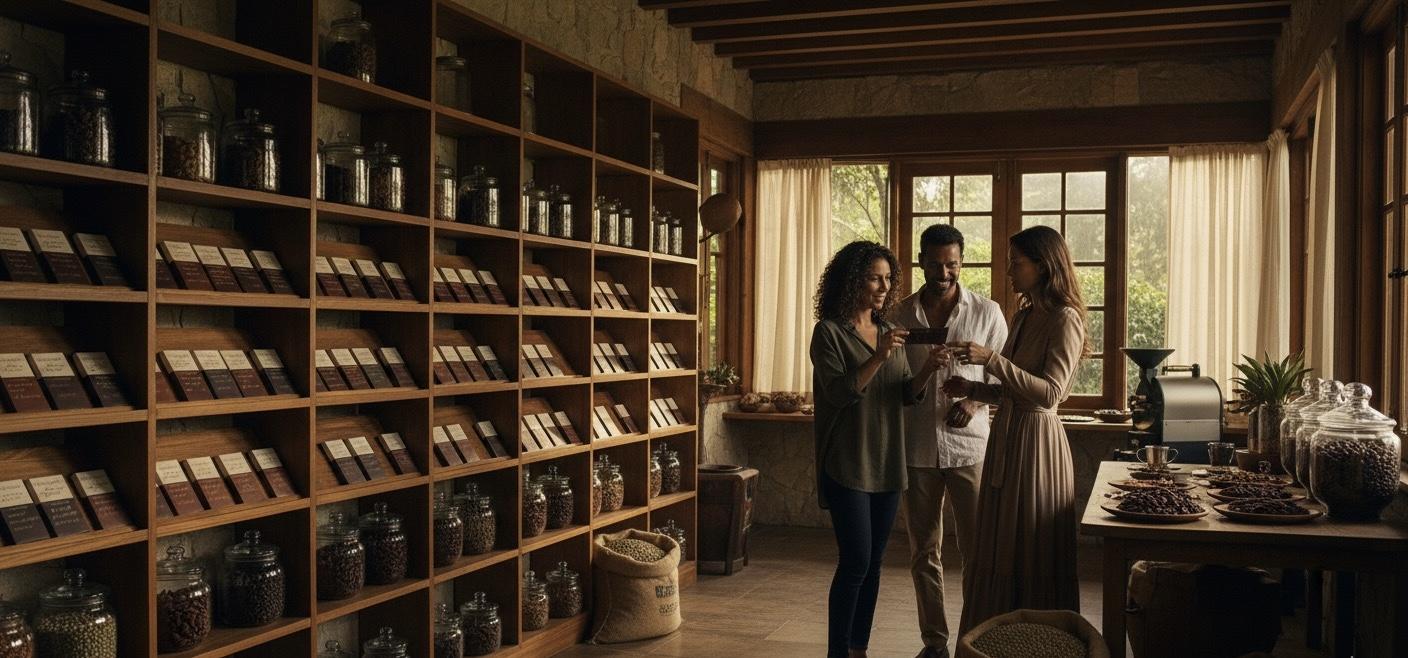
Episode 52. Luxury’s “non-comparative” dimension should not be underestimated: it explains how luxury is sold and how it is talked about.

Episode 53. Luxury does not rush; it has time.
I was given a key as if it opened not a door, but an age: heavy, cold, with a ward that knows the rhythm of others' prayers better than any metronome. I hold it in my palm and hear Rome—not the touristy, postcard version, but as it sounds when the streets exhale, and the windows of libraries become eyes that see only those who have come without cameras. The monastery library accepted me into its half-light like a museum receives a restorer: without coddling, but with trust. The brother on duty, thin as a reed, showed me a candle, an hourglass, and a narrow bed by the window. "The night is yours. The silence is too," he said and left, leaving me alone with the oak shelves and the smell of parchment that knows how to smell like rain, like leather, like a promise. I laid out my things on a small writing desk, where the wood had been polished by others' elbows to an even sheen. I had my usual set: Kapferer's book, an old pencil in a worn leather Chanel lipstick case (yes, the very one—with a memory for lines and a character that doesn't argue but emphasizes), a thin notebook, and a small travel-sized bottle of my favorite perfume—not for effect, but for myself (sometimes a scent is a password to a thought). I carefully lit the candle, straightened a cashmere pashmina on the back of the chair (let it absorb a little of the monastic cold—luxury loves a dialogue of temperatures), took off my rings and placed them next to the hourglass, like two commas between theses. The city breathed evenly behind the old glass, without advertising; the towers tolled not according to the schedule of tourist tours, but according to their internal geometry. "Luxury takes its time," I read again and drew a line under the phrase with my pencil; in the night's silence, this modest gesture sounds louder than any presentation. (Jean-Noël, you would smile: sometimes a single thin graphite groove disciplines the universe better than an entire marketing department.) I came here with a very worldly task—to check my speed. For the past few months, I've been flying between cities, collections, and dinners as if my calendar had no days, but freeze-frames: New York—Milan—Paris—Geneva—and back to New York. I was brought coffee in glass jars, sent silk in boxes with magnetic lids, and all this combined into a beautiful but suspiciously smooth travel reel. Where was I in it? Where was the time in it? In the monastery, time is handed out without packaging—take it and chew. I walked along the shelves. The titles rustled in Latin and Italian, like the rustle of a dress lining: "Commentarii," "Historiae," "Bestiarii." I stopped at a folio with embossing; the binding was a beautiful scar—scuffs on the corners, thread stitches that didn't try to be invisible. (Some fashion houses should learn to age like this—not to disguise, but to show their seams.) I returned to the table, lit another candle—not for romance, but for business: luxury always has a minimum of effect and a maximum of lighting for its content—and I opened the book to the chapter on time. "Luxury embodies time," the pages whispered. I smiled: today, time is not an accessory, but a co-author. On a shelf by the window lay bookmarks—strips of thick paper, each with someone's initial. I chose the one where a hand had drawn a thin "A": maybe it was Antonio, or maybe—I always have a weakness for beginnings. (Yes, I call a bookmark a beginning—there's something correctly wrong about that.) The sand in the hourglass flowed lazily, like cream in a silver spoon—without haste, without pretense. I have always been a person of the present tense: I love quick edits, I love going out to the public without unnecessary rehearsals. But nights like this remind me: in luxury, "fast" is a syntactic error. The most beautiful things require endurance: character is not stitched by a machine, but by hands, and the thread is not polyester, but patience. I think of the jacket I picked up this morning on Rue Cambon: not a single extra inch, not a single flattery. We agreed that it would be silent for me in Geneva. (Sometimes the right thing is a translator who knows both languages: yours and the world's.) The jacket waited six months for me, and I—for it. And here I am in Rome reading about time and understanding why this dialogue was so right: we were betrothed by a delay. Not an installment—deferred happiness. I moved the hourglass—purely out of malice, to test myself: am I calm enough to watch the sand flow and not add anything? (Yes, this is my inner test for maturity: not to touch a process when it's perfect without your involvement.) Behind me, silence stirred: a draft adjusted the curtains, and the candle nodded with its flame. I have a long-standing relationship with wax: I love it when it leaves a tiny seal of the evening on a binding. But this is not my space—here I am a guest. I held out a blank page of my notebook, caught a drop, and blew on it: the small amber hardened in the shape of an apostrophe. (My punctuation always tries to become jewelry.) On the far wall hung a plaque with a list of donors—a tiny alley of names. I approached closer: next to several, "restauro legatura." I knew what I would do in the morning: leave a donation for the restoration of the binding of the folio that chose me. The most honest shopping in this city is to pay for someone's right to live for another hundred years. Luxury is not necessarily about taking away. Sometimes—it's about leaving behind. Laughter behind the door (somewhere in the corridor a brother dropped a bunch of keys and swore in a whisper—wonderful, very Roman music), and then silence again—so much so that you can hear your own thoughts, like a cat on a parquet floor. I sat on the narrow bed by the window, took off my satin mules (yes, I'm that person who comes to a library in mules; we're all wrong in our own way here), pulled my knees up, and began to read aloud in a low voice, as good teachers used to read to students—not the letters, but the air between them. When I finished reading the word "opposite," a clock struck in the distance. It wasn't a chime, it was a dialogue. Rome always talks when you are finally silent. I remembered how at one of the dinners I argued with the creative director of a beautiful House about the speed of collections. He said: "The world has sped up." I replied: "And what, are we obligated to become its track bike?" He smiled and poured me wine: "Sometimes, yes." Today I would add: sometimes, no. Sometimes we are a monastery library in a city that knows how to both make noise and fall silent. Sometimes our best product is a pause. I went back to the table, wrote in my notepad: "If your 'fast' kills the ritual, it's not progress, it's panic,"—and in parentheses: (give the customer the right to wait—they'll buy not a thing, but time in your world). I opened a desk drawer (yes, I'm curious; yes, politely curious) and found a heavy ruler there—old, brass, with engraved millimeters that had survived three wars and not a single sale. I laid it across the margins of the book and caught myself in a tiny conspiracy: I'm measuring the speed of eternity. (A silly but accurate occupation for a night in Rome.) Outside the window, steps glided—light as cotton under a cassock. A shadow rose in the doorway: the same flat lamp, the same thin profile. "Is everything alright?" the brother asked. "Perfectly," I said. He nodded at the candle: "In an hour—rounds." "I'll be ready," I replied. And I added to myself: ready for what? For a morning in which I will again become that person who is a proper noun in the calendar, not a function. I closed my eyes and allowed the monumental night to do its work: to remove the day's makeup of thoughts. How many times have I written about brands as if they were alive? Today I want to call time alive. It was right there—warm, patient, without pretense. It sat on the edge of the table and defeated me to the noble "slow." When I opened my eyes again, the flame on the candle was shorter, the sand in the hourglass—lower, and the first gray light stirred in the window. I carefully took out the bookmark with the letter "A" and moved it closer to the beginning of the chapter—give the universe another chance to explain itself. And yes, I did what I always do in the right places: I bought myself a small thing that will work as a portal. At the table by the entrance, they sold simple bronze "snakes"—small paperweights for pages. I took one and smiled: sometimes the best logo is the engraving of time on metal. In the morning, I will fill out the donation form—not because I am a good person, but because I love it when objects get a second life without a recycling of meaning. "Jean-Noël," I address my thought into the darkness, "you would approve: today I bought not a thing, but continuity. It's the most expensive accessory—you can't wear it, but you can become it." For a second, I wanted to go out into the corridor and walk—to check the geometry of silence with my feet. And I did: barefoot, on the cool stone, holding onto the wall with my fingers as if it were the edge of the world. At the turn of the staircase, a window looked out onto the courtyard: cypresses stood like phrases without adjectives—strict, precise, eternal. I thought that the best fashion houses in the world once studied in such spaces: from walls, from seams, from silence. This is where the confidence not to apologize comes from. Not "it depends," but "this is what I am." Returning to the table, I touched the candle; a tiny drip of wax fell onto the edge of my notebook. I left it—like a period in a letter to my most important self. I stroked the Chanel leather case—our small family talisman—and hid the pencil. "See you tomorrow," I said to the book, because good books understand that "tomorrow" is also part of reading. There was a quiet knock on the door: rounds. The brother looked at the hourglass, at the candle, at my notebook. "Did you find what you were looking for?" he asked. "More," I replied. "I found what I can't live without." And I added in my mind: the right not to rush. Downstairs, in the small shop by the library, I will fill out the form for restoration—and it will be my best receipt in Rome. Not because it is large, but because it is long. Long—in time. We can buy bags and heels, earrings and camellias (and I will—I promise myself not to forget how to be happy with things), but sometimes the most expensive thing will be that piece of paper on which your name, an amount, and the word "restauro" are written. I looked at the quote again and smiled: "Luxury takes its time." Today it took me. And, perhaps, for the first time in a very, very long time, I didn't resist.

Episode 52.Luxury is a social strainer: it excludes without saying so, it judges without raising its voice.”
That evening, Paris operated on muted frequencies: in the alleys between Rivoli and Cambon, the asphalt gleamed as if polished not by rain, but by anticipation; the shop windows didn't flash — they breathed; and the slightly open windows of old homes let out the same urban chord—warm air, a time-worn wardrobe, a hint of powder, someone's piano that had played exactly three notes and then retreated. I walked to 31 Rue Cambon—yes, to the place where the mirrored staircase has for years taught people to look at themselves and not make mistakes in their conclusions. The staircase acted as a silent editor of Paris: it never wrote a single word but knew exactly where to place the pauses. The door, the carpet, the whisper of the guards, a greeting without a name (in these places, they recognize you by your walk), and I was inside the hallway that smelled of talc, a warm lightbulb, and time itself. Along the wall, racks with white covers were arranged like the paragraphs of a still-unpublished law on beauty. Behind the scenes, the movement resembled a well-mannered storm: models in robes and white socks measured their steps like geometers, makeup artists touched cheekbones with the precision and economy of judges choosing their words. Tailor's chalk lay in a line—white, like pronounced decisions; pins gleamed glossily in a magnetic dish—the only sounds here allowed to be sharp. Somewhere nearby, zippers clicked, and the sound reminded me of an international gesture of agreement: "it fits." A girl with a very slender neck tightened the belt on her trench coat, took a sip of water, and said to no one in particular, "I'm afraid to be myself." I heard it and understood all too well, because Paris, more than any other city, instills in us the right amount of theater: to enter "as if," to smile "as required," to disappear "as is customary." And yet, there was a honesty in this shock—who among us has not tried to be someone else for an invitation into the right room? I took my truth-kit from my bag: a book by Kapferer and a worn leather Chanel lipstick case that had long housed a pencil. I liked this cozy illogicality—a pencil in a lipstick case—more than any perfectly organized shelf; it was as if the objects had agreed that today, it was not lips but conclusions that needed to be colored. I opened the book to the marked page, found a phrase about the "social sieve," brought the graphite closer, and drew a thin line under every word that wasn't trying to please. In the margin, I wrote: "The sieve isn't brands. It's us. Our perspectives, the openings of our bags, the distance between 'hello' and 'who are you?'" The restrained graphite soothed my fingers—I dislike it when truth screams; let it whisper, but without trembling.
The set was being assembled like a well-cut peplum: millimeter by millimeter. The dresses, not yet numbered, were like people before they had an ID—modest, but already recognizable. Against the wall, three girls smoked (they smoked beautifully—like the punctuation of fear), one placing the toe of her sneaker on a chair, inhaling for exactly four counts. I found my heart beating in sync with her breaths: a strange empathy for someone who would soon become a line in our collective memory. And here, in this moment, my aesthetic misanthropy kicked in—quietly, without accusation, the kind that isn't screamed at protests: I found it easier to love the world in the form of silhouettes than in the form of a crowd; easier to love an object refined to its perfect shape than the humanoid noise around it. I love people one by one—the way one loves hand embroidery. Crowds tire me, even if they are dressed in perfect jackets. (Especially if they are dressed in perfect jackets.) Paris is a city where you physically feel the filters: on doors, in glances, in words. Here, "entry" is almost always about something. In a press release, they call it a "cultural code"; in life, it's the security guard's expression and the speed with which they hand you a glass. And where others see "elitism," I more often hear the dry click of a sieve: "passes/doesn't pass." Not just by clothing, but by voice, by the readiness to be silent, by how you hold a glass, and how you place a finger on the spine of a book. My aesthetic misanthropy doesn't hate people; it cuts off unnecessary channels. I turn off the radio static so that the text remains. And today, the text is the ruler, the cut, the gesture. A minute before the show, the air became dense; even the talc began to smell of a final decision. A photographer adjusted his strap to his left shoulder as if tuning a violin. In the room behind the wall, names accustomed to being proper nouns were taking their seats. By the door, two girls from the Lemarié atelier held a box of flowers from which perfect camellias are born; nearby, an assistant with Desrues tweezers held a clasp the way one holds a prickly thought—by the very edge, so as not to get pricked. I thought about how the "sieve" is often hidden in the word "taste": as if taste is a natural selection in the world of forms. But reality is harsher and more honest: taste is a selection within yourself. My misanthropy isn't contempt for people, but discipline toward myself: if something is aesthetically not my path, I don't explain or justify; I simply take off the item, move the chair, close my mouth. Sometimes the best etiquette is a refusal to participate. The lights went down, the music didn't start—a rustle was heard. The first model stepped not onto a runway, but into the air. I liked this trick: the space suddenly became the cut, and you realized the catwalk was unnecessary. The jacket sat like an argument, the skirt moved like a clarification, the cuff like a footnote. I felt that very chill for which brands are forgiven so much: precision. When there is precision, advertising words feel like litter. When there is no precision, any music sounds like static. And Kapferer's phrase returned once more: the "social sieve." Not necessarily malicious. Sometimes, it's salvific. The sieve separates not only "me from not me" but also "the eternal from the quickly disposable." I moved the pencil once more—a small diagonal dot in the margin: my sign for "it aligned." During the interludes, I didn't drink champagne (today I needed to stay cool), I watched hands. Hands are the best way to read the scene. A hand holding a seam. A hand removing a thread. A hand cupping a lighter's flame to keep the smell of smoke from rising higher than it should. And the hands of the girls from the petites mains who can make the invisible so perfect that without it, life would fall apart. Another observation clicked in my mind: misanthropy is often not about people. It is about the unbearable nature of noisy mediocrity. Craft is its medicine. When you see a seam sit perfectly, the irritation inside you turns off, like turning off the sound of a bad podcast. I don't hate the world—I simply set aside what is superfluous to see the seam. And if that is misanthropy, then I am ready to sign my name to it with both hands. After the final walk (it's never truly final here—the spirit of the brand likes to leave the door ajar), I went down the very same staircase where the mirrors multiply you worse than paparazzi and better than a psychotherapist. Downstairs, a small private salon awaited: a low table, archival books, a vase with white camellias that resembled a perfectly edited blank page. My vendeuse was waiting for me (she knew I disliked diminutives—there was no sugar in her "Mademoiselle"). We had a short conversation in two languages: "Look 7—the jacket and skirt, the inner pocket as we discussed; the camellia for the hair—not a collection gesture, but a signature; the gloves—no logo; and the Les Exclusifs travel spray—not for the bottle, but for the journey." I signed the order card, she made a note, and we nodded to each other like two participants in an impossibly old but still living game: "You understand me—I understand you, too." There was no snobbery in this exchange; there was professional reciprocity. If there was a "sieve" here, it was about responsibility: I knew what I was buying, they knew why they were selling.
Stepping back toward the backstage area, I ran into the same girl who "was afraid to be herself." She was now without the jacket, with a blanket over her shoulders, and with the look of relief people have after an exam they went to wearing someone else's jacket, only to discover they could speak with their own voice. "You seem... calmer," she said. "I just turned off the radio," I replied. She laughed—quietly. In the corner, another model stood, carefully putting a pair of shoes into a bag as if they were someone else's letters. "Is it the radio in your head you mean?" she asked. "Yes. My misanthropy is a switch. I turn off the noise so that only the form remains. People—one by one, please. I love them one by one." And to myself, I added: sometimes, the singular mode is an act of respect. On my way out, I flipped through the book again and added to the margins: "The 'social sieve' doesn't have to be an insult. Sometimes it's a surgical tool: carefully separating the fabric of a dream from the velcro of approval. The sieve is useful if it's directed inward. When I learn to exclude from my life chosen haste, verbal gloss, and forced relevance—I become freer and kinder to people. Quality control is not about them, it's about me. Yes, I am an aesthetic misanthrope, but it's not 'ugh, people,' it's 'yes, form': I prefer simple, direct speech over a complicated justification, one perfect camellia over five noisy trends, silence over empty chatter. And, yes, I am willing to pay for it—with time, attention, money. This is my 'price of admission to the dream.'" At the exit, a dark courtyard awaited, where cars stood like curly brackets. Paris breathed steadily, like a well-fitted lining. Before getting in, I returned to the salon for a second and bought a small item that seemed like the perfect toast to the evening: a hair comb with a tiny camellia. No collection hysteria—just a quiet sign that I was here and had listened. Thin paper rustled in the bag; on it, not a screaming logo, but a whisper. I like it when a brand knows how to whisper. The world screams far too often. On the street, I met Paris again—now nocturnal, where the light didn't say "look at me," but "go home." I walked. The wind moved my coat and caressed my cheek; the sound of my heels on the cobblestones reminded me that style isn't a sound, but a rhythm. I thought about how tonight, at this private show, in rooms that smelled of powder and fear, I had formed another internal formula: luxury is not only the right to say "yes," but also the strength to say "no." "No" to the noise, "no" to mandatory kindness toward mediocrity, "no" to the idea that being "one of them" means being "everyone at once." And one more "yes": "yes" to forms that keep you upright when the news pulls you down; "yes" to things in which you are not a stranger to yourself; "yes" to people—one by one, with a name and a breath. In the car, I took out the comb, held it against my hair for a second—not for a photo, but for a memory. Then I opened the book again and placed a small checkmark next to the underlined quote. In the margin, a new note: "If luxury is a sieve, let it first sift out my own weaknesses: the desire to please everyone, the fear of being precise, the habit of explaining. The rest will fall away on its own." And as I closed the book, I added in parentheses (for myself, for later): "Aesthetic misanthropy isn't a dislike of people. It's a love for form, which saves people from noisy pointlessness." Paris nodded: the streetlights on Cambon didn't go out abruptly but faded at the edges, and the city became even more beautiful, like a face from which the excess highlighter had been removed. I smiled.
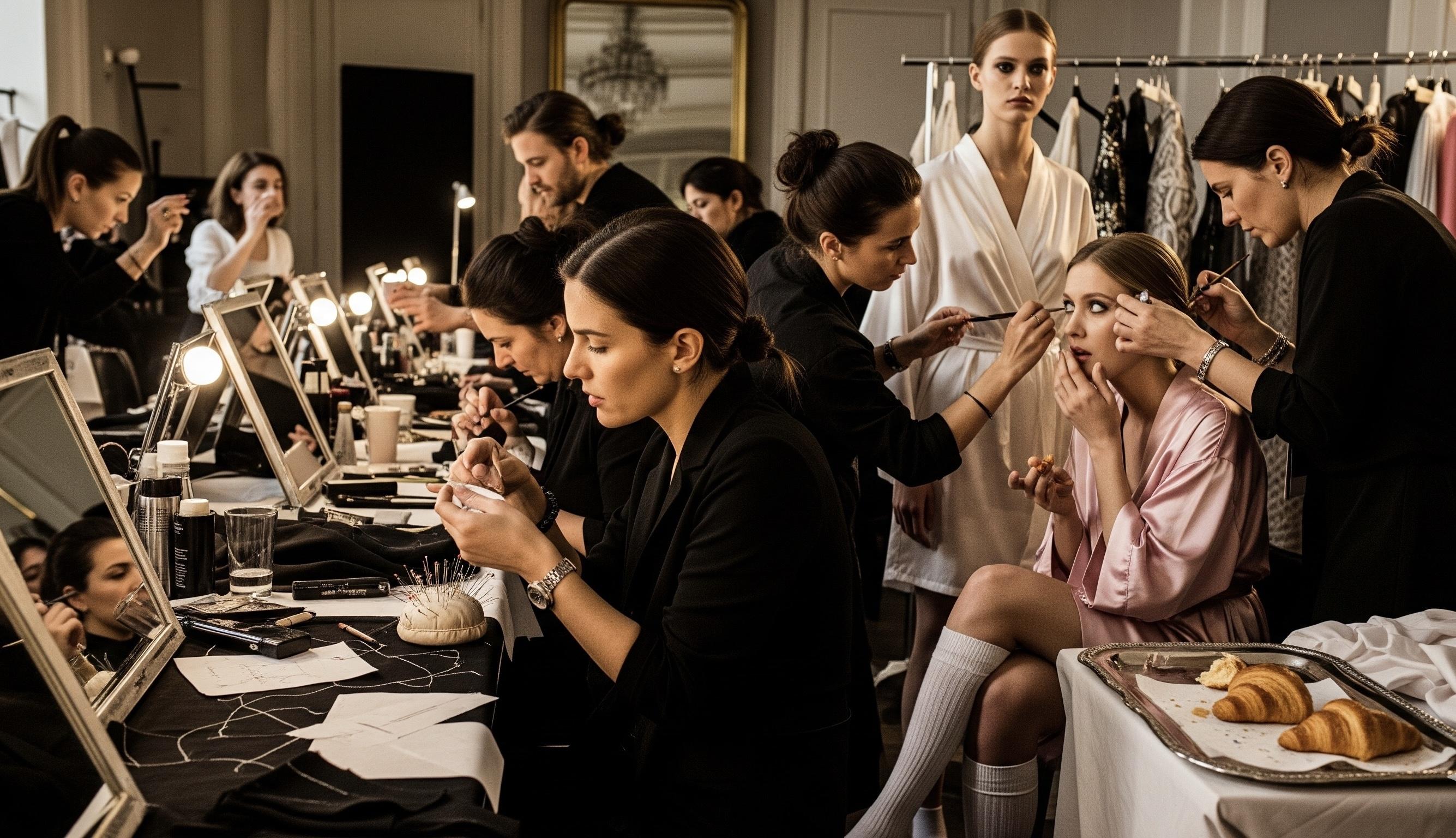
Episode 53.Do not sell; let the customer buy.”
Warsaw doesn't try to please at first glance—it keeps its figures in the shadows until you come closer. The courtyard wells breathe brick and dampness, the doors are heavy, brass, with old nameplates on the entrances with letters like on chess notation. The tram on Nowy Świat rings unhurriedly, the Vistula smells of metal and cold, the signs don't scream—they whisper in the neon Cyrillic of the past: "club," "bar," "pharmacy," like the black squares on which the game began. I climb into a pre-war building: the staircase is made of dark wood, the railings are polished by everyone who lived here before and after; the light bulb on the ceiling is a yellow disc under which dust flies in diagonals, like bishops on an open board. Inside the apartment, it's dim; two desk lamps with green shades create local islands of light; the window is open to the courtyards, and the wind moves the tulle just as hands move figures—logically, one by one. The man at the table is playing chess with his own shadow: a double moves on the wall, long and nervous, he either extends his arm or pulls it back, and it seems as if they are arguing about strategy in silence. He turns to me, offers the white pieces. I smile and shake my head: "I don't play. I watch." Observation is my superpower (and my way of not cornering myself into someone else's logic). I place on the windowsill the things that are always with me: Jean-Noël's book, a worn leather Chanel lipstick case in which my old, short pencil lives, and a thin, unlined notebook. I sit to the side to see not only the squares and the hands, but also the pauses between the moves—they are more important. Warsaw loves pauses: here on Mokotowska Street, the window displays are reserved, the clothes on the mannequins don't wave the tails of trends, but seem to await a conversation partner. In the evening, walking by, I always think that the city is like a well-arranged salon: you aren't offered, you are left alone with your own desire. "Do not sell—let the buyer buy on his own," I read aloud and open the book to a bookmark where a few of my gray lines already exist. I draw a new one—exactly under the phrase, neatly, like a fold on an invisible lining seam. The pencil lies softly, and the graphite gives that quiet confidence I adore: as if a thought has become a thing. I look at the board. The man moved his knight, the shadow repeated. On the table—stone and wood: smooth white pieces and a dark board with a barely visible grain pattern; a light tap when the rook touches the corner—the sound of quality, not ambition. I am silent, because in a good place, silence is a service. In a bad one, the service is given a microphone. In my head, I replay scenes where they tried to "sell" me something: speeches that were too fast in light that was too bright, too much "today-only-for-you," too little air. Those moments always smell of haste, and haste is the deodorant of fear. Warsaw today smells of beeswax and old wood. I brush a tiny speck of dust off the table with my finger and think about how in luxury, every unit of silence is a currency. You don't impose, you withstand. Like dough for good bread (yes, the irony: I don't eat it, but the principle of fermentation helps with aesthetics no less than in a bakery). To sell means to approach. To allow someone to buy means to step back half a step and hold a pause. I watch him reach for the bishop, as the breathing in the room changes, barely perceptibly. I like to record changes that are not sold with chests of words. In a gallery on Foksal Street, I recently saw an amber ring—the tag had no description or "inspiration," only the craftswoman's name and the year. I stood for ten minutes, then came back three days later and bought it without a word. Not because they explained why it "belonged with me," but because they left me alone to look. "Jean-Noël," I say in my mind, "you would appreciate Warsaw's restraint. Here, even grocers don't put out the entire assortment on the table, they leave room for imagination." The man makes another move; the shadow falls behind for a fraction of a second, and I suddenly catch myself worrying for the shadow. Absurd? No. In luxury, I almost always worry not about the thing, but about the space around it: will it have enough air, light, a pause? The real object is beautiful as a piece, but it wins the game with context. I take out my notebook and write in the corner: "The will of the buyer is an art form. It must be respected like personal time." It's funny, but this thesis is never included in a brief, though it holds half a store together. On Mokotowska Street, I once entered a small leather glove boutique. The saleswoman said hello and went to the back room, leaving me alone with rows of sizes and shades. For ten minutes, I simply felt the stitching and listened to how the leather responded to my fingers. After fifteen, I left my card and took two pairs—without a story, without "these would go perfectly with." And yesterday on Bracka Street at Vitkac, I saw the opposite: they swooped in on me, put everything on me, "everyone is getting these glasses today," "this case is a hit," "here's a chain too, it really makes the look." I took off the glasses, put down the chain, left, and bought my own—where they played a classic game with me, not blitz: a look, silence, a step. The man at the table smiles as if he heard my thoughts. "You really don't play?" "No. I watch. Observation is my way of making moves on time." And it's true: in chess, you don't lose because you were late with a piece, but because you were too quick with a thought. In stores, on the contrary, they think you need to rush with words. I get up and walk along the shelves: books about Warsaw, about cinema, architectural albums, black and white photographs—on one, Poniatowski Bridge in the fog, on another, an old jeweler's sign, the letters "W.KR..." cut off by the frame; the frame is slightly scratched, which only makes it more honest. On the chest of drawers—a glass vase with dry cornflowers, next to it—a clock with a porcelain face on which the hands move confidently, as if no one ever rushed them to be more fashionable. I return to the windowsill, look at the book again. Under the phrase I underlined, I put a tiny dot—my mark for "checked in practice." The practice is what happens in a couple of hours. We go outside; the Warsaw night is slightly damp, the cobblestone holds a step like a corset holds a shape. I need to walk—that's how I put my thoughts in order. On the corner of Swiętokrzyska Street, a small antique shop is open: a man in a vest watches soccer without sound, on a shelf nearby are chess clocks with chipped black lacquer, the hands frozen at 3:12. I go in, take them in my hands, feel the weight, hear the spring inside trembling slightly. No one rushes to explain their "vintage" or "rarity," no one says, "let me tell you a story." The man nods, as if to say: choose for yourself. The price tag has a number and silence. I leave my card and take the clocks. Not because I "have to," but because no one was selling them to me. The freedom of decision is my favorite luxury material. I return to the apartment; the chess game ended in a draw—and that is perfect: a draw, like a pause, is a refusal of unnecessary drama. We drink tea from thin glass; the light from the green shades flows over the rims of the cups, the table rustles slightly under my palm. I don't mention the clocks, don't explain "why I took them." I just place them on the windowsill next to the book, and the hands immediately begin to live at my pace. "You did make a move after all," the man says. "Yes. But not on the board." I write another short line in my notebook: "Luxury is respect for the moment of choice. It doesn't need guides, it needs light." Warsaw outside the window agrees: I hear the tram ring exactly once—enough to signify its presence, and not enough to disrupt the note. The houses, restrained and strict, hold their facades straight, like pieces that know the value of the center. I close the book, put the pencil back in the case—softly, without a click, like closing a box with something already decided. I put the small receipt from the antique shop into my coat pocket—the thin paper rustles as if to confirm: the purchase happened on a frequency where words are more of a hindrance than a help. "Jean-Noël," I mentally smile, "today Warsaw played for your quote better than any salesman. No one was selling. I bought it myself." At the doorstep, I look back at the table: the neatly arranged pieces await the next evening, the shadows will become opponents again, the green shades will light up like position signals. I go out onto the staircase, and the house breathes with that very old wood that knows how to wait. Outside, the air reflects the light of the streetlights, the asphalt is cold but not hostile, and I walk, counting the cobblestone squares to the intersection, just as I used to count the steps to my bedroom as a child. In my bag—the clocks, the book, the pencil; in my head—a clear thesis: the best things are always quietly powerful. They are not sold, they wait for the person who is ready to see in them not a commodity, but a move. And as I walk confidently toward the hotel, for the first time all day, I don't want to summarize, but to leave the conclusions unwritten. Let the decision, like the game with the shadow, remain in the memory of the room—without commentary. In luxury, comments are often cheaper than silence. And silence is the only language in which a choice can be heard completely.
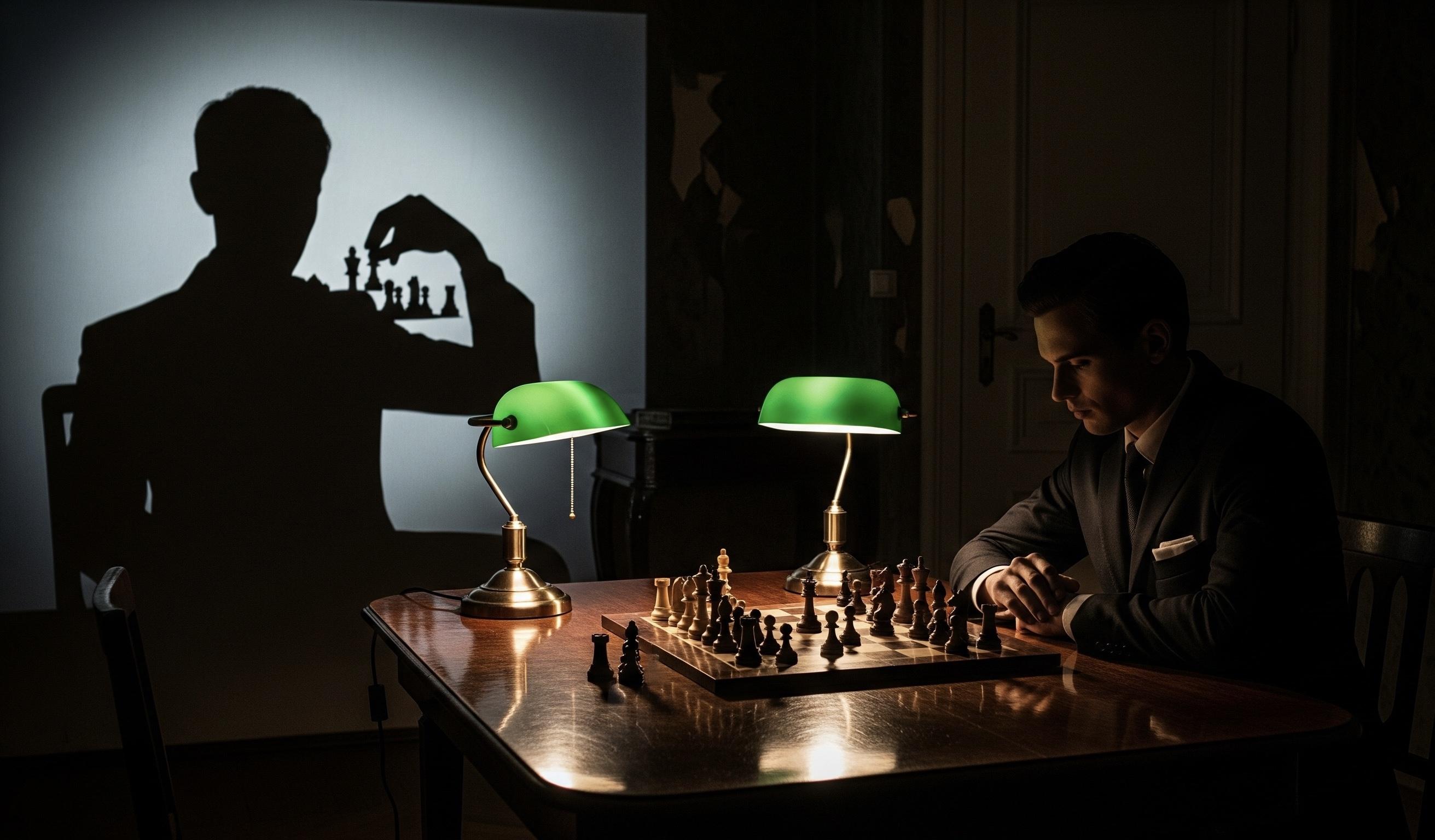
Episode 54. Luxury must always earn its right to exist.
I sit in the observers' row. My coat is dark blue, with a perfect fit, the shoulder holds its shape like an aristocrat who doesn't try to please. The silk blouse is matte, the neck is covered, jewelry is minimal: a thin ring and a small watch with a leather strap; yes, I can afford any complex mechanism, but today I need silence, not a demonstration. (Sometimes a watch is not about time. It's about not being distracted from time.) Below, at the lawyers' level, papers rustle, languages change—English, French, sometimes I hear Spanish, and suddenly—Arabic speech, in which the consonants sound as if the air is learning to be denser and becomes stuffy because of it. A map flashes on the screen, showing borders, dots light up—geography as an argument. I am silent. Sometimes silence is not emptiness, but a place where questions are stored. My question today is simple and impolite: where does style end and responsibility begin? In a hall where every word is numbered and miked, where meaning is measured in pages, appendices, and paragraphs, my usual "beautiful/smart" sounds too easy, almost worldly. Since when was it enough for me to know "what suits me"? Why suddenly did it become more important—"what suits the world"? A break is announced dryly and almost affectionately: in this brevity, there is an immunization against emotions. I open my bag (dense leather, soft matte sheen without logomania), find the worn leather Chanel lipstick case where my pencil lives—it is warm, like a palm, familiar, like the word "yes" at the right moment. Next to it—a book, of course: The Luxury Strategy. I open it to the bookmark, find the phrase—the one about "licence to operate"—and draw a thin line with graphite under the sentence. My hand moves slowly (I love slow movements—they don't allow a lie to slip between syllables), and a note appears in the margin: "The license is not with the brand. It's with me. And I issue it not with money, but with attention." I return the pencil to the case, leave the book open—let it rest on my knees like a calm dog—and raise my eyes to the hall again. The lawyer for the plaintiff country presents the material so precisely, as if sewing a dart: not a centimeter more, not less. On the judges' faces—that global poker face, and yet I catch it: at the word "responsibility," one eyebrow twitches by half a tone. The translators in the booths move their lips barely perceptibly—the music of labor. The rows around me are filled with people impossible to classify by style: strict suits, calm dresses, scarves without theatricality. I catch the gaze of a woman with a short haircut and thin glasses frames; she nods barely noticeably. We don't know each other, but we know the main thing about each other: we didn't come here to be right, but to learn to distinguish between "right" and "we." I am often asked (often means consistently, consistently means on point): how to combine the pleasure of things with this very responsibility? I would like to have a single formula, preferably a witty one, with a light trail of quotability. But formulas lie when it comes to complexity. I am learning to take into account what previously didn't make it to the fitting rooms: the origin of materials, the routes, the hands that held the needle; the water that the leather drank for tanning; the people who sewed the lining, and not just beautifully stitched the label. I am learning to choose repair over replacement (and yes, this doesn't cancel purchases—it just makes them more honest). I am learning to wear the same coat for several seasons and not to justify it, because the coat's status is measured by what it does to my posture, not by the newness of the season. I am learning to say "no" to things that are only smart in a press release. The voice at the microphone changes, the word "jurisprudence" sounds, and the hall becomes even quieter—it's this quiet only in a perfume laboratory, before mixing two components that will either elevate the scent or kill it. I look at the robes, at the white ties, at the strict geometry of the table, and suddenly I think: how often do we, the clients of the beautiful world, hide behind "it's just my taste," although inside it feels like "it's my little power"? (I don't like this word—power, but I like it even less when it's disguised as "inspiration.") What if the licence to operate is not a piece of paper or a charity report, not a "we planted a tree" campaign or an eco-friendly shopper with a slogan, but the cumulative precision of decisions: to pay the master, not to bargain with the craft, to ask where the pearls came from, where the goats were grazed, what kind of cotton and whose silk. To my left, a man in a gray suit takes out a laptop; on the screen—a spreadsheet, I see the words "cost" and "impact." He closes the laptop, as if he understood that today, it's not arithmetic that matters, but grammar. During the break, I go out into the corridor: the marble glows like dawn, the glass doors reflect the slightly emphasized line under my quote, and I feel calmer. In the cafeteria—tea, coffee, water; I take water (nothing that could be called "a seasonal flavor"—today I need zero effects). A woman with an Amsterdam-like accent asks: "Do you always attend sessions?"—"No, but when it's about justice, I want to see what it looks like from the inside." We smile. Sometimes two smiles are also an international treaty, even if not ratified. I return to the hall. The discussion is about borders—always about borders. Things know their borders—a good seam doesn't ask for applause, it holds its shape without words. People are more complicated. Where is the border between my "want" and "need"? When I order a jacket on Rue Cambon and ask to have the date embroidered on the inner pocket, I am also drawing a border: between what is just beautiful and what promises me a different version of myself. Can I write the date on the lining and at the same time remember that my "armor" does not provide immunity from questions? Yes. Otherwise, a dangerous side effect arises: we begin to believe that the merit of the robe is the merit of the person. But in this hall, robes are just a form of concentration. I can't shake the feeling that today, beauty is taking an exam. Not the brands—us, the buyers. Not the facades and shows, but our daily "yes/no." A license for a beautiful life is not the right not to think, but the duty to think more precisely. A strict line appears in my notepad (I love it when a rule fits on a single line): "If a thing eases your conscience, it is most likely cheapening your taste. Let it ease the body, movement, time—but not the conscience." The next line is softer—like a compromise with myself: "Don't turn responsibility into a pose. A pose is also consumption." Outside, the Hague wind stirs again—the city's invisible director. I see its work in the hall too: the curtains barely tremble, the lamps shine differently than an hour ago, someone coughs, someone writes, someone closes their eyes and listens to the free world exhale. I think about my purchases—past and future. What will it be like now? Perhaps still as beautiful—but less random. Perhaps the same brands—but different questions for them. Perhaps my "capsule wardrobe" is not a set of slides for a presentation, but a list of the names of those who held the needle, wove the basket, polished the clasp. (Yes, names. When a thing has the master's name, its voice changes.) The judge raps the gavel—the sound is short, like a well-placed period. The session is over for the day. People get up, disperse into the corridors, trams, bicycles, and wind turn back on. I put the book in my bag, feel the warm leather case under my fingers, and this small tactile "yes" is no less important than all the words that were spoken today. At the exit, the guard nods—politely, without a smile, and this "without a smile" is not offensive here at all: everyone just has their own job. Outside, the light is already more silver than golden. The water in the canal holds the reflection of the tower—not as a mirror, but as a memory. I walk toward the tram, passing by shops with neat ceramics, miniature paintings, and umbrellas that look like legal arguments against the rain. I stop at a storefront with fountain pens; my favorite weakness—writing instruments that know how to hold silence. Inside—a modest, almost old-fashioned pen with a black barrel and a gold nib. I want to buy it not because it is expensive, but because it is honest: it writes smoothly, doesn't shout with its design, and asks for only one thing—a steady hand. I go in, choose it, ask for it to be put in a simple leather sleeve (not red, not with embossing), and pay. The purchase after the Peace Palace feels not like a whim, but a promise: to write with this pen only what is not shameful. As I return to the stop, I think about our eternal dilemma: to be beautiful and to be right. Today the hall suggested a simple thing: these two verbs don't compete if you're not lazy to think. Beauty is not an alibi. And responsibility is not a sentence. I get on the tram, sit by the window, and watch the city flow in the glass—red brick, white stone, green metal of the lanterns. My bag is on my knees, in the bag—the book, in the book—the underlined phrase. And I formulate a short rule for myself that seems to withstand any seasons and trends: style is how I say "yes"; responsibility is how I say "no." Everything else is variations of light.
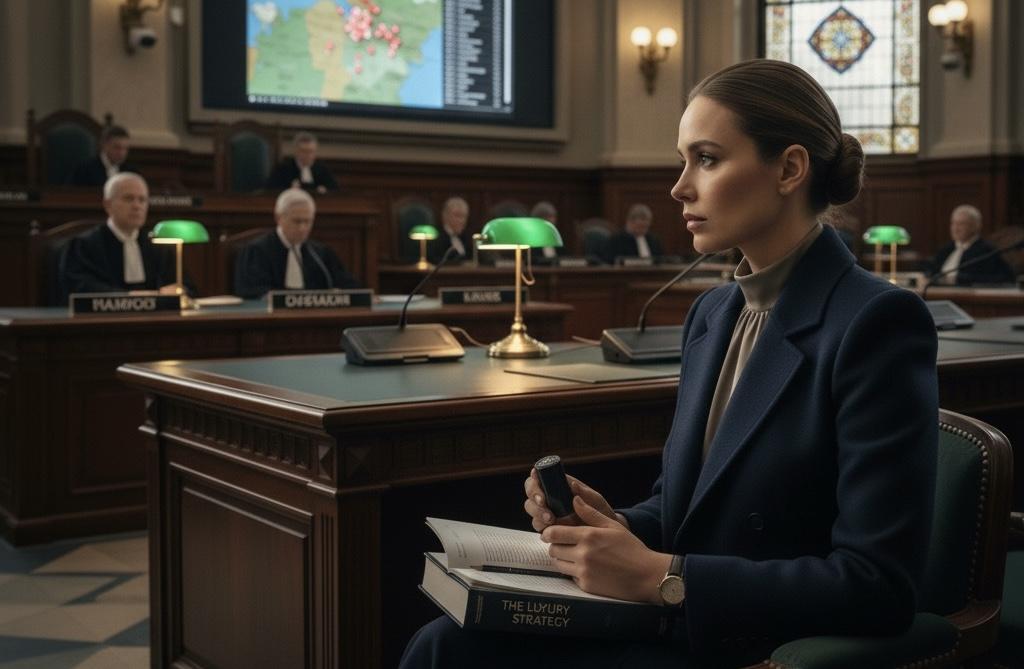

Episode 55. Luxury retail is a theater of time: clients don't buy things, they buy hours of attention and layers of memory.
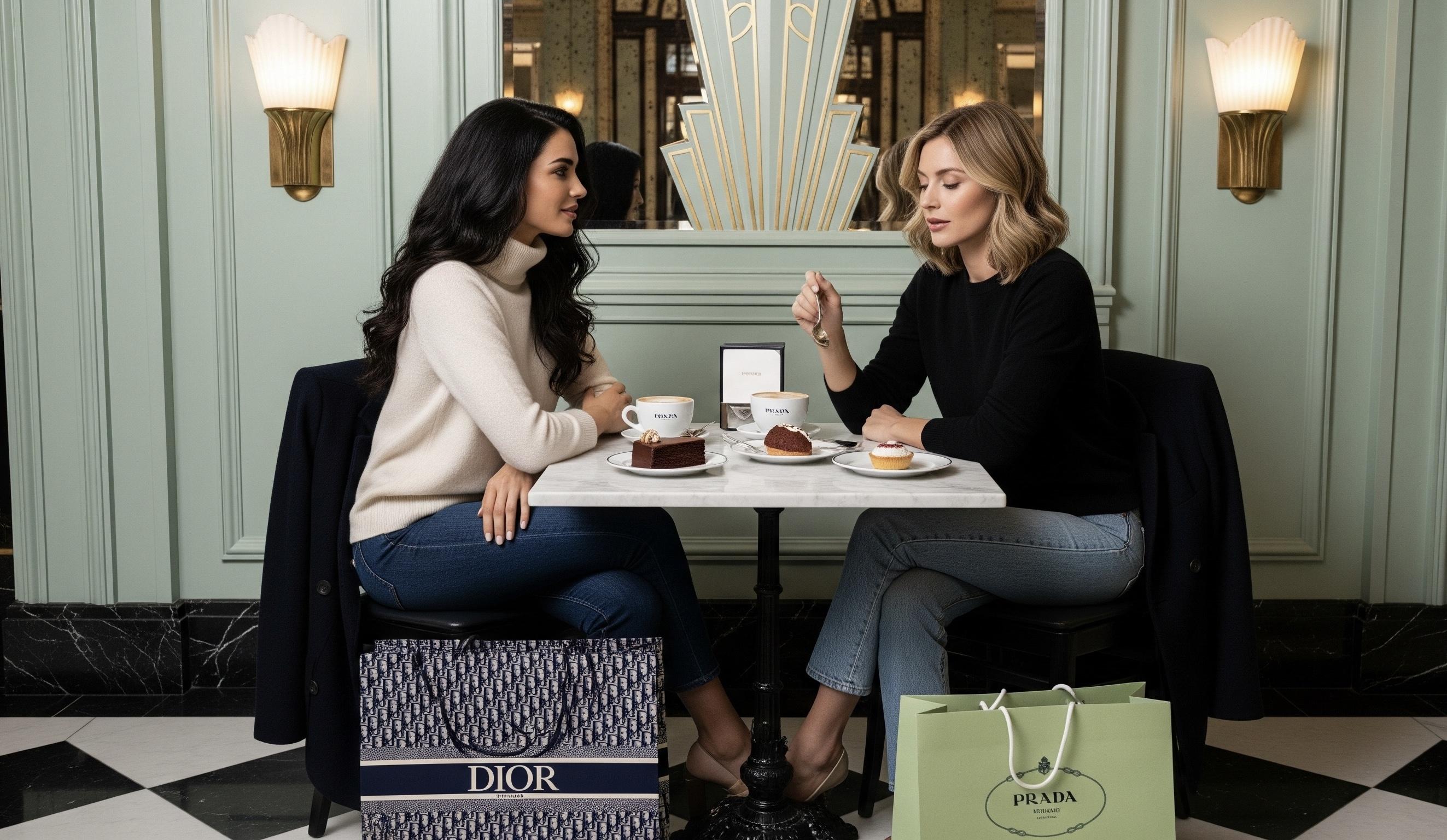
Episode 56. To enjoy luxury you have to devote time to it, and conversely, luxury is an opportunity to enjoy some free time.”
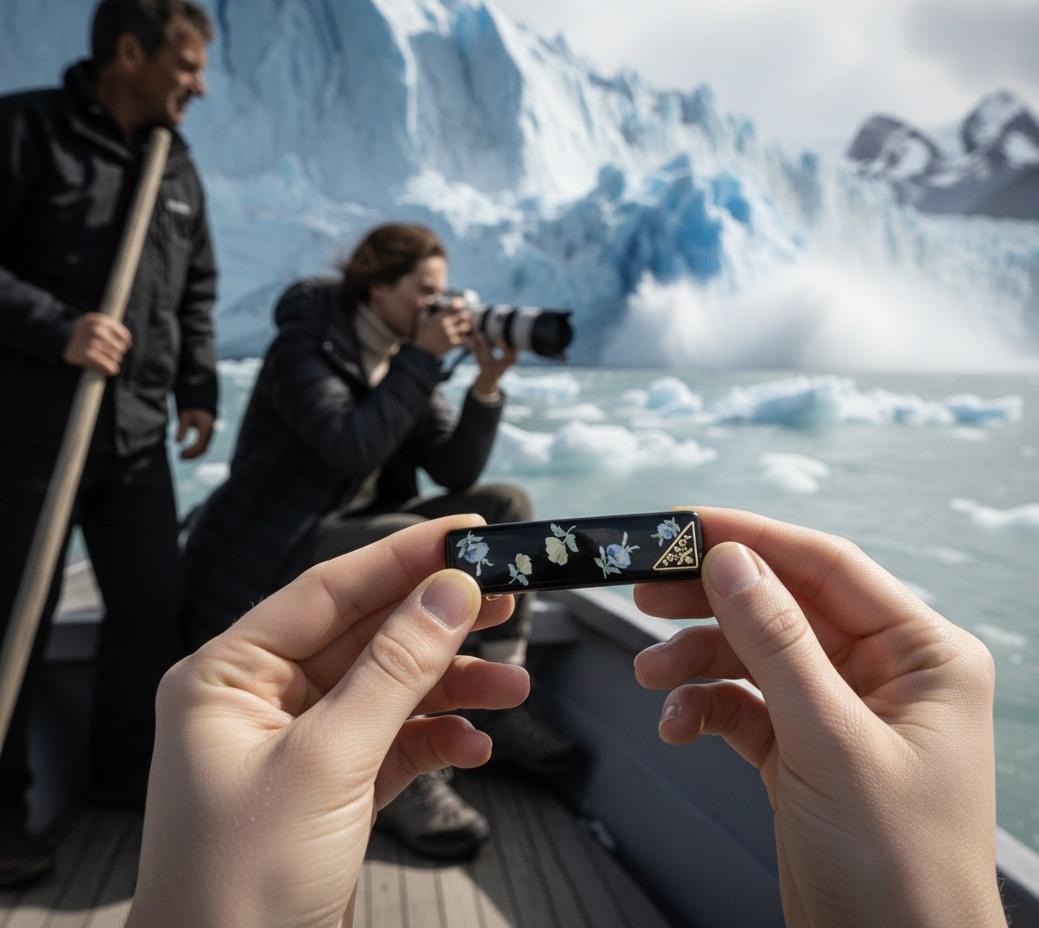
And she wears it—like a memory.
And she wears it—like a memory. And now—here is how it felt from the inside.
I turn off Boulevard Saint-Germain into a narrow alley, where signs give way to voices. The frosted-glass door yields to my hand as easily as a secret that has long wanted to be told. Inside, it smells of polished wood, old paper, and warm iron; a needle from a vinyl record traces a familiar Gainsbourg melody—not loud, but just enough to make the air feel like velvet. Here, time hangs on coat hangers. Dark-green metal racks hold a line of men's shirts—ivory, milky coffee, a faint blue melange; on another wall, jackets with soft lapels, as if they've stepped out of a 1940s photograph. The light is focused: lamps on long rods cast circles on the parquet floor, and in each circle, an item speaks with its own voice. The owner—a woman with a silver hair clip and dark plum lipstick—nods at me: “Bienvenue.” And she melts away somewhere into the back, leaving me alone with the hangers (the best service is trust). I touch the silk: it responds with coolness and a light whisper. I choose a shirt the color of creamy iris, with a barely noticeable pearlescent sheen; the buttons are mother-of-pearl, but without affectation, the collar is soft, like a person who knows how to listen. On the cuff, a tiny embroidered initial: two letters that mean nothing to me but sound like an old letter found between the pages of a novel. The fitting room is a narrow alcove with a large mirror and a stool covered in faded velvet. A thin wooden hanger hangs on the hook; next to it, a small cup with pins, like a dish of candy for a seamstress. I take off my sweater, stay in my white tank top, and let the silk drape over my shoulders. The shirt falls perfectly—a horizontal line along the collarbones, a vertical line down the spine. The fabric is cool but warms up before my eyes; the seam at the collar is in no hurry, the cuff embraces the wrist without asking too many questions. I look in the mirror and suddenly understand: this item works not for “beautiful” but for “precise.” It doesn't turn me into someone else—it just subtracts the unnecessary. My fingers automatically find the top button (I don't fasten it; let there be air at the throat). The tails of the shirt gently cover my belt, my shoulders relax. And a phrase appears in my head: I put on a shirt of a man I never knew. And I wear it—like a memory. I take off one cuff to see the inside. The stitch is without arrogance, the thread is even, the button is sewn on in a cross; the buttonholes are cut precisely. I always trust things that are honest on the inside. I take my constant set out of my bag: a book by Kapferer, a worn leather Chanel lipstick case with a short pencil. I lean the book against the wall, open it to the bookmark. I draw a thin graphite line under my thought-note: “True luxury is when an object knows how to prolong your memory, not replace it.” Not a quote—a calibration. The case clicks and returns to my bag. In the room, the parquet floor creaks: someone is trying on a coat, and the floor responds like an old friend. Gainsbourg changes the record, the bass gets softer. I come out of the fitting room, throw open the sleeves to the light—the silk catches the lamp and doesn't glare, it breathes. The owner looks at the fit without a word and gestures to a thin belt of old leather—warm cognac, a simple buckle. I try it on over the shirt—and I understand that the shirt isn't offended: the belt only gathers the thought, it doesn't command. “A story?” I ask, nodding at the initials. “A Parisian atelier. The fifties. A shirt of the kind that was made for good breakfasts and long goodbyes,” she smiles. “The name wore off on the label, the seam remained.”That's enough for me. A thing you trust always has a seam left. I walk to the mirror by the window—the light there is more honest; Paris reflects with me: a cyclist slows down by the window, two students share a cigarette, an elderly gentleman carries an unpackaged bouquet. I do one lap around the room to hear the fabric in motion. The silk rustles barely—like a page on which a secret footnote has been hidden. The owner brings a small box with antique cufflinks—thin ovals, warm metal, inside—frosted glass the color of wet smoke. I hold them up to the cuff: beautiful, but unnecessary. This shirt only asks for me. (It rarely happens like this: a thing with a character that doesn't argue.) On the counter is an old cash register with brass keys, next to it—a bunch of lavender in a short vase and business cards with the address, printed on cotton paper. I place the shirt on a thin sheet of tissue paper. The owner wraps it without theatrics: two movements, a turn, a dark ribbon over it. On the edge of the bag, a small wax seal with the letter “R” (it could be without, but the heart loves periods). As I leave, I notice a basket of “orphaned” buttons by the door—each one different: mother-of-pearl, horn, old plastic with a hair of time. I pick one out—milky gray, thin, with a microscopic scratch. I pay for the shirt and the button; the owner nods: “Let it be a bookmark for you.” Exactly. Outside, Paris holds its cool November: the air is transparent like a wine glass, the light settles on the facades evenly, without favorites. I walk towards “Café de Flore,” not because it's a tourist postcard, but because they know how to pour silence into a cup. I take a table by the window, place the bag next to me, pull out the book, and open my notebook. I write: “Memory is a fabric without a print. It's sewn under the skin.” The coffee arrives with a perfect foam. At the next table, a couple argues about a movie, a waiter adjusts his tie like a conductor adjusts the tempo, at the entrance a dog of the “no nerves” breed settles on the mat. I don't immediately put on the shirt over my tank top—in a cafe, it seems like a too intimate gesture. But after all, this is Paris, and I am—me. I unwrap the package, take out the silk, put it on, fasten one button, leave the other open. In the mirror opposite, a short nod to myself: the fit holds. I think about the men I have known, and those I haven't. Each had their own fabric: some had denim, some had tweed, some had nothing but a voice. This shirt is from the family of voices. It doesn't demand stories; it writes them on me. I take a sip, feel the warmth from the cup reach my collarbones through the silk—slowly, like a letter that travels by ground mail. My phone offers me things to do, I put it away—let them wait. Today I have a different schedule: boutique—cafe—embankment. I pay, fold the receipt into my notebook (the thin paper rustles like yes-yes-yes), close the book, place that same gray button on top—a portable bookmark for a memory. The embankment greets me with the calm water of the Seine and people who walk not in sync with the pedestrian lights, but in sync with their own thoughts. The bridge whispers with the wind, the barges lazily pull their ropes. I stop at the stone parapet, take out the pencil, and put a small diagonal dot in the book—my sign for “it matched.” Next to it, I add: “Not all things are about the owner. Some are about the witness.”
In the evening, the shirt will end up in my suitcase. It will travel home on the top shelf, like a first-class passenger. I won't take it to the dry cleaner after the first wear (let the whisper of Paris linger on the sleeves for one more day). At home, I will sew that same milky-gray button to the inside—as a personal signature, invisible to anyone. And in the closet, it will have a separate place: between a white men's jacket and a dark blue cardigan, so that in the mornings, memory can choose its neighbors. And now I just walk along the Rive Gauche—in silk that remembers not about me, but with me. The windows of toy shops reflect little trams, bookstore windows display spines like medals, a bakery releases the warmth of baguettes into the evening, and Gainsbourg now sounds from someone's apartment on the second floor—muffled, like something personal. The final phrase—like a thin cufflink on the wrist: I'm not wearing a shirt, I'm wearing a memory that is in sync with me. The rest is just clothing.

Luxury is a Lover
Letters to Kapferer
Elaya vs. the Strategy
The Branding Diaries
